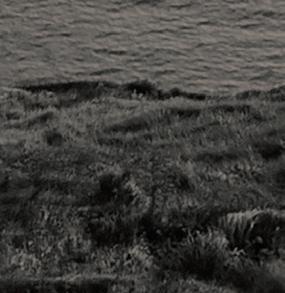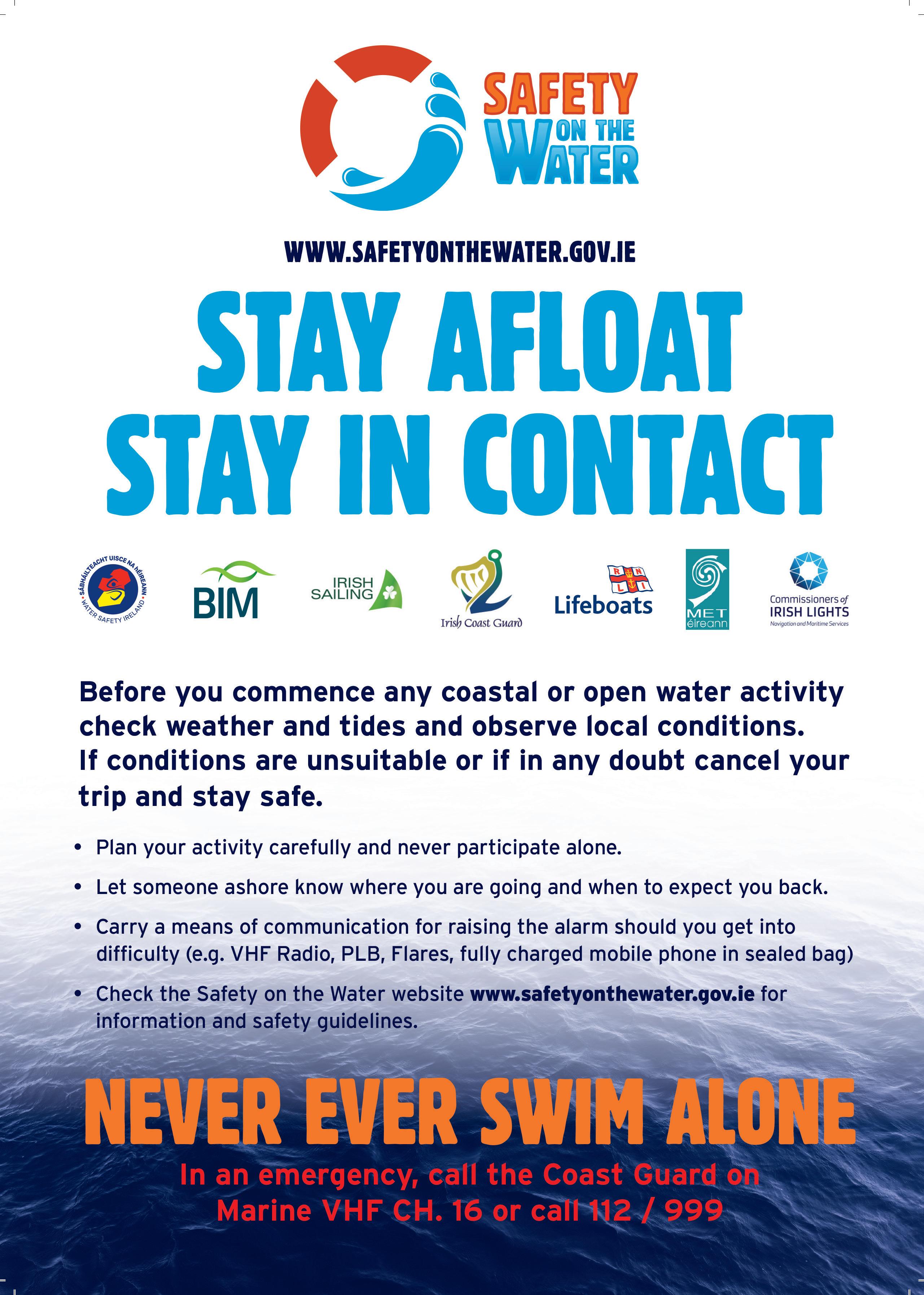






































DUBLIN FIRE BRIGADE PROTECTING THE CITY AND COUNTY SINCE 1862






















































Dear readers,
Welcome to the latest issue of Firecall.
As we enter the warmer months, I expect there will be much activity from the many clubs and societies within the DFBSSC, but there have been some major events since the turn of the year already.
To start, a big welcome to Class 2/2023, who passed out recently, and to the recent ESC graduates who have entered the ERCC. Congratulations must also go to the recently retired members who were honoured on a memorable night at the start of March, which is also detailed in this issue, with thanks to Paul McCann for the piece.
The main feature of this issue is the section on the 125 Years of DFB’s Ambulance Service, which now has an exhibition on display at the Training Centre. BTO Brendan Carroll, FF/P Darren Donovan and A/S/O Stephen O’Reilly did great work in putting this display together, and I am grateful that they agreed to include the content of that display here. My thanks to them.
St Patrick’s Day was the other major event taking place recently, and as always we bring you some great pictures from the day, when once again DFB led the parade through the city centre in front of welcoming crowds.
As all DFB members will know, life working on the ambulance can be challenging and rewarding in equal measure, and I am hugely grateful to Australian Intensive Care Paramedic Tim Booth for taking the time to talk to me from across the world about his book that takes a light-hearted look at the sometimes funny, sometimes infuriating cases he has been called to. It is recommended reading.
More and more sporting clubs are being formed within DFB, and it is great to see that the new Hurling Club is up and running. The best of luck to them in creating a successful team, and many thanks to Lorcan Potts for the rundown of their first few months as a team.
The ERCC has not received the coverage it should in this magazine, so it was great to visit C Watch to get a taste of how they go about what is a very challenging job within DFB. My thanks to S/O Paul McCann for showing me around.
Thanks must also go to retired member Brian Doyle for a very interesting profile of his time working with DFB and the CISM Team, as well as his current role working with the RCSI’s SIM Centre and Family Carers Ireland. More recommend reading.
We also have welcome contributions from John McNally for the Pipe Band and the recent Public Access Defibrillator project, as well as DFBRMA Secretary Tony McCann’s journal. I truly appreciate your ongoing contributions.
Fittingly in an issue showcasing the 125 Years of the DFB Ambulance service, we have some great content from days gone by to read, including Darren Donovan’s archives piece, Las Fallon’s feature, and a look back in time from Tom Geraghty. My thanks to them for continuing to contribute to this magazine, and to Trevor Hunt for all of the great photos.
I hope you enjoy the read, Adam

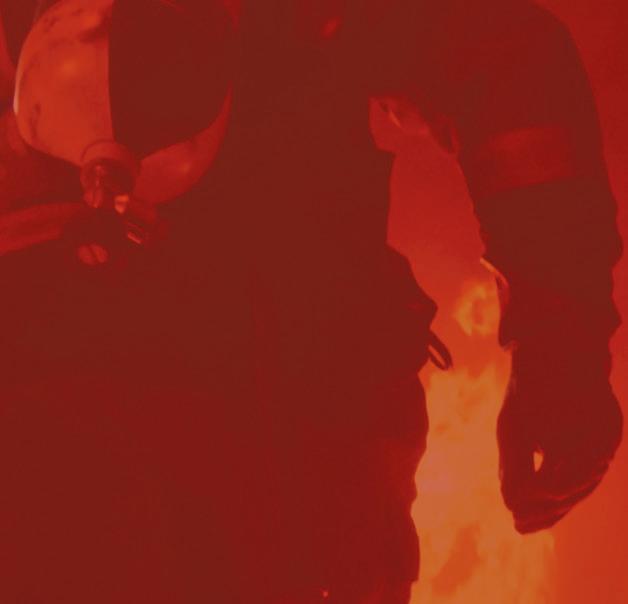
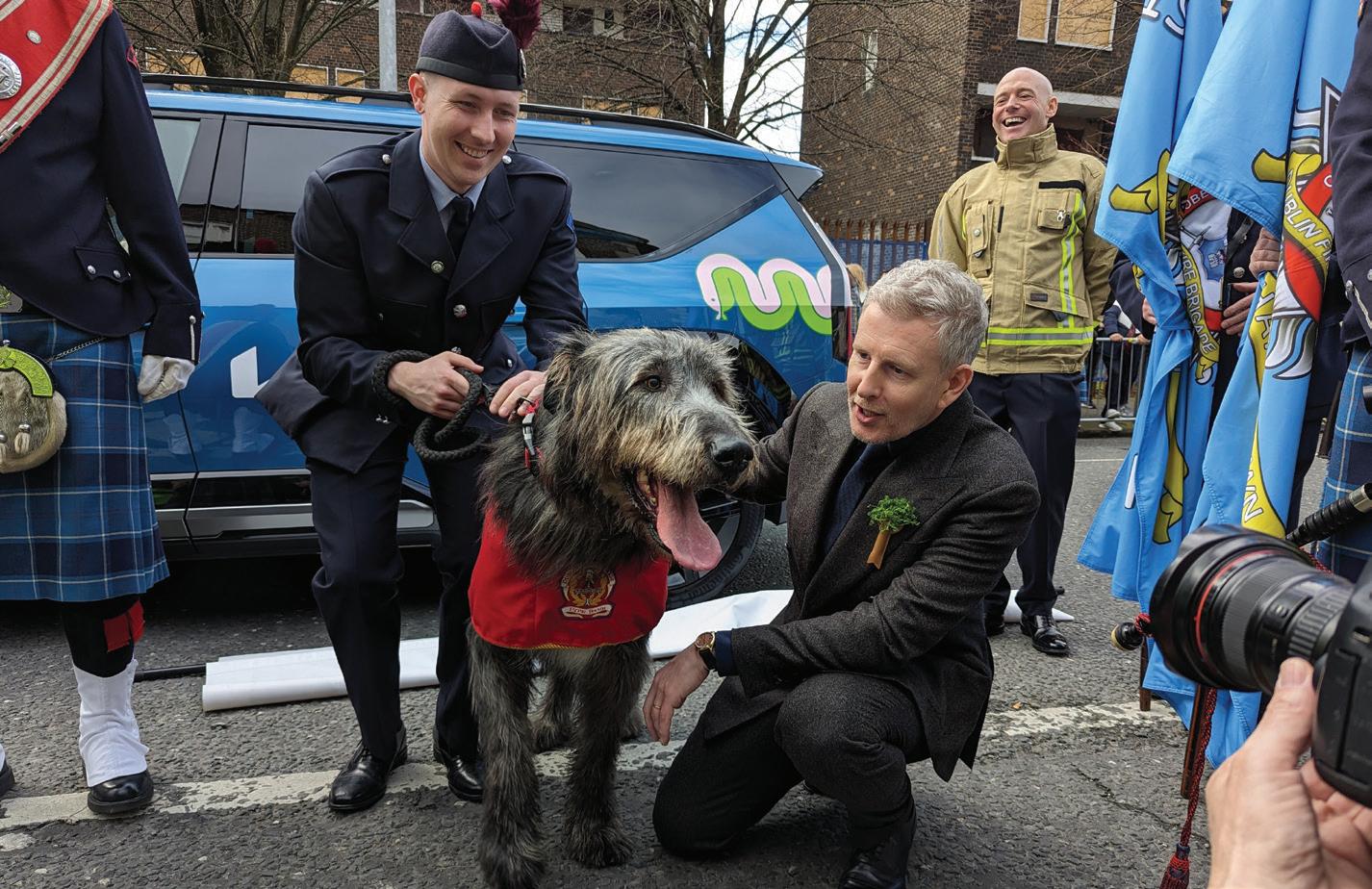





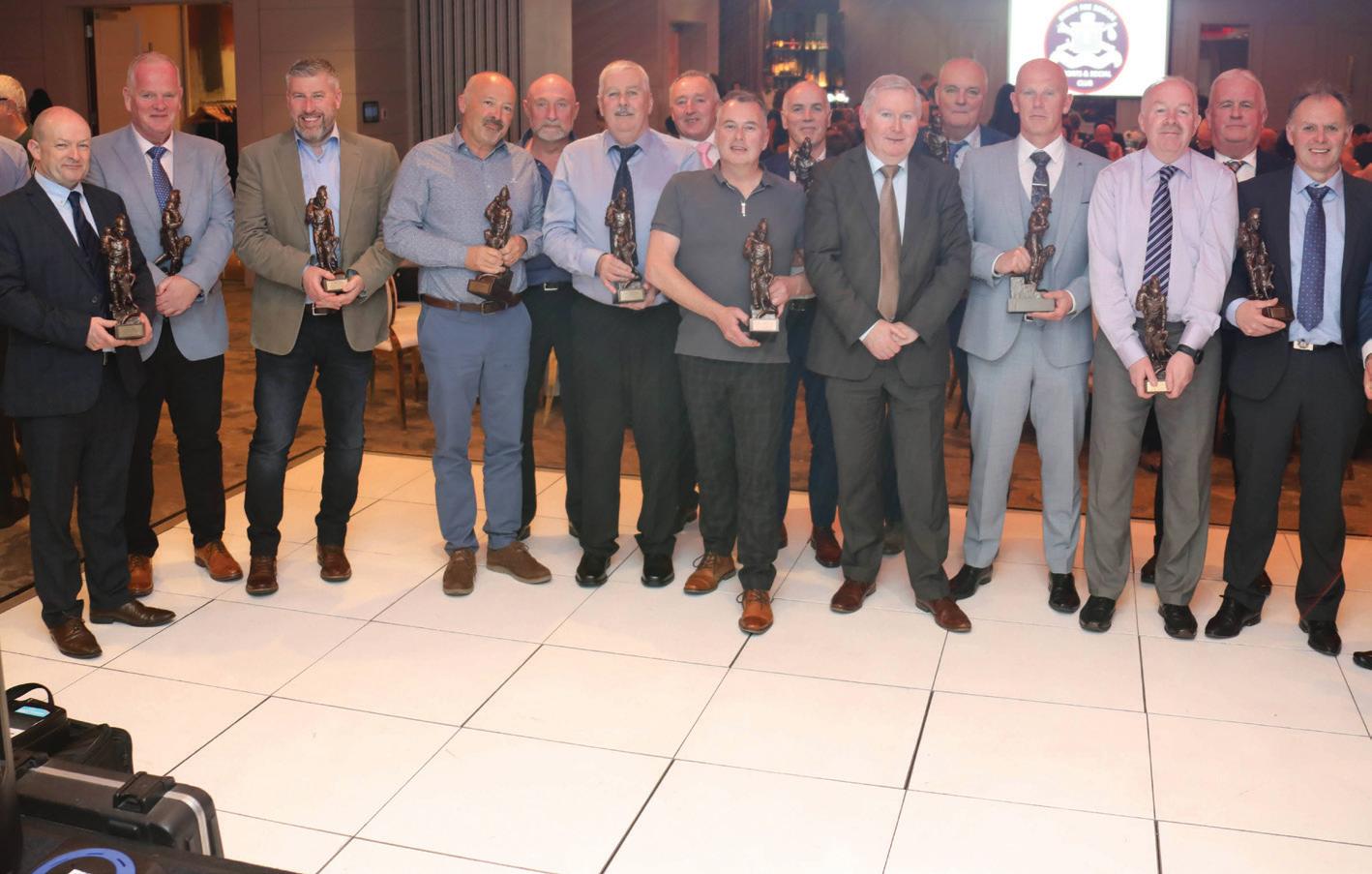



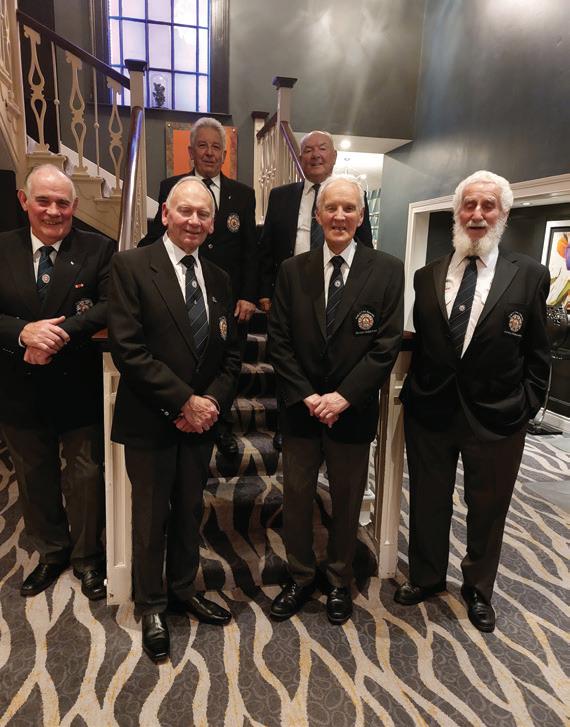



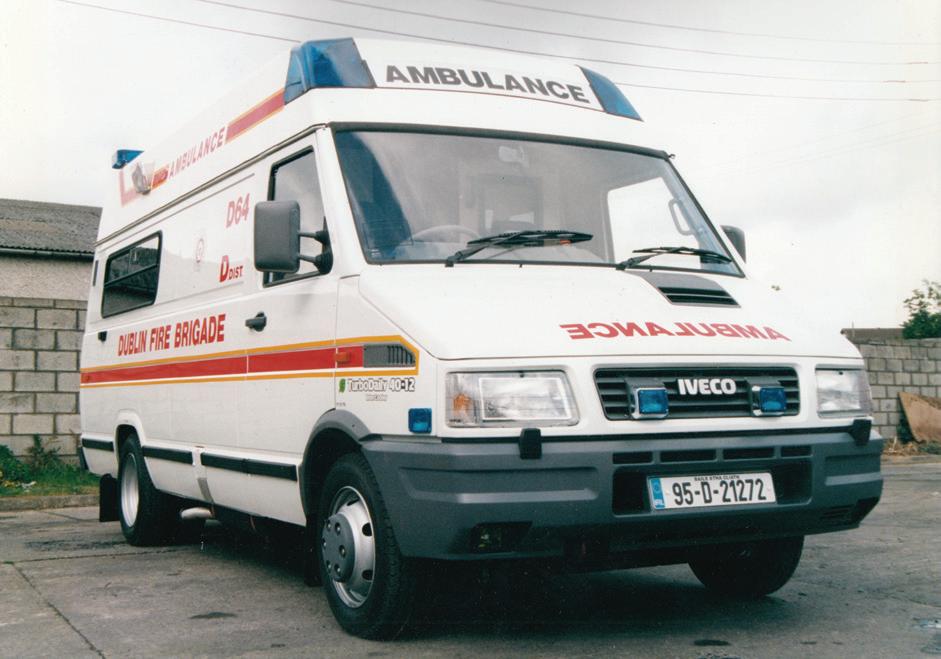


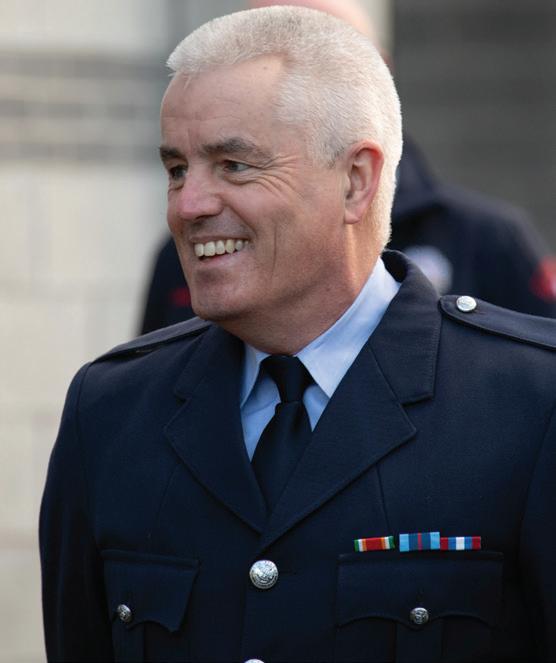
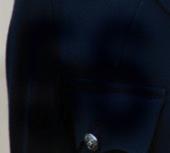

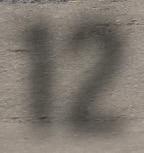
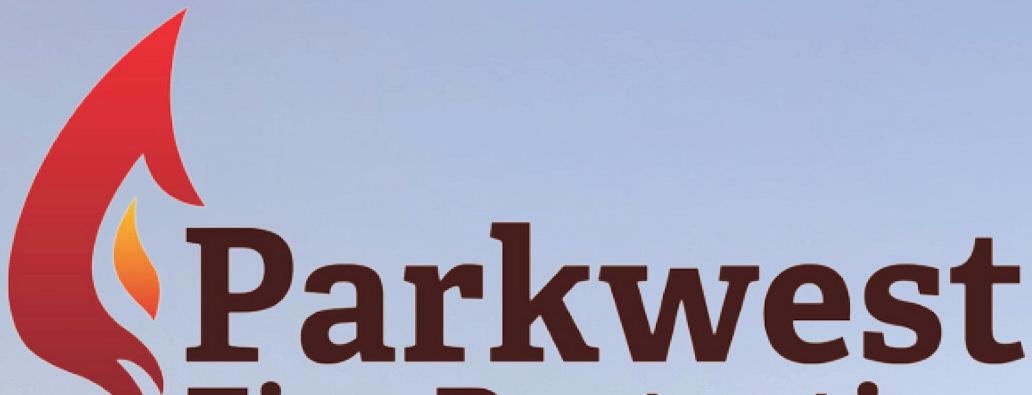









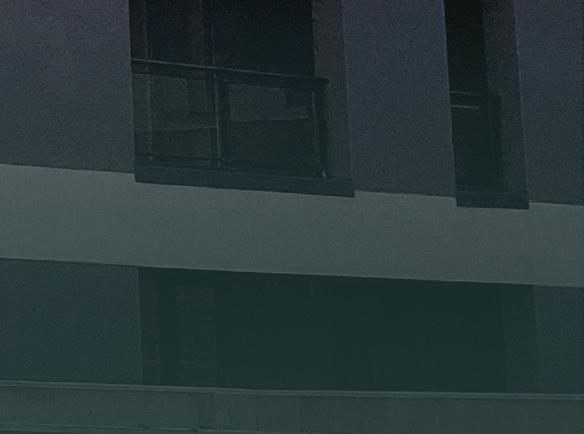








Fire Protection is one of the leading Passive Fire Protection Installation companies in Ireland. All our installers are highly trained in Fire Protection and carry out all installations to the highest standards, in line with Manufacturers Specification. We are proud members of ASFPI and IFC Third Party Certification.

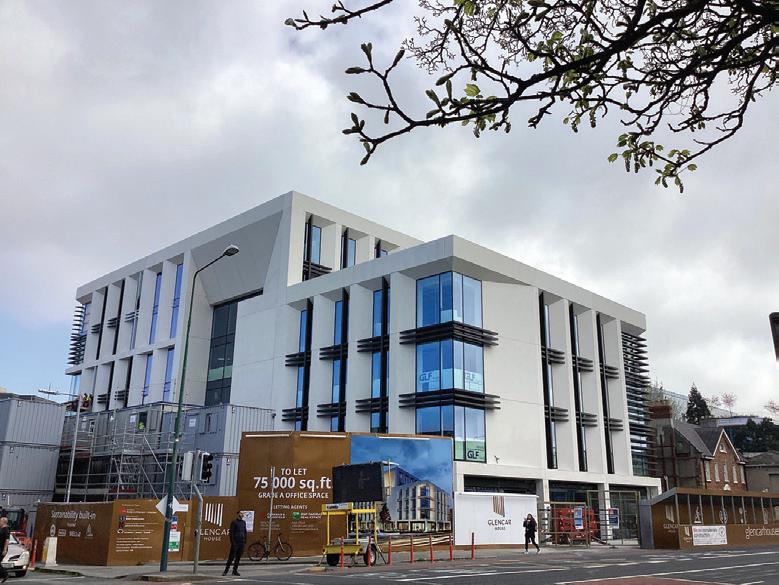

Welcome readers to our spring 2024 issue of Firecall. With our membership growing, the DFBSSC Committee continues to work tirelessly behind the scenes to support our various clubs and societies, and we look forward to supporting as many of you as possible.
There have been some landmark events this year. We once again took pride of place in the St Patrick’s Day parade, and I’d like to personally thank the organising committee for all their hard work, in particular Paul McCann and Eddie Du y.
We also saw the launch of a tremendous exhibition detailing the 125 Years of the DFB Ambulance service. Monumental work went into putting this display together, and huge thanks and appreciation must go to all involved, from the committee of BTO Brendan Caroll and FF/P Darren Donovan and A/S/O Stephen O’Reilly, to S/O Gavin Hoey who organised and directed the skills displays on the day, while credit must also go to historians Las Fallon and Tom Geraghty, without whose work and invaluable documenting of DFB history the exhibition would not have been possible.
The start of March saw a number of retired members of our club and their families honoured at what was a great night at the Castleknock Hotel. Once again, huge thanks must go to all involved in organising this event and for making it so memorable. So much work behind the scenes goes into these events, and I really appreciate everyone’s contribution.
The Public Access Defibrillator project that saw life-saving equipment permanently fitted outside each of our stations is the fruit of months of hard work inspired by an unexpected incident, and I think it perfectly encapsulates our commitment to keeping communities safe. Well done to all involved in making this happen.
It is great to see the DFB Hurling Team up and running, and securing their first win in their very first competitive match. Long may the success continue! We look forward to hopefully seeing the first Ladies GAA team up and running very soon. Anybody interested in setting up a sports team or social club, please don’t hesitate to get in touch with the Committee. We are also always open to ideas for new events, so get in touch with a Committee member with any queries.
The regular contributions from Las Fallon, John McNally, Tony McCann, Tom Geraghty and Darren Donovan make for great reads, and my thanks go to them for their input and time.
Thanks again to all who contributed, or who took the time to be interviewed, including retired FF/P and CISM team member Brian Doyle, who gives great insights into his role, and the crew of C Watch ERCC for taking time out from a very busy workload for the station profile.
Finally, I’d like to take this opportunity to congratulate the latest DFB members from Class 2/2023 and the recent ESC graduates. I wish you all the best in your new career with DFB.
Enjoy the read.
Ger Ryan


We are always trying to improve our methods of communications. Each station has a WhatsApp group that is administered by the station DFBSSC Rep. If you wish to be added to the group, contact your station Rep for details.
We are trying very hard to make sure that all DFBSSC members receive their copy of Firecall. Anybody who is not receiving theirs should email the editor Adam Hyland with their address: adam.hyland@ ashvillemediagroup.com





























WE TAKE A LOOK AT RECENT AND UPCOMING EVENTS FOR MEMBERS OF THE DUBLIN FIRE BRIGADE SPORTS AND SOCIAL CLUB (DFBSSC)
With the fastening pace of recruit Fire ghters and ESCs passing through the doors of the O’Brien Training Centre, we are seeing an ever-growing membership in the DFB Sports & Social Club. With that in mind, we are conscious to welcome all new ideas for clubs and activities. It is fantastic to see new clubs coming on stream over the past few months with the development of the DFB Hurling team and now the rst ever Ladies GAA team. e last few months have been busy for the club, with several keystone events taking place. A lot of organising for these events goes on behind the scene and credit must go to the club reps who get involved to make these events happen. Our monthly draws continue, and we continue to increase our social media giveaways, so keep an eye on the various channels of communication to be in with a chance to be a winner.
• DFBSSC Kids Christmas Party
• Retired members Function in Castleknock Hotel
• DFB Strong – Members competing in World’s Strongest Fire ghter in Ohio
• DFB Hurling Match against Navy in Cork
• CISM Family night on 14 January
• Recruit class charity car wash – provided food and drinks on the day
KIDS CHRISTMAS PARTY
Once again we returned to the Castleknock Hotel to have our annual Christmas party for all the family. e day was a massive success and huge thanks must go to our committee who were there from early morning setting up the rooms and decorating the halls. With a few added extras this year including a popular train ride outside the room, we hope to build on this for next year’s event. ere was food and treats aplenty to keep all kids, big and small happy on the day and everyone got to visit Santa Clause as well. anks also to the sta of the hotel who as always go above and beyond on the day.
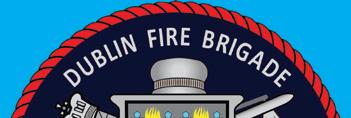

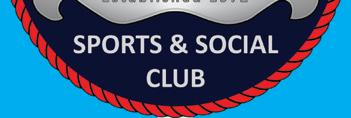
CINEMA DAY is bi-annual event, which was borne out of the cancellation of a Summer family day, keeps becoming more and more popular. It is envisaged continuing this event each year for the Easter School holidays and the October mid-term breaks in the Savoy cinema.
e Deceased Members Mass took place in St Saviour’s Church on 19 November. We had a good attendance for this year’s memorial day, building on the previous. e day was hugely appreciated by the families of deceased members, which was expressed to our reps. We will look to encourage more people to attend this special day in the calendar over the next few months.
e Retirement function took place on 1 March just gone. We had 26 retirees attend on the night with their families. With nearly 250 people in total in attendance, the night was a
WE TAKE A LOOK AT RECENT AND UPCOMING EVENTS FOR MEMBERS OF THE DUBLIN FIRE BRIGADE SPORTS AND SOCIAL CLUB (DFBSSC)
great success. I’d like to thank the members of the committee who helped organise the event and those who helped out on the night. I’d also like to thanks the CFO and ACFOs who also attended on the night. Plans are already in place for next year’s event and I’ll be in touch in the next few months for recently retired club members with a save the date notice.
We hope to have the summer club social watch nights out take place in May / June this year. More information will be publicised through our social media channels in due course about them.
DECEMBER
R Woodhouse B7
C Berrigan D4
D Murray B HQ
K Kelly Projects
E McKenna A HQ
M Kelly B5
J Doyle D8
A Byrne B HQ
R Previtt B ERCC
S White D3
JANUARY:
M Troy B4
A Kelly C ERCC
M Maher B5
P Yeats D7
E Walsh A3
FEBRUARY:





A Sexton C7
S Treacy B ERCC
C Grace A13
S Du y B4
K Devine C9
MARCH: S Maher B HQ
A Rieplova A HQ
D O’Neill C5
J Bisset D4
M Crowley B4
If you aren’t on your Station Sports and Social Club WhatsApp group and would like to be, please contact your station rep, or if you aren’t following us on social media, please feel free to do so also.
Facebook: https://www.facebook.com/DubFireBrigade
Twitter: https://twitter.com/dubfirebrigade @DubFireBrigade
Instagram: https://www.instagram.com/dubfirebrigade @dubfirebrigade

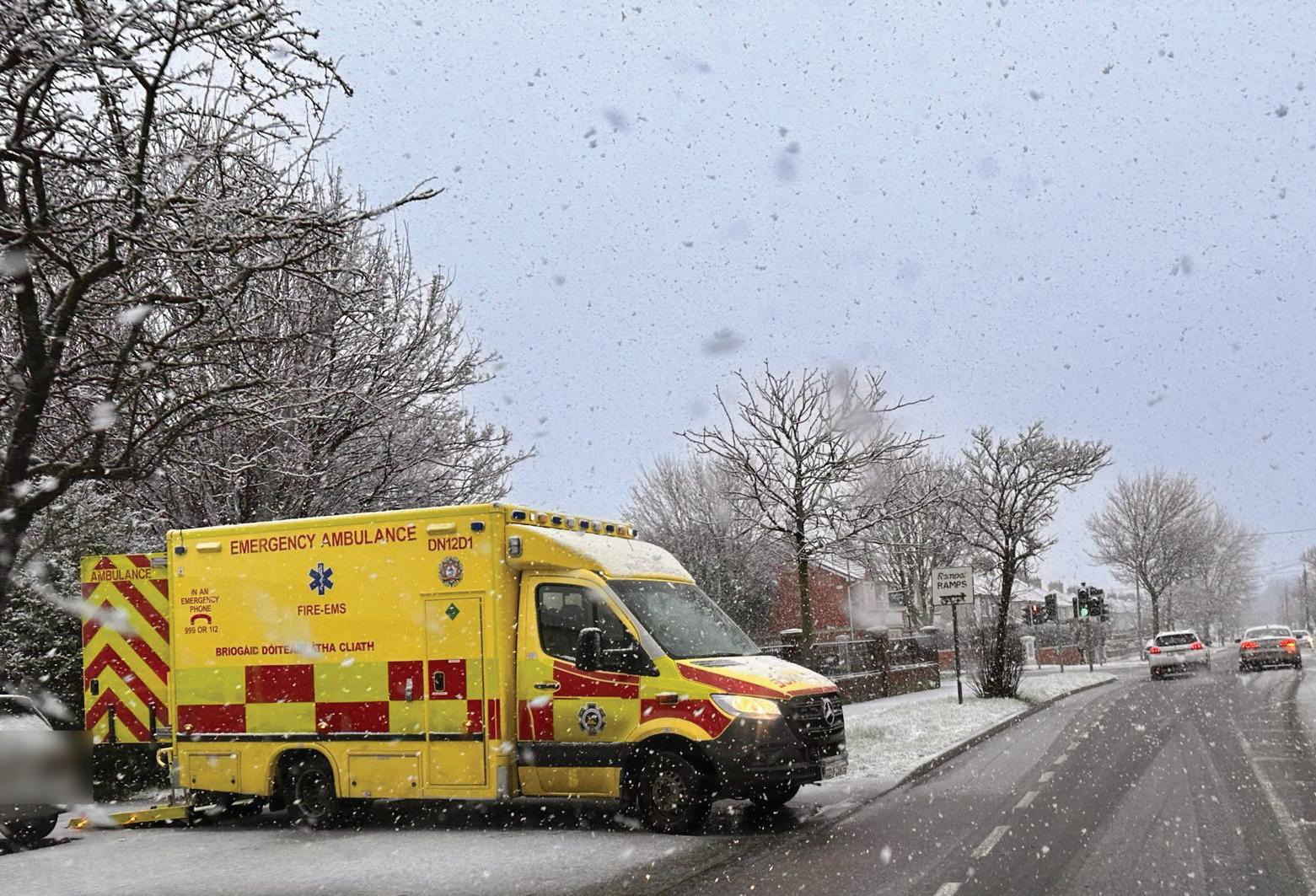

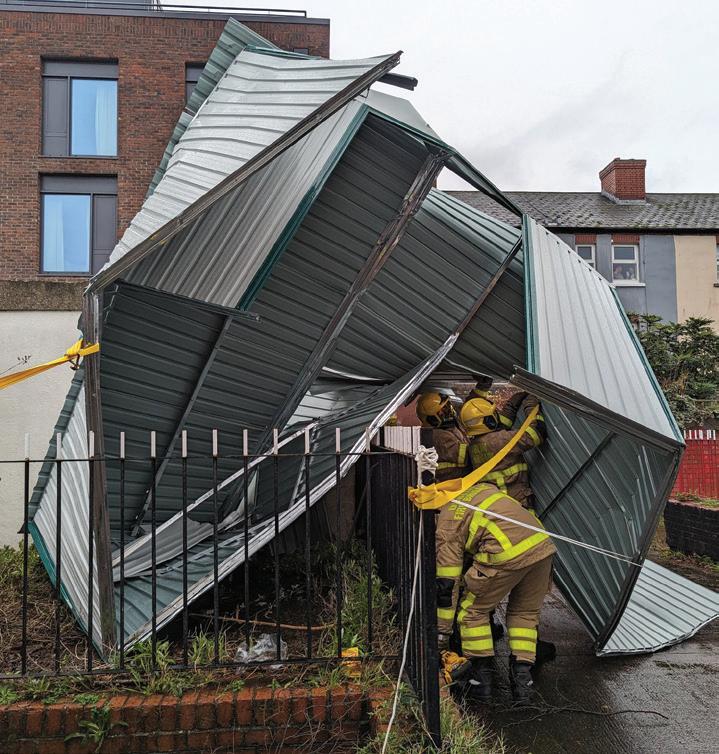

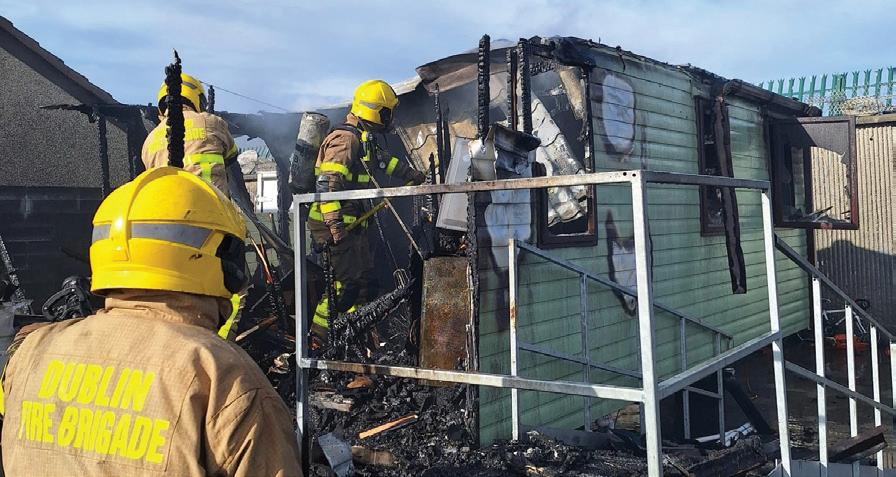

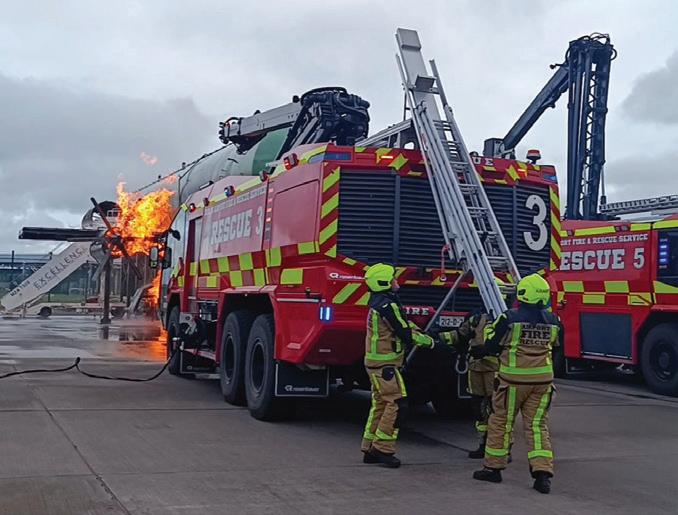


ABOVE: Late in December we
a very
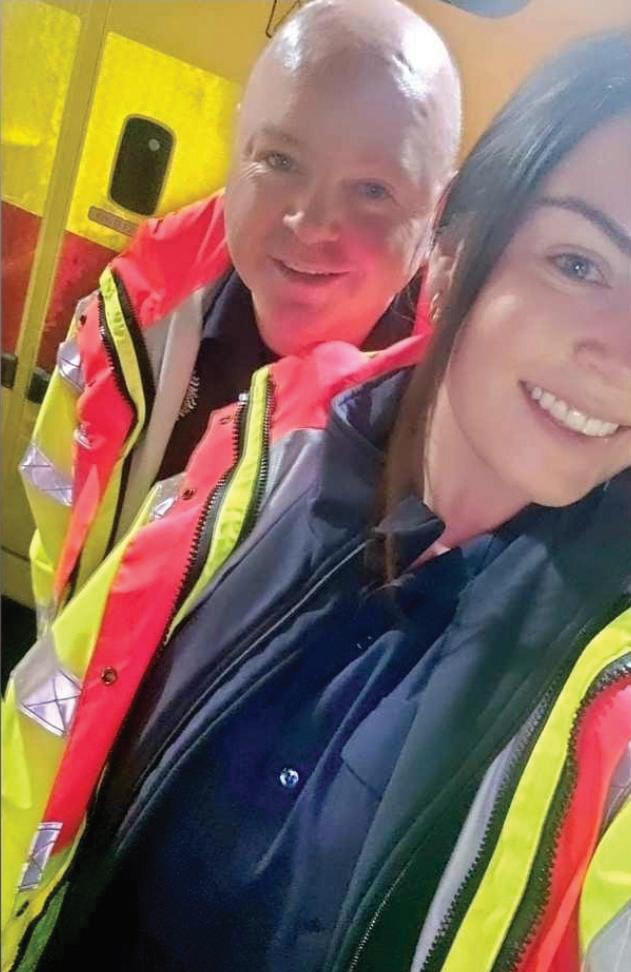
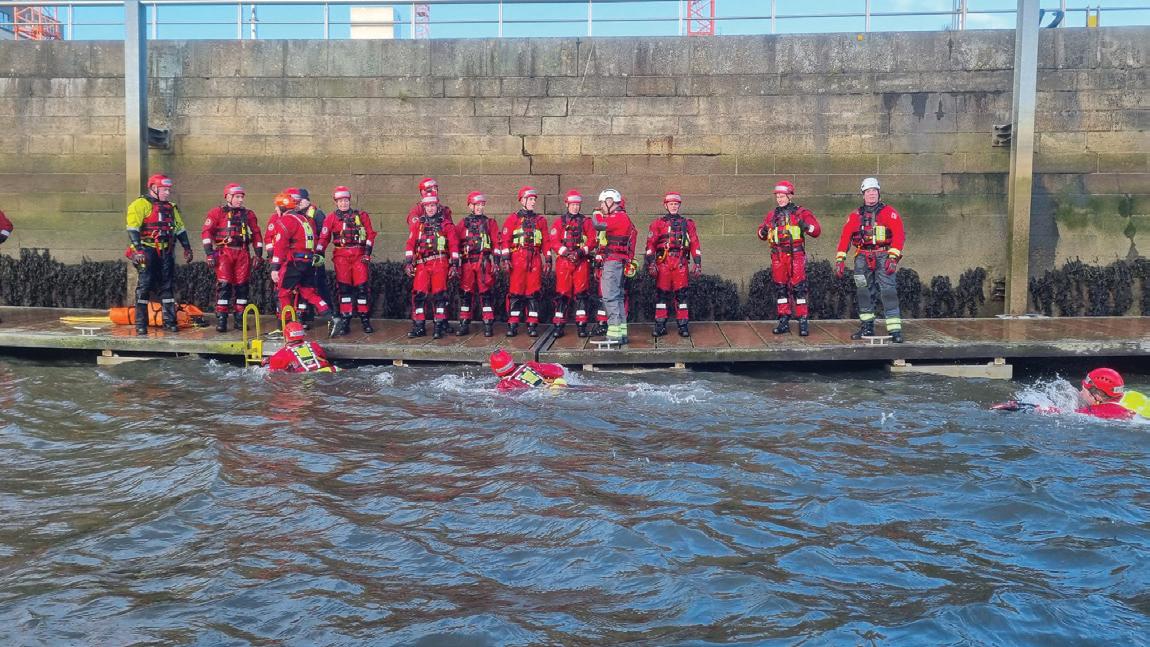

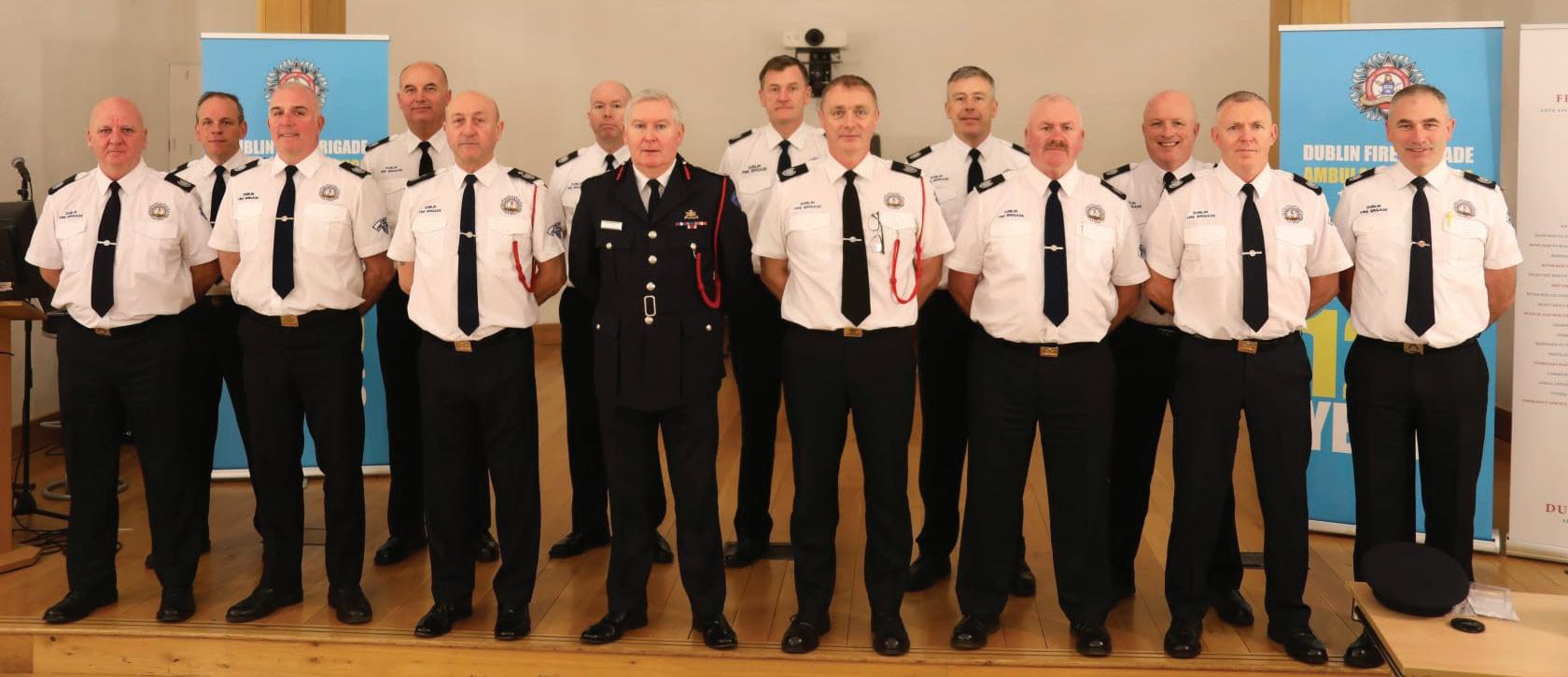
ABOVE:
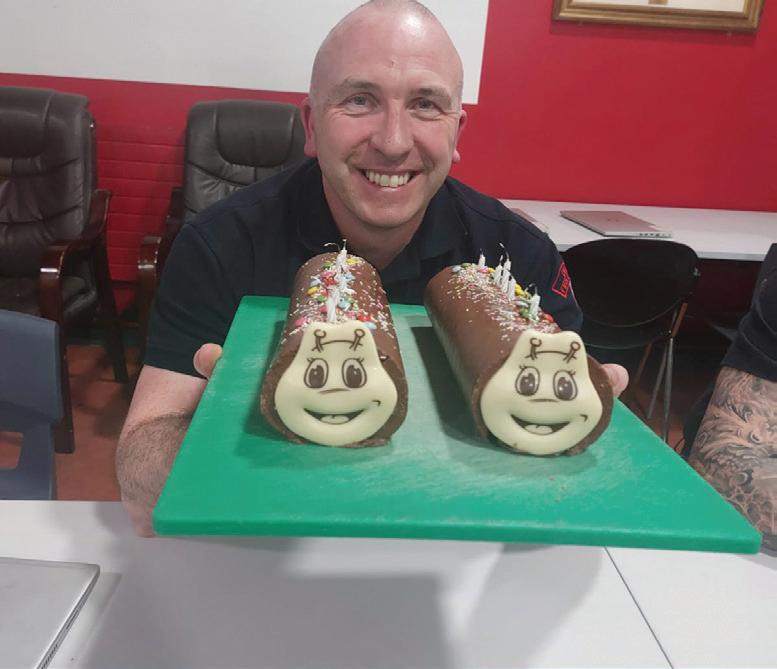

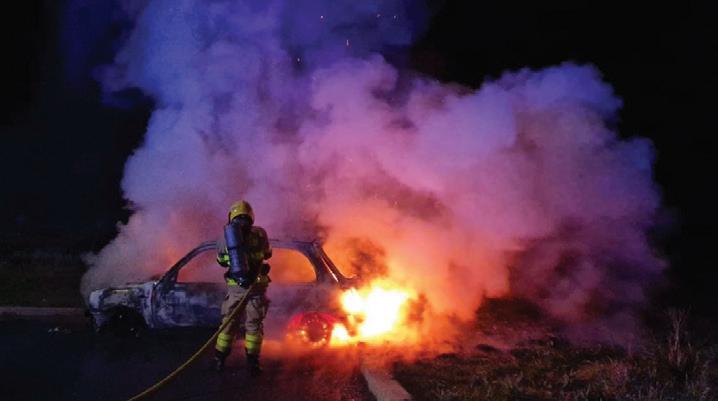
ABOVE:


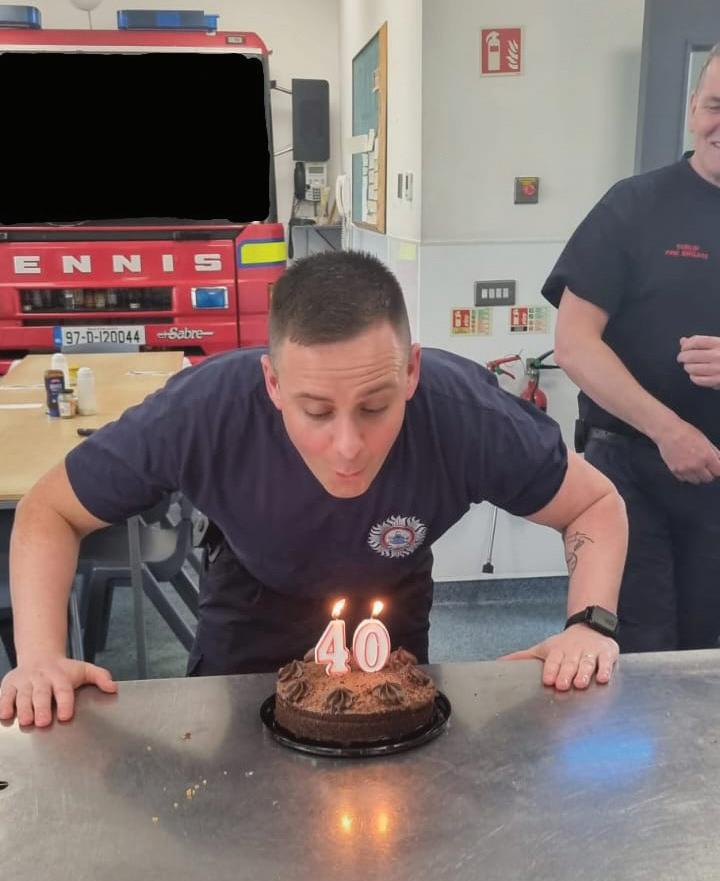



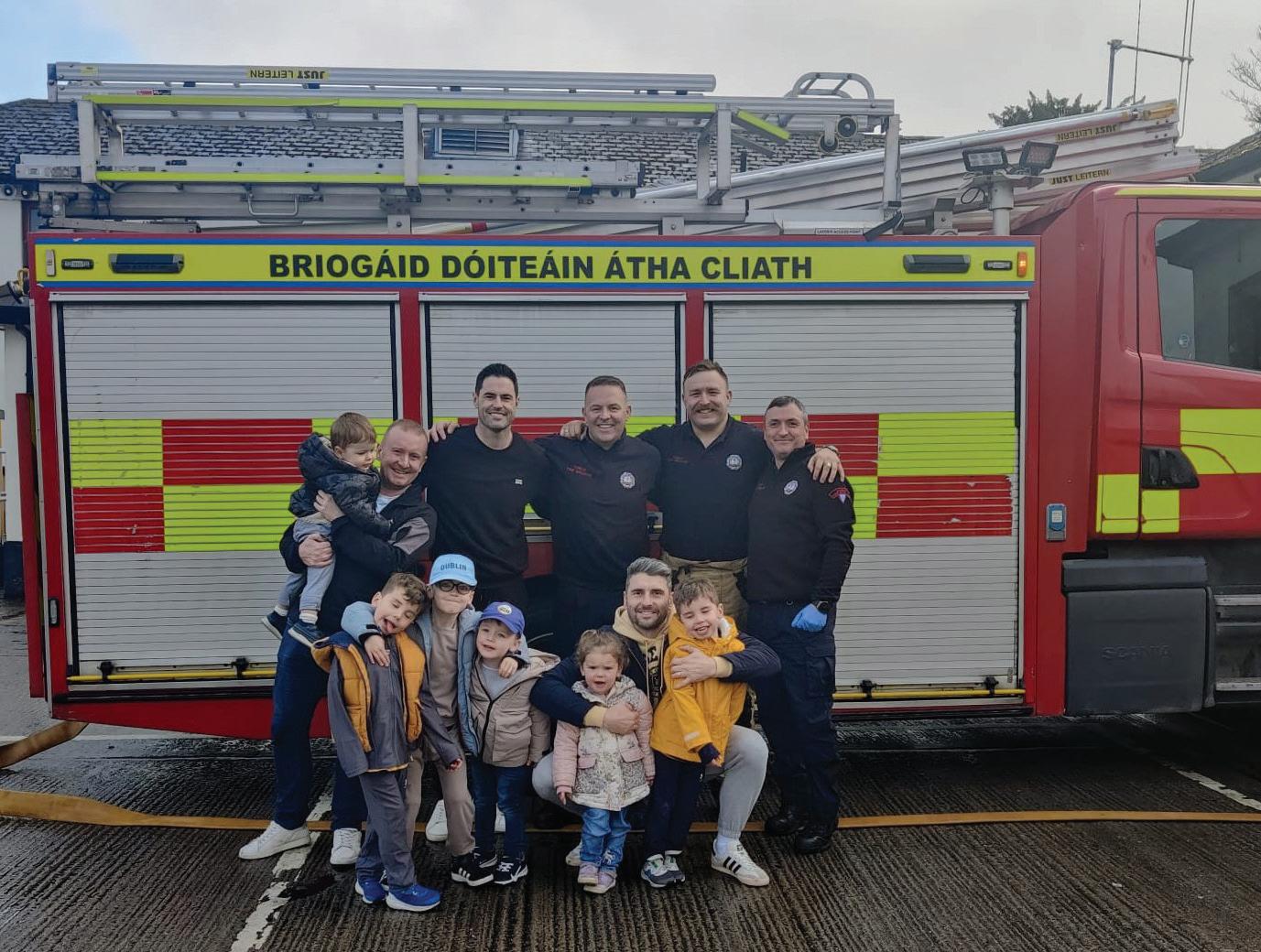
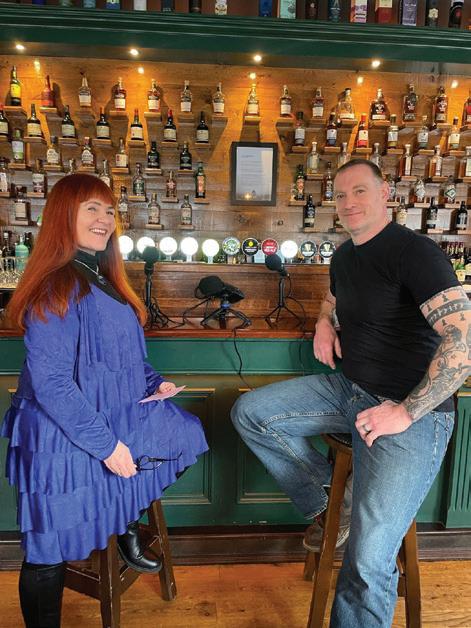






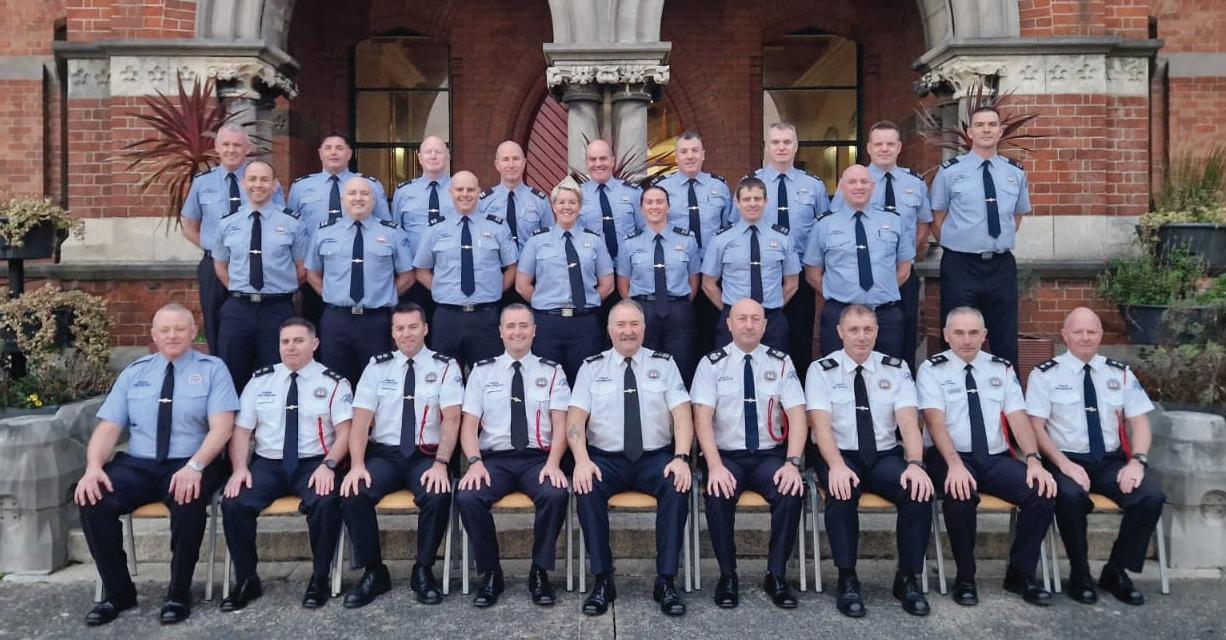
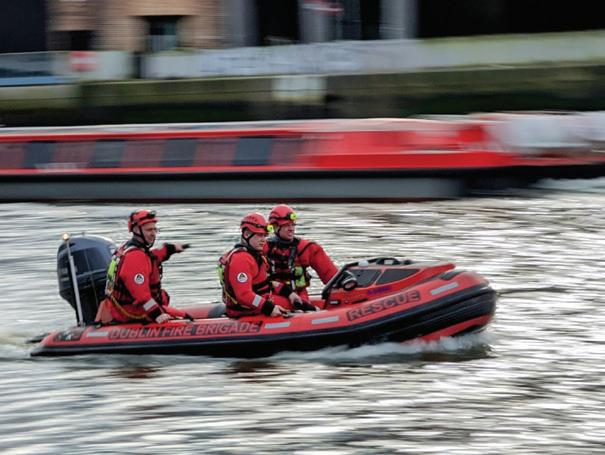


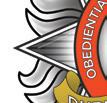

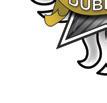

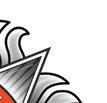



Facebook: https://www.facebook.com/DubFireBrigade
Twitter: https://twitter.com/dubfirebrigade @DubFireBrigade
Instagram: https://www.instagram.com/dubfirebrigade @dubfirebrigade
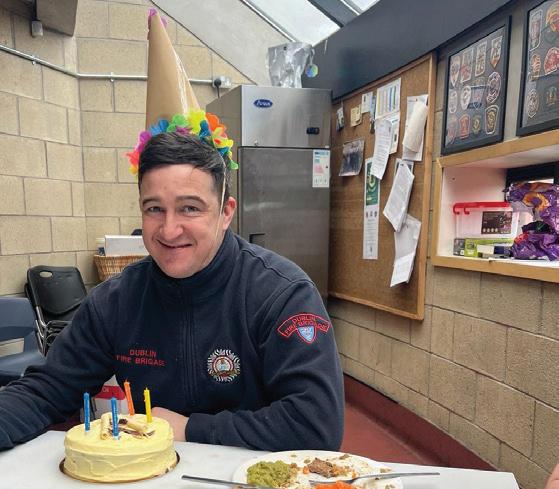

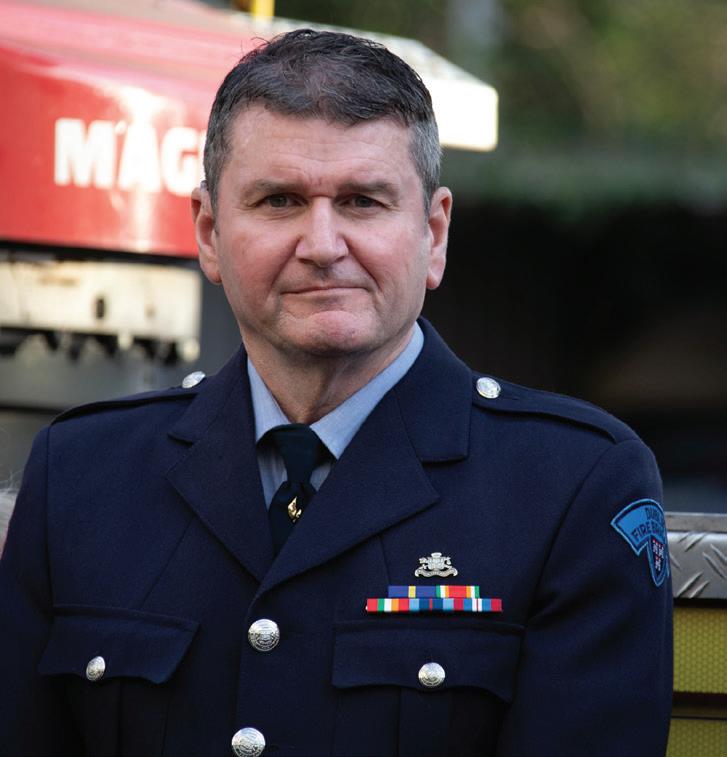
Class 2/2023 and ESC Class 2/2023 Joined DFB Ranks in February



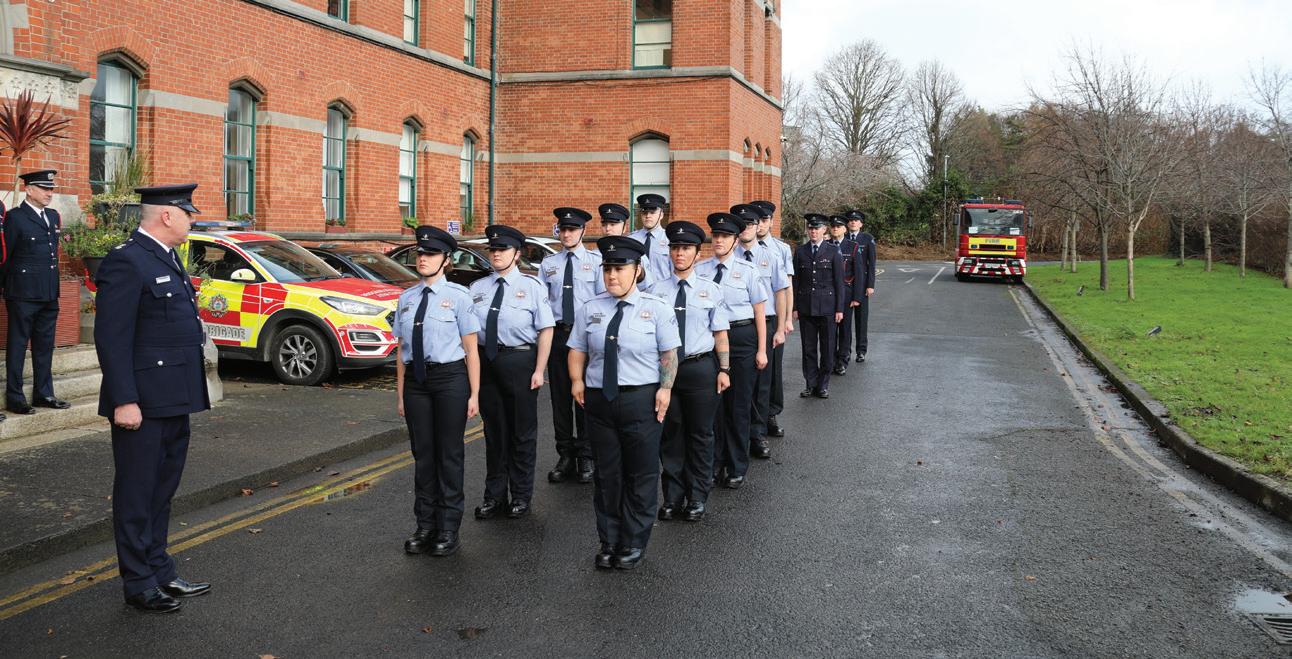
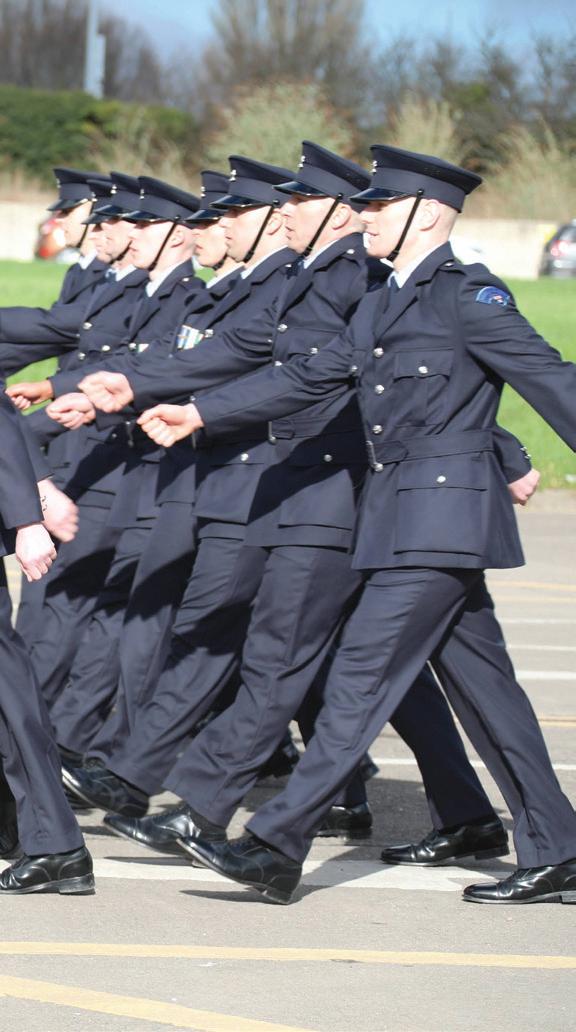
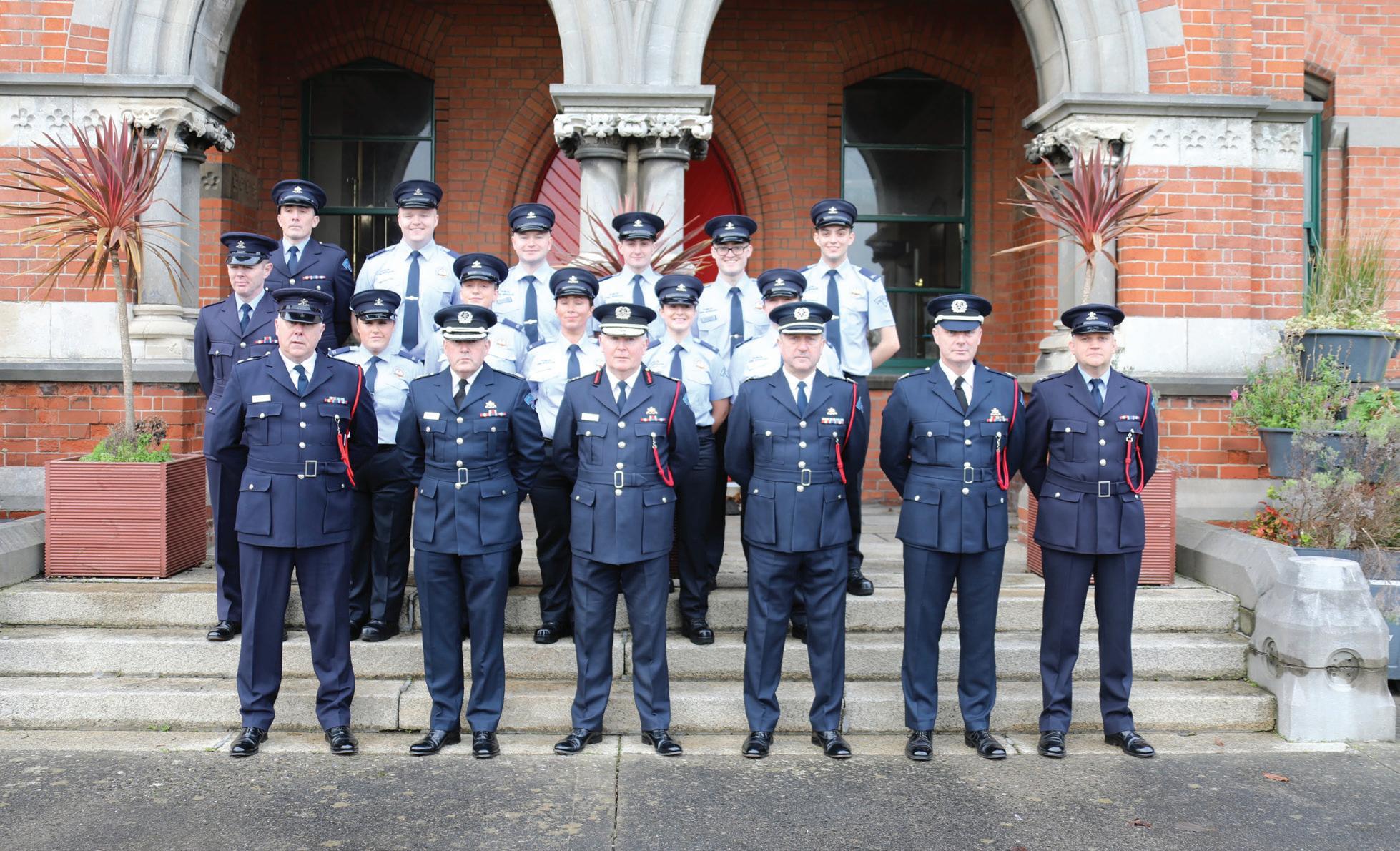


There have been a lot of welcome additions to Dublin Fire Brigade personnel recently, with the recent graduation of Emergency Service Controller Class 2/2023 being followed in February by the passout of Recruit Class 2/2023.
On a beautifully sunny February day, the latest passout ceremony was kicked o by a rousing performance by the DFB Pipe Band, before the recruit inspection.
Speeches were made by CFO Dennis Keeley, Minister Daragh O’Brien and other
visiting dignitaries from Dublin City Council, before the recruits demonstrated their skills in a display including ladder rescue, RTC, and BA re rescue, all under the light-hearted theme of the “Dukes of Hazzard”, prompted by the name of Course Director David Duke. Following a recent charity car wash that raised much-needed funds for Oscar’s Kids, Recruit Fire ghters Conrad Cooke and Denise Byrne presented a cheque for more than €5,000 to the charity, which was accepted on their behalf by Assistant Chief Fire O cer Greg O’Dwyer.
CONGRATULATIONS TO ALL OF THE RECRUITS WHO SHOWED THEIR DEDICATION AND COMMITMENT THROUGHOUT. THEY WILL BECOME VALUABLE NEW MEMBERS OF DUBLIN FIRE BRIGADE”





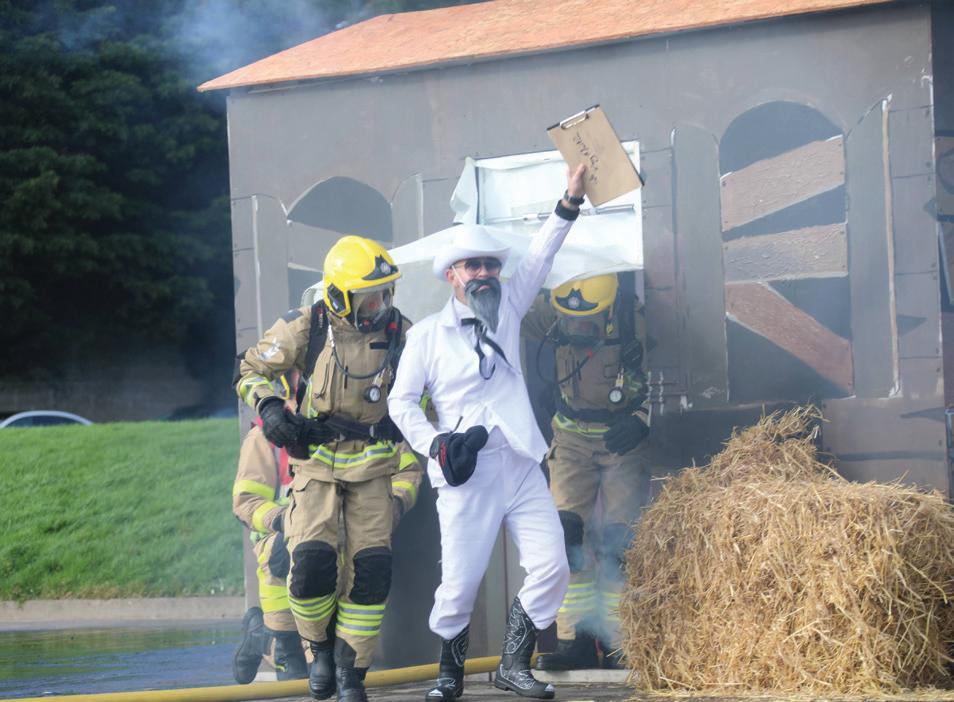

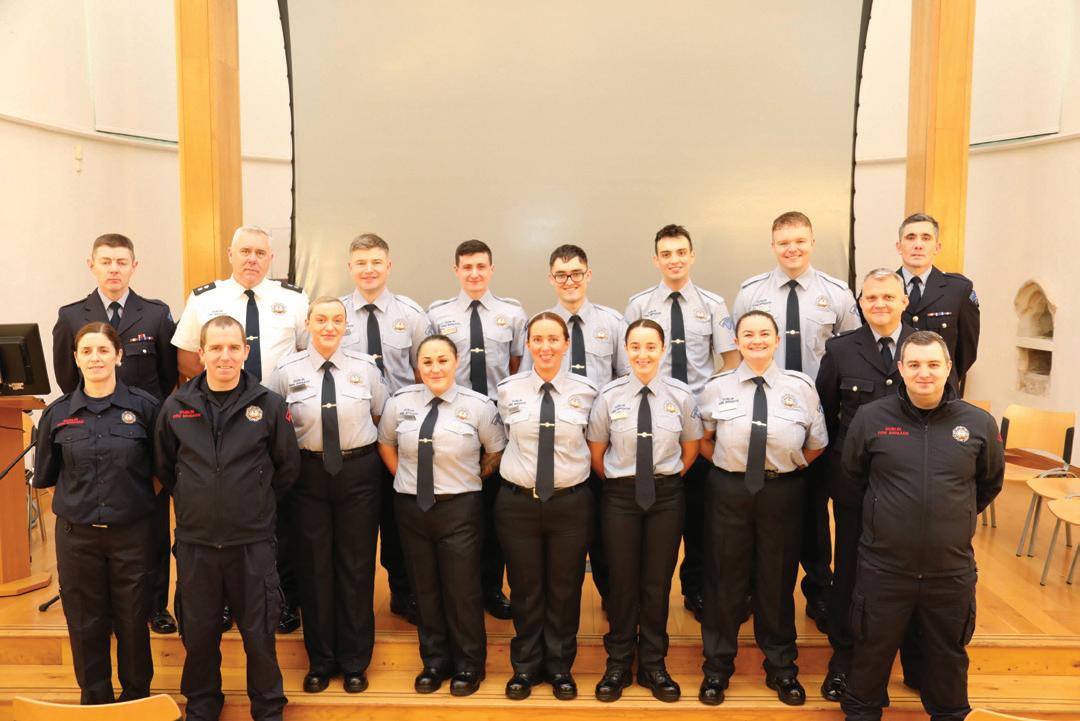



is was on top of money raised for the charity through a sponsored climb of Lugnaquilla in full PPE in January, while the newest Emergency Service Controllers also raised a lot of money for Oscar’s Kids before they graduated.
Next up was the presentation oof scrolls to each of the 46 recruits on the course, with the presentation of the Silver Axe award going to Recruit Fire ghter Colin Keogh.
“I’d like to say thanks to CFO Dennis Keeley, BTO Brendan Caroll, and all the OBI sta and Instructors who helped make this a very successful course,” said Course Director David Duke, “and congratulations to all of the recruits who showed their dedication and commitment throughout. ey will become valuable new members of Dublin Fire Brigade.”

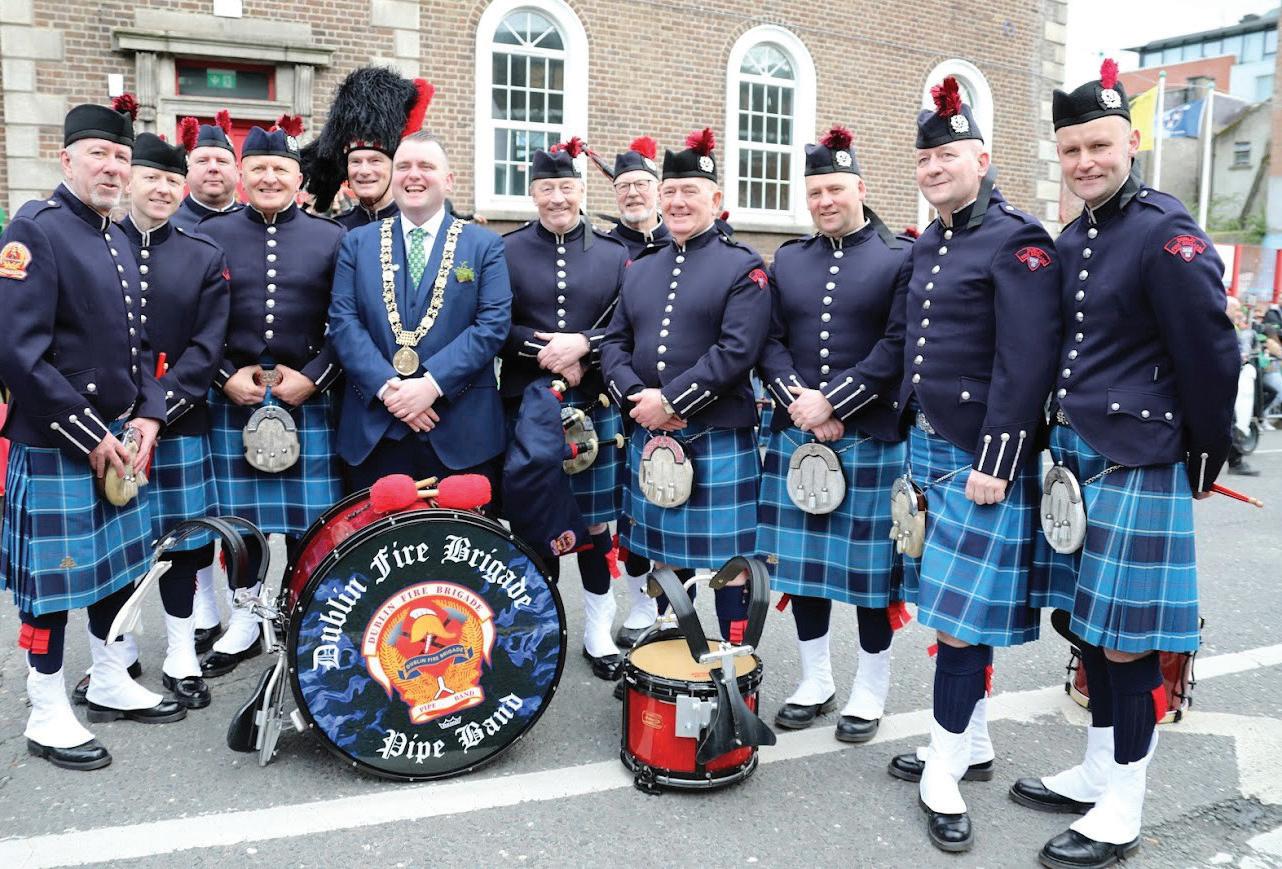



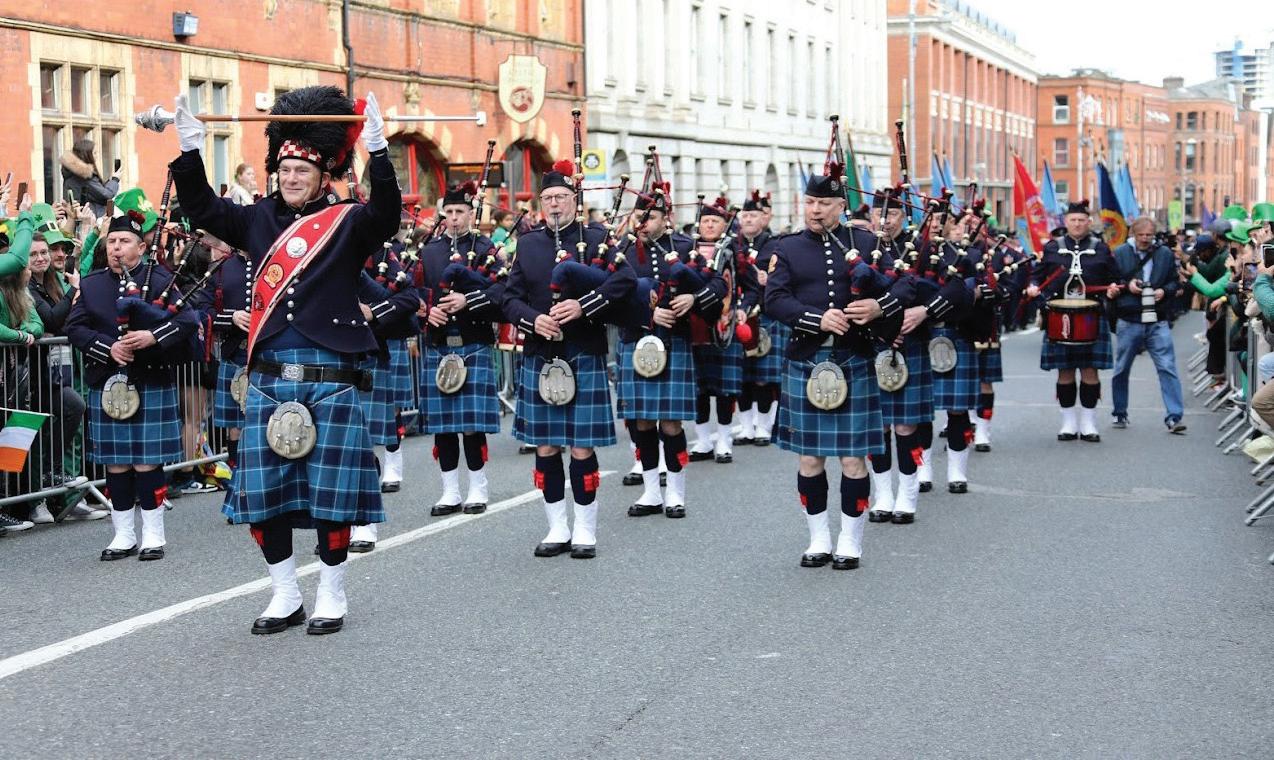
The DFB Pipe Band Has Been Busy, With St Patrick’s Day a Highlight, writes Secretary John McNally
Since our last article, we have had a relatively busy winter and spring, with many gigs and events.
We held our AGM in early December and a new committee was elected. Again, many thanks to the outgoing committee for their hard work over the
previous year. e Band then took a break over the Christmas period and we resumed practice on 8 January.
We took part in the Stardust memorial on 10 February at the site of the Stardust re in Artane. Drum Major Damien Fynes laid a wreath on behalf of the Band.
On 21 February, we played at the passout of recruit class 2/2023. is was a special occasion for Drum Corporal Eddie Du y who proudly played at the passout of his son, Lee Du y. e band performed for the recruits, invited guests and families, both before and a er the footdrill display and during the inspection.
e DFB Sports & Social Club held the annual function for retired members at the Castleknock Hotel on 1 March, and the Band led the retirees into the function room before playing some sets for the retirees and families.
In January, we received an invitation from the St Patrick’s Festival Committee for the Band, colour party and DFB personnel to partake in the


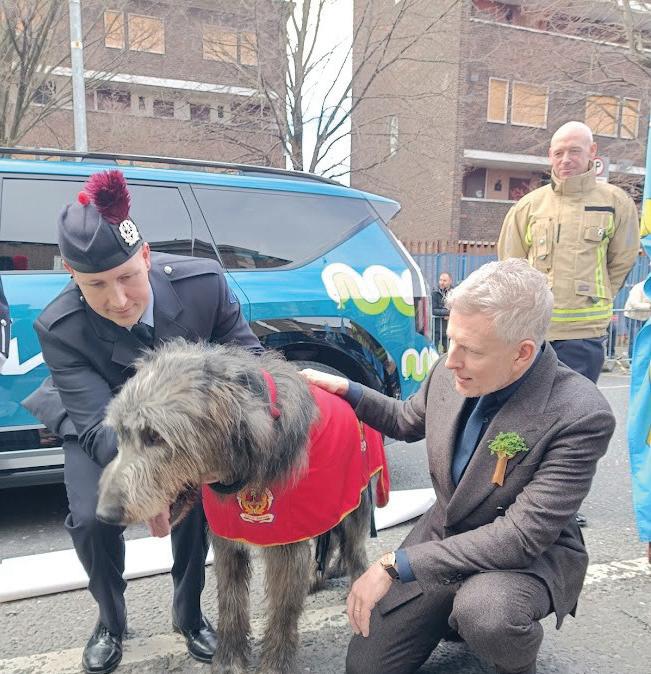
2024 Dublin St Patrick’s Day parade. Plans were put in place for full band practice, and thankfully our instructors were available to assist us in our preparation.
A lot of hard work was carried out by committee members in preparation for the big day, including organising a venue, in conjunction with DFB management and the DFB Sports & Social Club, checking and organising band uniform and instruments, etc.
Special thanks to FF/P Ger Corcoran for organising the colour party and ags.
As 17 March got closer, the Band stepped up practice sessions and put a full emphasis on full practice on instruments.
St Patrick’s Day duly arrived and the band assembled in Phibsboro Fire

Station from early morning for some warm-up sets a er some breakfast kindly provided by the crews in No.3. A large marching body began to assemble and the atmosphere was building, helped along by what was a warm and dry sunny day.
As is DFB Pipe Band tradition, the ceremonial part of the morning started with the reading of the names of deceased members from the previous year by the DFBPB Grand Marshall, retired Sub O cer Liam Wilson. Band drummer Paul Keyes played a drum roll for the lowering of the National ag followed by a lament played by piper Paul McNally. is was followed by the band playing the National Anthem “Amhrán na bhFiann”.
Another tradition before the parade is to acknowledge and wish luck to new playing members. is year our two
new drummers, Trevor Monaghan and Kevin Conlan, stepped out with us for the rst time.
e Band, colour party and marching body then set o for the short march to the parade starting point at the Black Church.
At 12 noon, the parade started with the DFB directly behind the Lord Mayor. Right out in front was Student piper Peter Hunt with Rory the Irish Wol ound. Next was our Grand Marshall, Liam Wilson, with the Band banner followed by the Band itself. e colour party followed with the Irish Tricolour, DFBPB ag, and ags of all re stations. Next, a large marching body of uniformed DFB re ghters along with visiting re ghters from the USA and UK and retired members. It was also great to see the recent recruit class, currently on their paramedic
course, who took up the rear of the group wearing their re tunics.
It was fantastic to see the large crowds out on the day who cheered us along the route with smiles and waves, with a fantastic atmosphere in great weather.
Finally, the parade came to an end on Cu e Street where the Band assembled with the colour party to play the National Anthem.
en it was o to Dicey’s on Harcourt Street for the parade a erparty. is is a joint venture between the Pipe Band, DFB Sports & Social Club and DFB Management. e large group gathered to enjoy food and refreshments during the day before the Band played for the crowds in the late a ernoon followed by celebrations continuing late into the night.
We would like to thank a number of people for a very enjoyable and successful day, including Chief Fire O cer Dennis Keeley, the DFB Sports and Social Club, e DFB Pipe Band and committee, DFBPB colour party, the marching body of uniformed members, recruit class 02/23, retired members, the DFB social media team and visiting re ghters, and the crews in Phibsboro who cooked breakfast for all those who marched. A special mention must go to Kathleen Kelly of Nutstown, Co Dublin, who as always kindly allowed us to borrow Rory, one of her beloved Irish Wol ounds.
Hope to see you all at the next parade.
As always, our solo pipers have been busy over the last few months with many engagements, including the funeral of recently retired FF/P Mick Duggan, RIP. Ar dheis Dé go raibh a anam. We also provided a solo piper for the funeral of Phyllis Byrne RIP, mother of DFBPB piper Paul Byrne. A small band also performed Amazing Grace at the funeral of Kitty Daly, RIP, mother of DFBPB Chairman John Daly.
We have a number of gigs and events coming up over the next few months and we will report back in the next issue of Firecall.

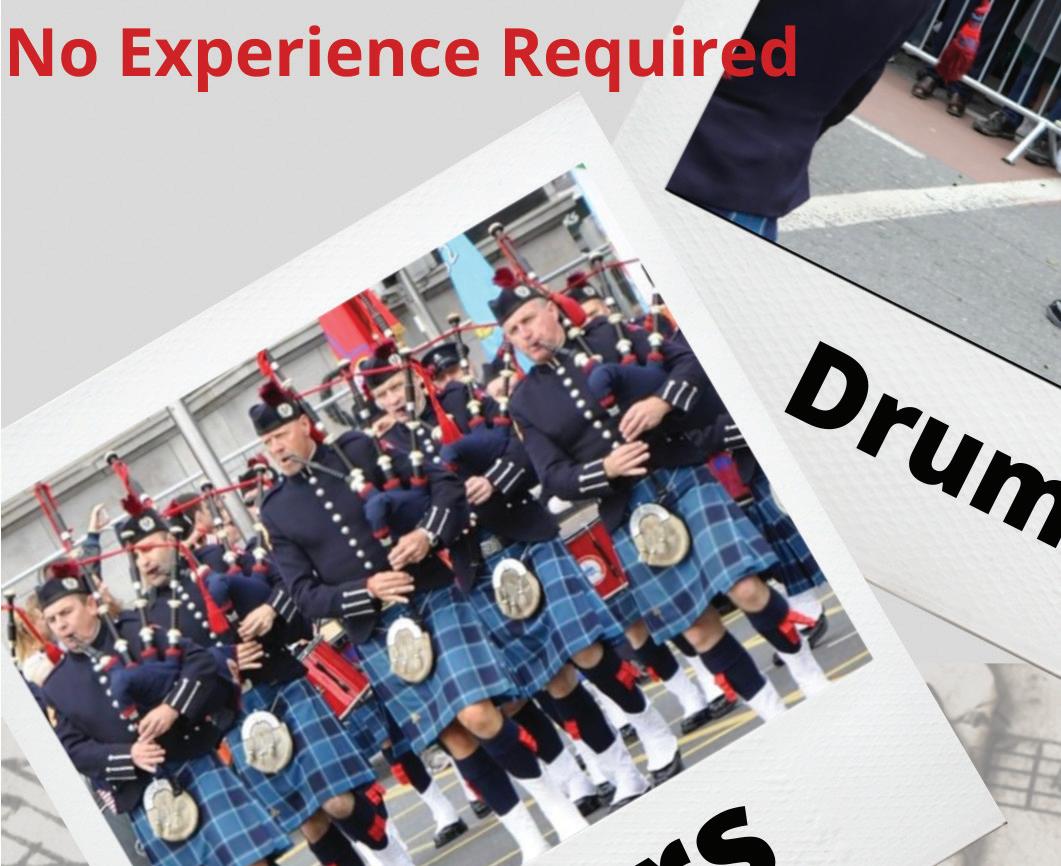
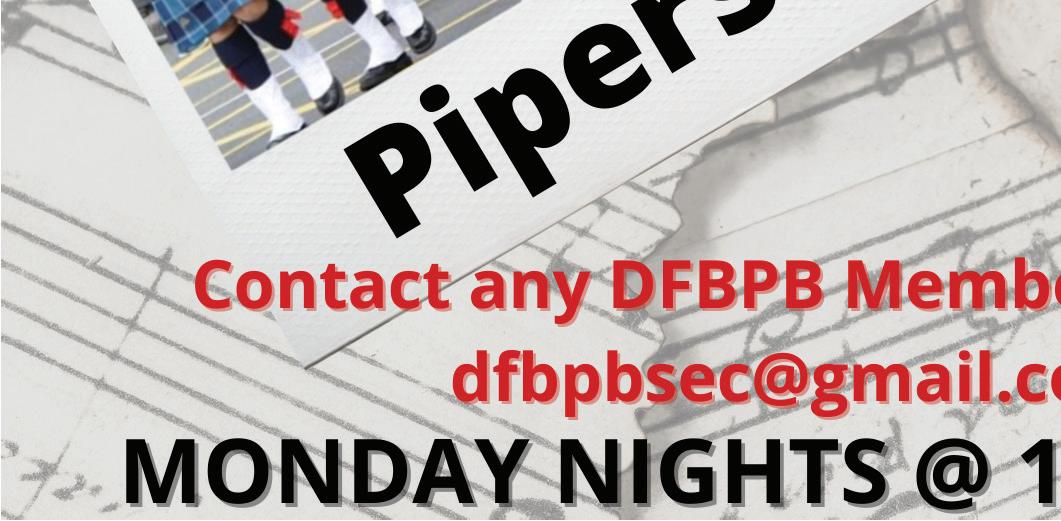


Finally, as always, we are looking for new members. It has been great to see our new students continue to come down to practice over recent months to both the pipe and drum corps. We are always here to welcome new members to the Band as new blood is vital to ensure that the Band survives into the future. If you would like to give the Band a try, why not come along to the Training Centre any Monday night from 7.30pm and learn a new instrument? Beginners are always very welcome and musical ability is not a requirement at all. We would also like to welcome previous members back as well as people who may already have piping or drumming experience. You will be given top class instruction by our two world class instructors Dave Rickard (Bagpipes) and Ciaran Mordaunt (Drums).
The band can be reached at any time through any band member, social media or by emailing: d bpbsec@gmail.com









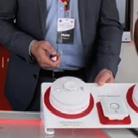









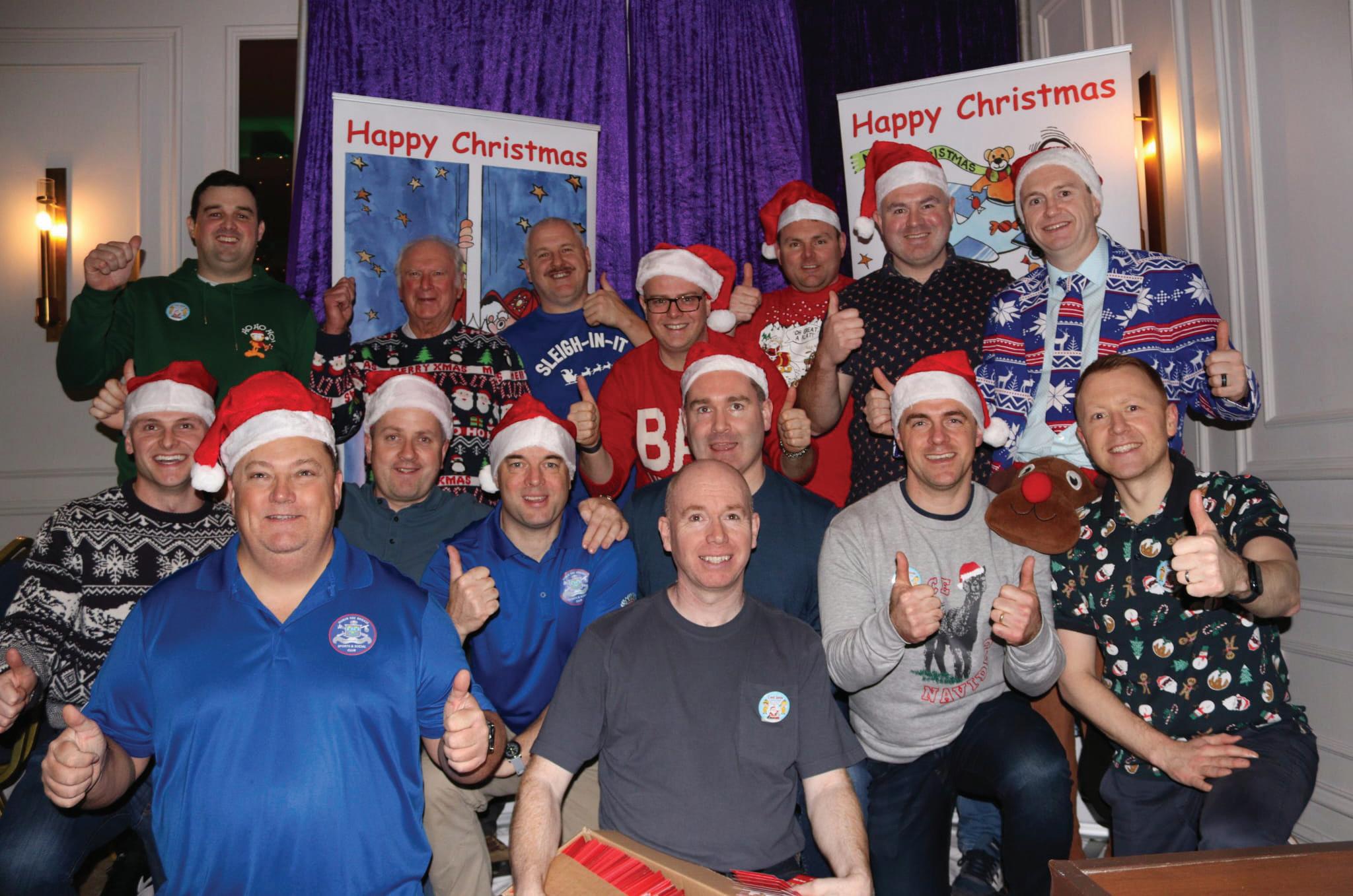
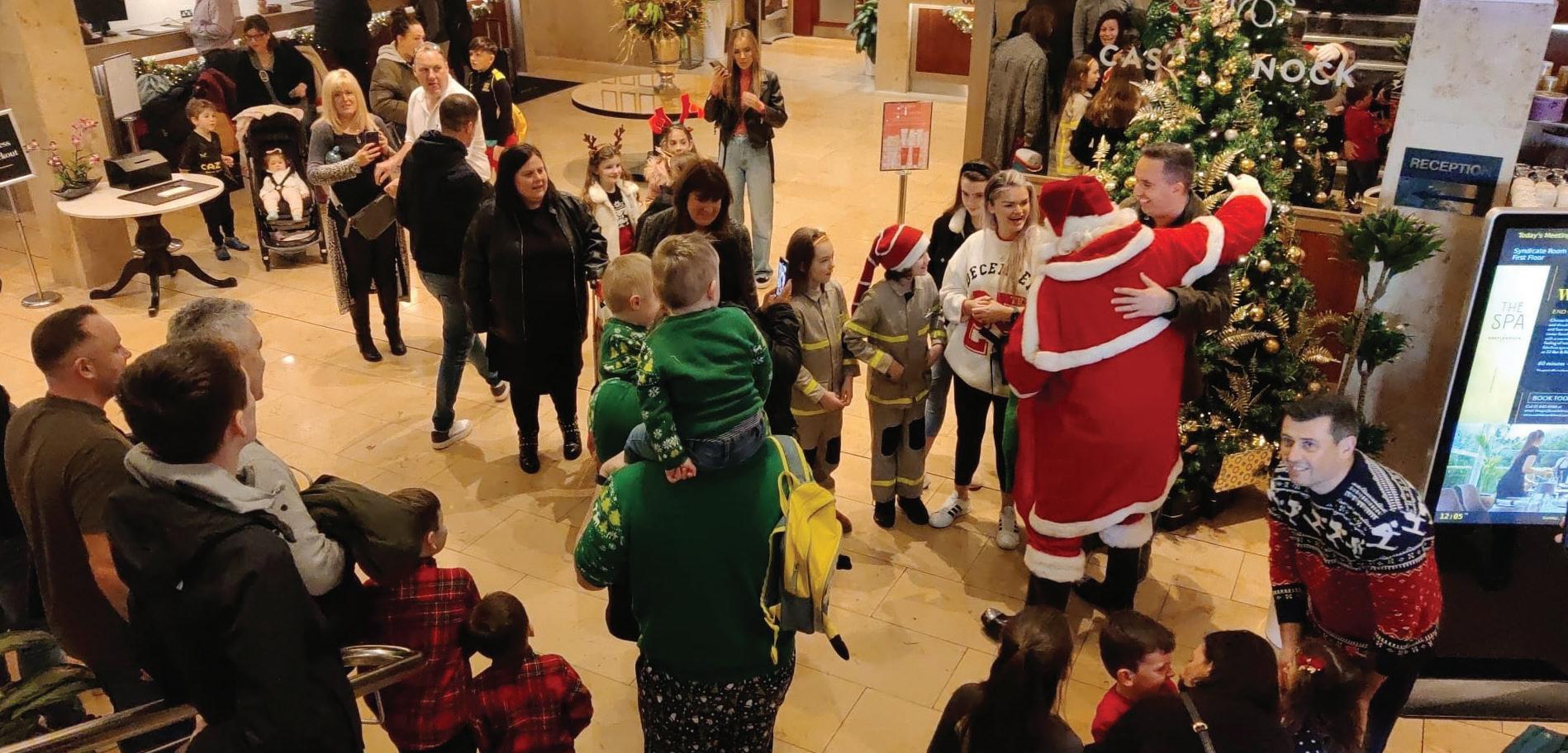
Festive fun was in the air as we held our annual Children’s Christmas Party for DFBSSC members and their families on 10 December at the Castleknock Hotel. Many thanks to all the sta and management at Castleknock Hotel, to everybody involved in organising the event and its running on the day, and of course to Santa for making an early stop to hand out presents.
Here’s a few snapshots from what was a great day.



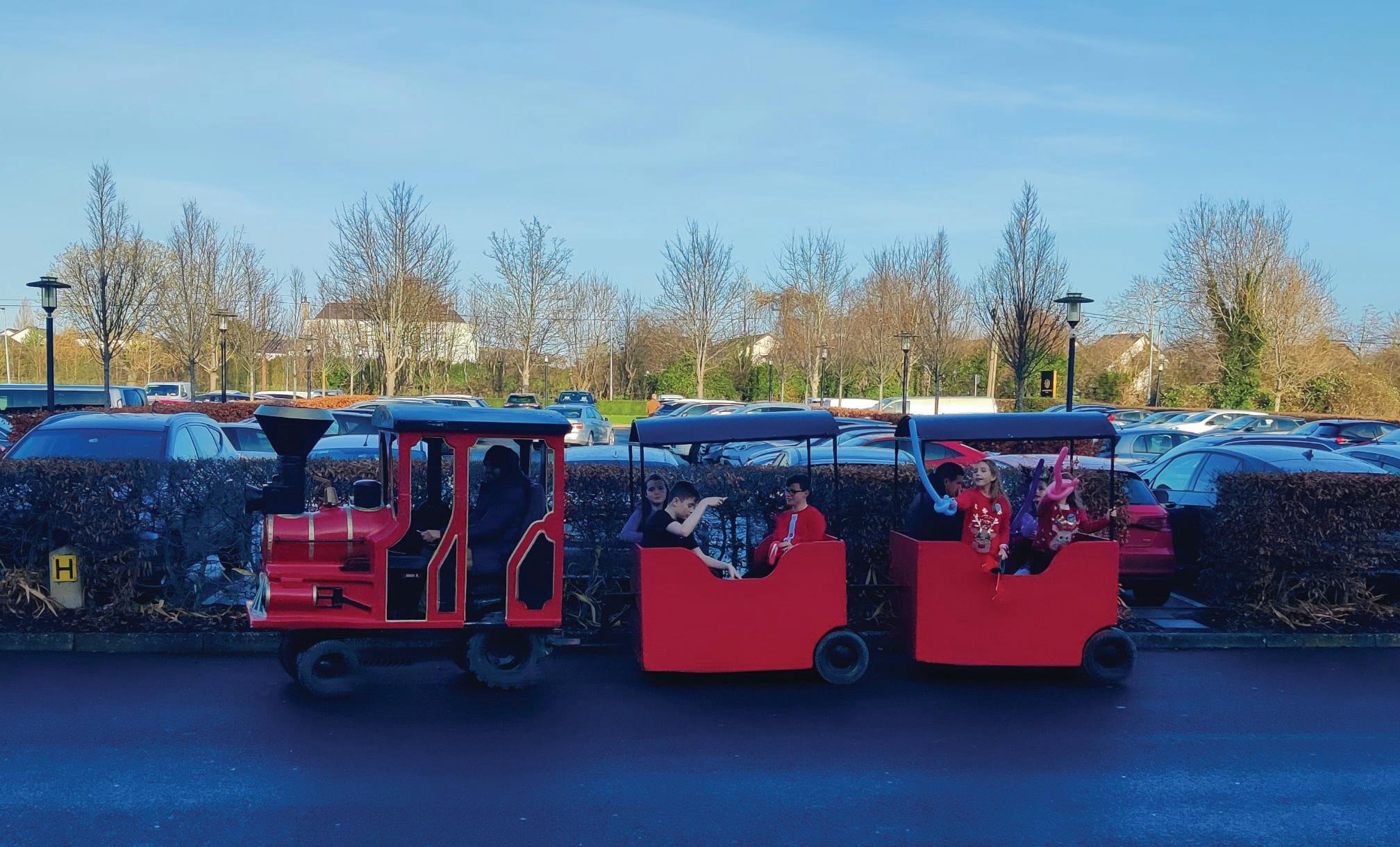












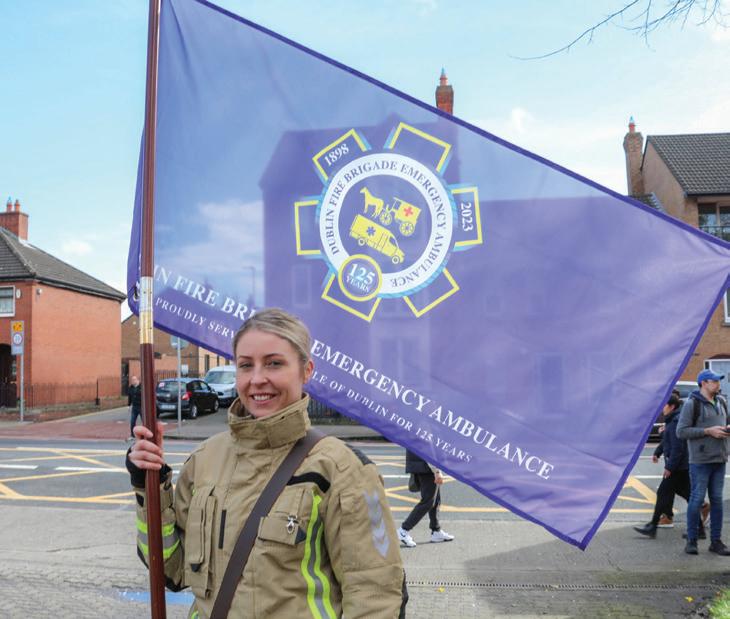
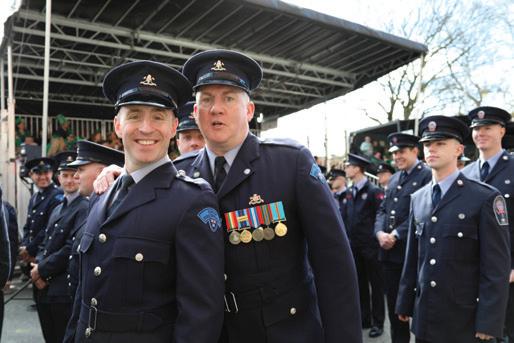


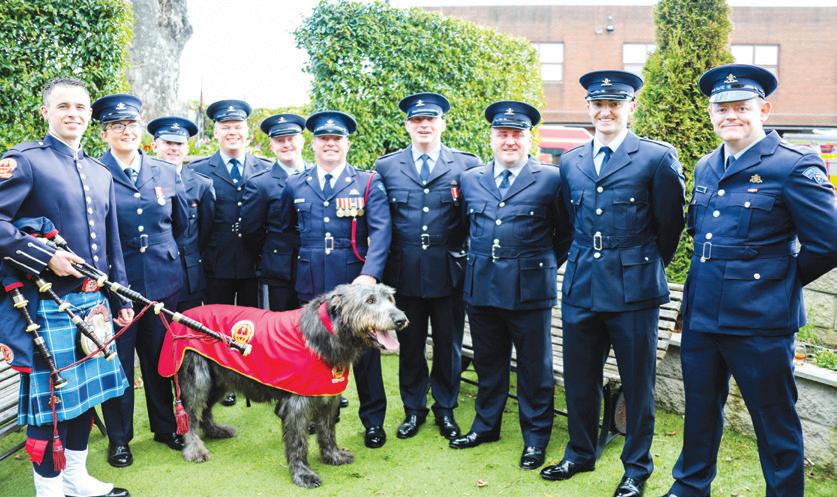




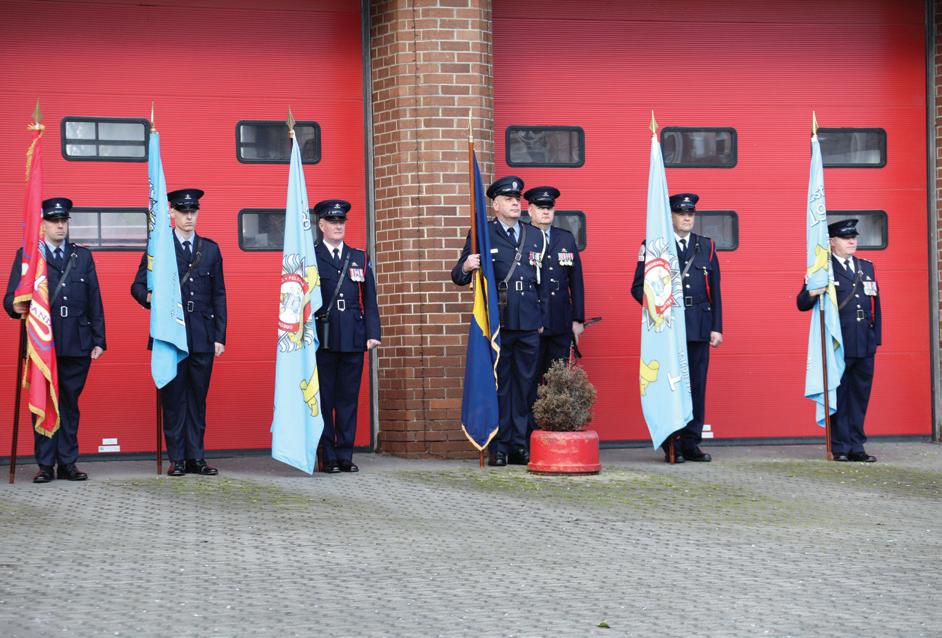
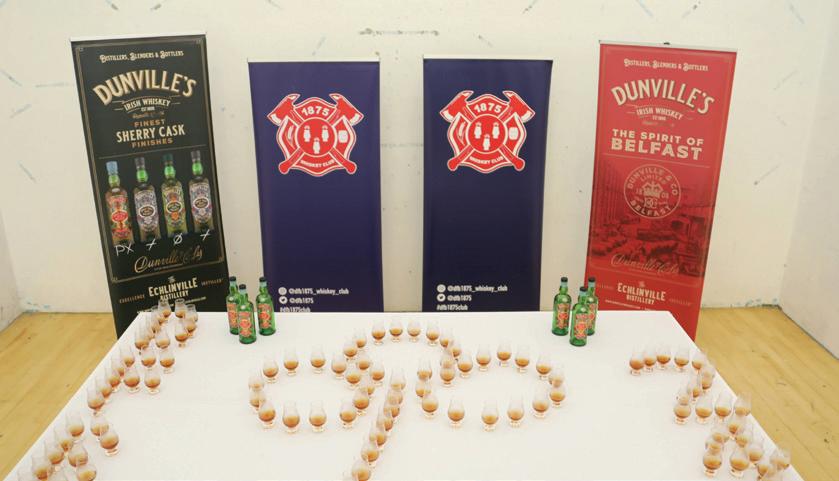

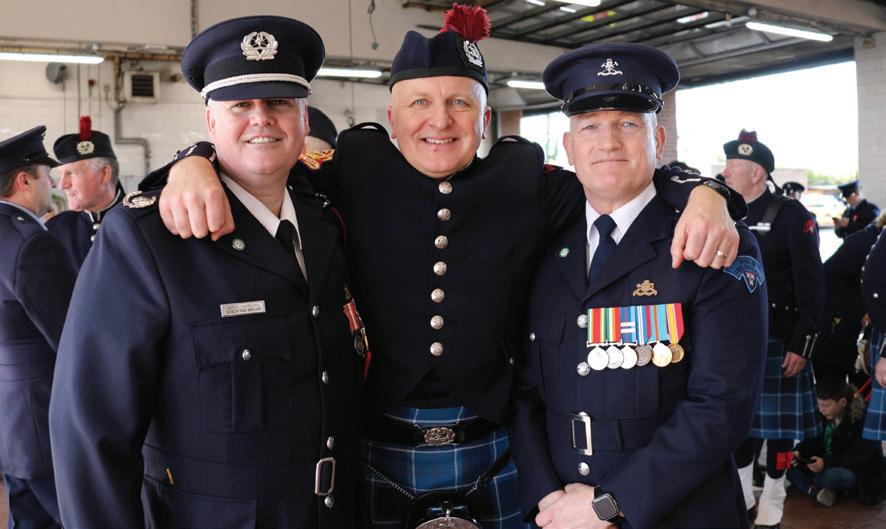
AS IS TRADITION, ALL PERSONNEL TAKING PART GATHERED AT PHIBSBORO FIRE STATION FOR THE “PHIBSBORO FRY UP”, WITH A LOVELY SIP OF WHISKEY PROVIDED BY DUNVILLE’S TO KEEP THE COLD OUT”

St Patrick’s Day is always one of the biggest days in the Dublin Fire Brigade calendar, and this year the event was once more a truly memorable experience for all members who took part and marched through the streets of Dublin.
Planning for the day starts months in advance, and thanks must go to a number of people for helping to organise the main event as well as the itinerary for visiting re ghters from other countries that started in the days beforehand. is year, we had the pleasure of welcoming visitors
from Westhampton FD, NYFD, Virginia and Long Island.
DFBSSC Chair Paul McCann put in a huge amount of work in what was a massive undertaking to organise events and outings for our visitors, with the welcome assistance of ex-Chair Dan Fynes, John Connolly, Ray Campion, Richie McDonald, and Keith Mason who all did Trojan work and put their shoulder to the wheel for the whole weekend. A lot of liaising took place in the lead up to the visit, and thanks must also go to Rosa Vickers for her help in organising pick-ups and travel to various locations, as well as


to senior management at HQ for the permission to use the DFB Bus. is included collection of each group from Dublin Airport on Friday morning (thanks to John Connolly for driving the Bus), then a visit to the Training Centre for breakfast. anks to the BTO, ABTO and sta in the Training Centre for accommodating this. en it was on to a tour of Glasnevin Cemetery before being brought to their hotel. On Saturday, there was a trip to the world-famous Guinness Storehouse followed by food and drinks in the Church Bar for a meet and greet with some of our DFB members.






As is tradition, all personnel taking part gathered at Phibsboro Fire Station for the “Phibsboro Fry up”, with Stephen Magennis of Dunville’s giving a talk on his distillery before we were all treated to a tasting to keep the cold out. It was then time for the names of deceased members from the previous year to be read out and remembered, accompanied by a stirring drum roll as the Irish ag was lowered and followed by a beautiful lament and the National Anthem by the always brilliant Pipe Band.
CFO Keeley also exchanged plaques with Battalion Chief of NYFD Mark Gregory, as well as the Chief of Westhampton Beach FD, Darryl Schunk, speeches were made, and soon it was time to head o to the parade starting point at the Black Church,
where we met Lord Mayor Daithí de Róiste and the Grand Marshall Patrick Kielty, and when 12 noon came, we, as always, led the parade down on to O’Connell Street.
e large number of uniformed and PPE-wearing DFB members, visiting re ghters from other countries, retired members and recruits made for a fantastic spectacle as we marched through the city, enthusiastically applauded by the huge crowds on what was a beautifully sunny day.
Reaching Cu e Street, another rendition of the National Anthem by the Pipe Band signalled the end of the parade, and soon it was time to head to Dicey’s for a great party, where the revelry continued long into the evening.











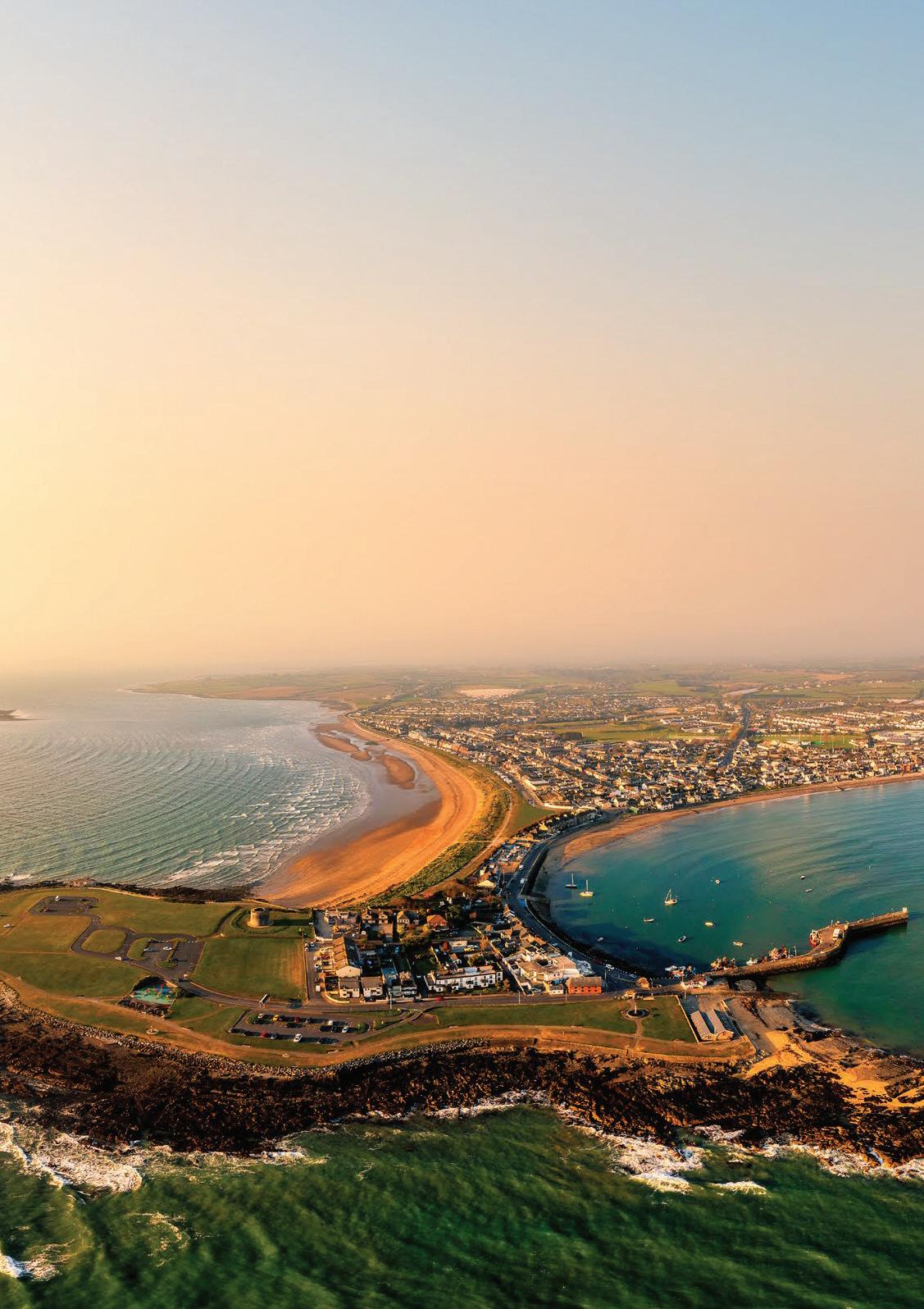
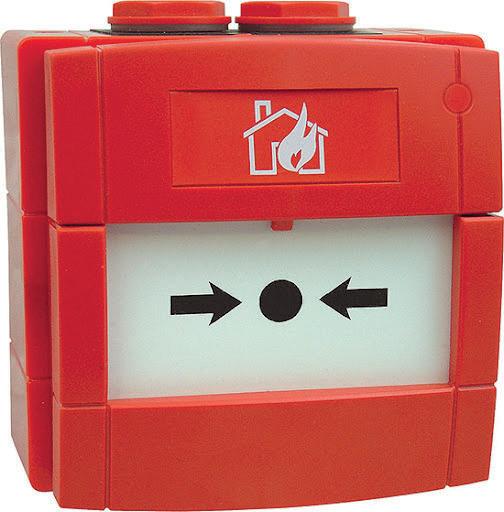


“You can see as soon as you walk into the room that we are very busy,” Sub-O cer Paul McCann tells me as he ushers me into the Control Room operated tonight by C Watch ERCC. Red lights ash onto computer screens as the crew sit focused at their desks, a wall of low-level noise humming as they answer and make calls.
Stats provided by Senior Executive O cer Richard Sheehan back this up. Last year, the ERCC, who take calls for Dublin, Leinster, Cavan and Monaghan, processed

to the ERCC who is tasked with ensuring continuity across the four watches. Also attached to the ERCC is Assistant Chief John Guilfoyle and ird O cer Keith Markey.
S/O McCann says this makes for a good mix of skills and experience. Senior man of DFB is Badge Number 1, Liam MacGabhann, who joined in 1985 and has been in the Control Room for four years, a er 12 years as an operational Fire ghter in HQ, eight in Rathfarnham, and 14 in Dun Laoghaire.
“We always have a crew of at least seven answering the calls at all times,” S/O McCann, who has worked in the Control Room for 14 of his near-30-year career, says. “We also have two Sub-O cers and other crew members who can be called up if the room gets extremely busy and extra manpower is needed. We have crew members who rotate out to ops on the reground, allowing them to maintain their CPD certi cation.
“ is is also very important as it also allows them some time out of the ERCC, as this is a highly pressurised environment. Equally, sta can be called to work in the ERCC, who were previously trained for the Control Room, allowing for an excellent sta resource available for us. At times, injured re ghters can request a temporary move into the ERRCC, allowing them time to physically rehabilitate before returning to ops and the reground.”
S/O McCann is also keen to point out that every member of C Watch ERCC play a vital role in the provision of a professional and e ective Fire and Rescue Service and a vital support to the crews out on the reground.
207,575 emergency calls (167,832 DFB Ambulance, 22,638 DFB Fire, and 17,105 Reginal Fire), which works out at an average of 569 per day, and mobilised resources to 102,760 incidents, almost 92,000 of which were for DFB.
C Watch has three Sub O cers, and 13 personnel on duty at any given time, made up of operational FF/Ps and Emergency Service Controllers (ESCs), a Sub-O cer and a 9am-5pm Station O cer, Kevin Finn, attached
e role of the Mobilisation O cer is a crucial one and at any given time there is always one Mobi on duty per watch. is role includes the supervision and oversight of all personnel and resources. It requires that they are at all times informed of any major incidents or situations ensuring an e ective and e cient service is consistently and constantly maintained.
e non-stop nature of the job begins at

the start of the shi when calls are made to identify stations with Advanced Paramedics or personnel with specialist skillsets on duty and available.
“ is information is then transferred into our Storm system, so we know exactly what resources we have available for the shi ,” S/ O McCann explains. “It is vital to know what station is best-placed to be dispatched to a speci c situation, and we are tasked with ensuring the best use of resources. In order to do this, we have to engage in some logistical juggling, sometimes dispatching Fire Trucks with sta on board who have paramedic skills, if an ambulance is not available. As the Dublin Area, with a population of over 1.5million is serviced by a contingent of 14 Ambulances, it is necessary at times to request the assistance of the National Ambulance Service, which
can be made up to 3,000 requests per week.
e ERCC must also eld nuisance or “Bogey calls” on a daily basis. ese calls are time consuming and can impact on the ability of the crew to assist genuine callers. Given the volume of incoming calls, especially during busy times such as St Patrick’s Day when 948 calls were processed between 6pm and 9pm, an average of 1.8 calls per minute, these calls result in increased pressure in the ERCC.
“It is not just a 999-call answered and resources dispatched and then our job is done,” S/O McCann tells me. “ ere is a huge amount of information gathering involved in a 999 call and can involve a huge amount of follow on work to ensure
“SOMETIMES PEOPLE THINK WE ARE THE ORACLE AND HAVE THE ANSWERS TO EVERYTHING. WE DO OUR BEST, BUT WE HAVE OUR LIMITATIONS” “

that the right resources and personnel attend each scene or incident. We may have to evaluate the incident and ensure that other agencies such as the ESB, GAS CO, DCC, are contacted. Dangerous Buildings teams may also be asked to assist us.
Pointing to a very full whiteboard, S/O McCann tells me that all the information on the board is invaluable. It includes contact numbers for anything from the logistics unit, Fire Prevention, mechanics, Senior O cers, all who are on call to cover any eventuality. Depending on the incident, the ERCC may have to contact or alert hospitals for ambulance crews, the Port Tunnel, transport agencies, county councils, Civil Defence, and Regional Senior Fire O cers, allowing for a huge amount of inter-agency communication.
“Sometimes people think we are the Oracle and have the answers to
everything,” he says. “We do our best, but we have our limitations.”
As we talk, the volume of calls increases and S/O McCann indicates it is a typical night in the Control Room. “ e number of ambulance calls is incredible and means that we must constantly monitor the medical needs of the callers and the urgency of the patient’s current condition,” he tells me. “ e Team must also actively listen to each other’s calls to some degree, and be aware of what is happening around the ERCC and provide support and assistance to each other in the event that it is needed. e combined Fire and EMS model currently in place in DFB is unique and allows for the provision of highly trained personnel, available immediately to cover both re and medical emergencies.
S/O McCann explains how the triaging system works.
“We use ProQA – the Medical Priority Dispatch System. When a call is received,
we start with the same questions: What is the address? What’s the phone number?
ese are the two most important things to have because if the phone goes dead, we know where to go and we have a phone no to try contact the caller again. A er that, we move step by step through more speci c questions: Is the patient breathing? Are they conscious? How old are they? Male or female? Do they have chest pains? Are they in cardiac arrest? Are they diabetic? Have they taken drugs? Is it a stabbing? A fall? It branches out into more pertinent questions relating to their speci c scenario, in order to gather precise information which, we pass on to the crews on the ambulances and Fire Engines as we despatch them to the incidents.
“Having the ProQA system means that we are not ad libbing, keeps us focused and also means we do not ask leading questions which could give us a false idea of what is happening, we keep to the script.”
Being constantly focused and dealing with a stream of potentially traumatic cases can take its toll, and S/O McCann says that there are supports available to help if and when this occurs. He points out that with the mix of Fire ghters and ESCs in the ERCC, there is a strong sense of camaraderie which can alleviate the tension and help to defuse the atmosphere. If necessary, the Sub O cer on duty will alert CISM – Critical Incident Stress Management - to ensure that all those involved in dealing with such traumatic events will be contacted by the CISM team and o ered support. e Mobi is also informed, and they might stand down those involved to allow them the time to process and manage any fallout from such incidents.
“We are all human, with families, and di erent incidents can trigger di erent crew members depending on their own circumstances so it is important to be cognisant of each other and support each other,” he adds.
Although ERCC sta may not be on the ground physically, they are as engaged with the callers and the patients as those in attendance. In fact, as they provide immediate medical instruction and assistance their role is equally important and can make all the di erence. S/O
McCann also points out the positive impact of being told that the work of the ERCC has been pivotal in helping the Crews on the ground assist people and save lives.
S/O McCann points out that the IT system is constantly monitored and the work of the IT Team in CAMP, who are an integral part of the ERCC’s work. However, it is also essential to maintain the ability to continue to provide the services in the event of a systems failure. is is done by means of a ‘pen and paper’ with a ip chart replacing the ProQA. ere are backup phone systems, back-up station bell systems for Dublin & the Rural brigades, and a back-up Control Room located in the Training Centre in Marino for such events, He shows me the new call handling area recently developed, providing ERCC sta with improved ergonomic facilities and also provides additional call taking capacity, greater IT resilience and security and updated telephony, also adding that the QI Unit monitor calls, managed by a Station O cer and three Sub O cers. eir role is to audit a percentage of
A MUTUAL REGARD AND UNDERSTANDING OF THE ROLES OF THOSE IN THE ERCC STAFF AND OPERATIONAL FIREFIGHTERS CAN ONLY BE A GOOD THING” “
all calls, to ensure the adherence to the standards required by the Academy. ey provide training and analysis identi cation, ensuring the quality and standards are maintained.
ESCs can also develop and transfer to become operational re ghters following their time in the ERCC, providing a di erent set of skills to DFB, and S/O McCann believes the experience of working in the ERCC can be invaluable to those who become operational re ghters, giving them a very broad oversight of the many functions and roles within the Service.
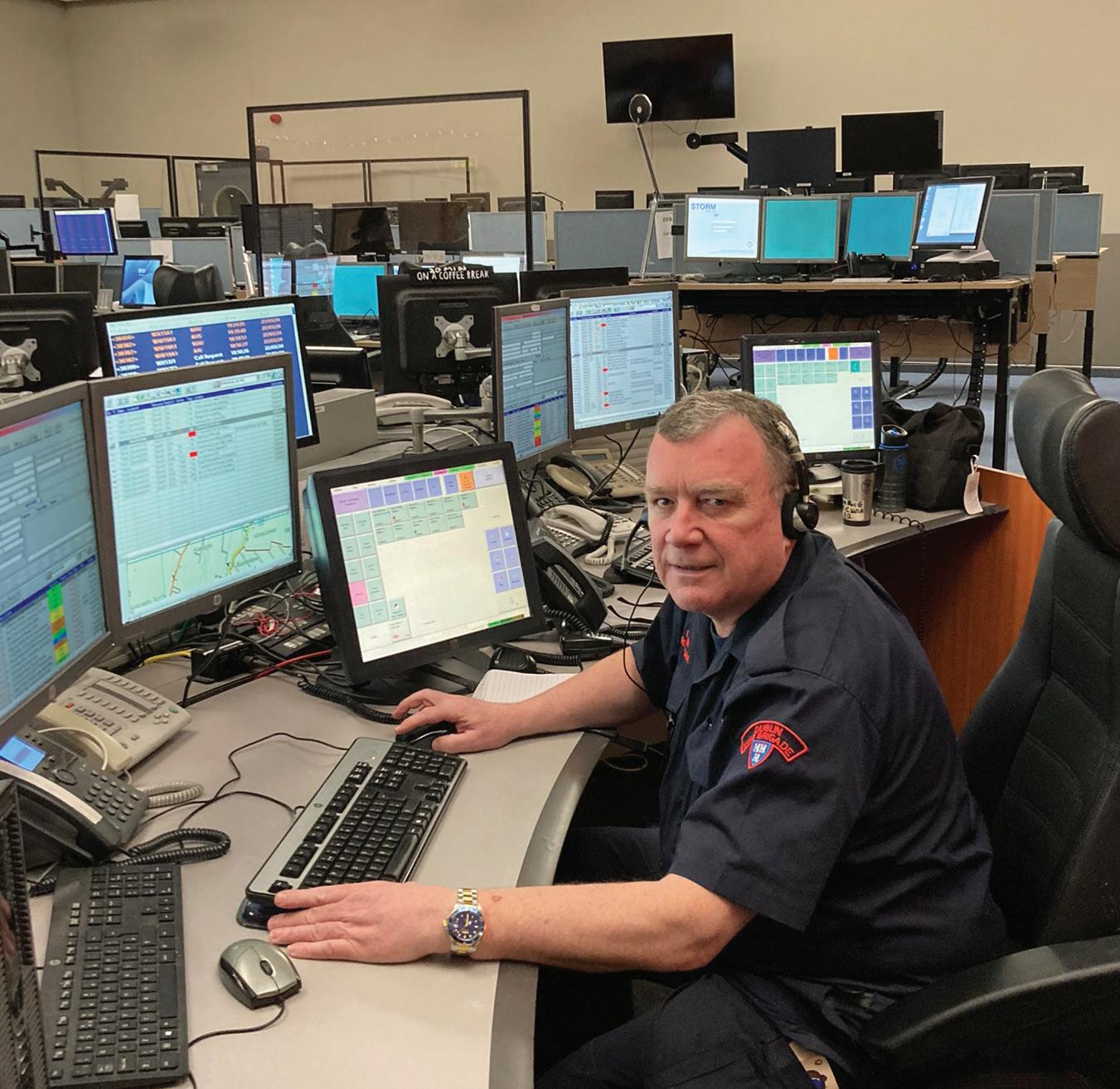
“A mutual regard and understanding of the roles of those in the ERCC sta and operational Fire ghters” he says, “can only be a good thing, allowing for a more professional, e cient and quality service provision.”
He adds that the ERCC appreciate the demands of those on the Ambulance and Fire Engines and also try to ensure that the crews are provided with relief during the shi , in order for them to avail of time to access food or just a break. ey do this by contacting the Mobi and Station o cer in charge of that crew and then dispatching a cover crew. S/O McCann says they will also monitor the type of incidents being handled and try to ensure that there is a fair distribution of cases and work between the 14 ambulances and Fire Engines.
He actively encourages ERCC sta to use the Mess Hall in HQ and the gym, and generally mix with the operational sta to allow a greater team spirit and sense of cohesion between the crews.
D/O Rob Tierney
Sub-officer Paul McCann
Sub-Officer D Mulligan
L McGabhann
L Adamson
C Lynam
R Kenny
K Finlay
K Cullen
F Gregory
M Conway
R Kennedy
M Dolan
A Haughey
D Berry
N Maypotter
A McGowan
ESC Tess Scully
ESC Ian Thompson
ESC Cian Murphy
ESC Amy Kelly
ESC Tracey Murphy
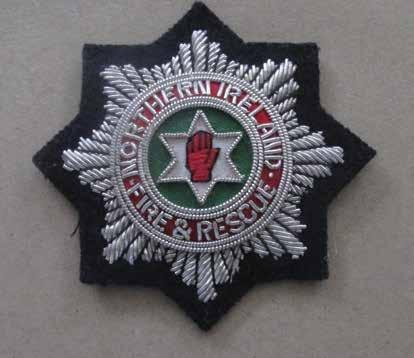
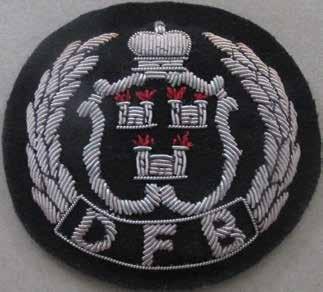


Cap Badges Unearth a Rich Fire Brigade History, writes Las Fallon
Those who know me know I have an interest in Irish fire service history. Along the way I also developed the habit of collecting items relevant to that history. Antique and vintage fire helmets fascinate me, and I`ve been collecting them for years, but another offshoot of that hobby has been trying to collect Irish fire service cap badges.
When I joined Dublin Fire Brigade in the 1980s, fewer than half of the Irish brigades used a distinctive cap badge,
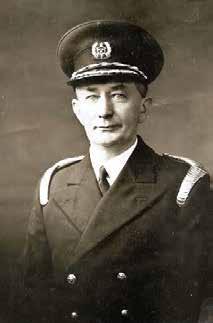


I’M FAR TOO OLD TO HAVE HEROES, BUT IF I DID, JOE CONNOLLY WOULD BE MINE”
and many brigades simply wore a generic fire service badge. Some places had very unusual and striking designs: Cork City, Limerick City, Waterford City, Drogheda and Dundalk all had cap badges designed for their own brigades.
Over time I collected all the available designs (begged, borrowed, and bought!) and have tried to get examples of new ones as they came into use in more and more brigades. I have never had a totally full set, as some brigades seem to change design regularly, and I suppose chasing down new examples is part of the challenge. I`m always looking for new examples, both of new and early designs, so if anyone out there has some, give me a shout. I`m not hard to find via Firecall or otherwise.

This article is about some unusual cap badges that I managed to find over the years. Any collectors or budding collectors might be interested - the rest of you can simply skip these two pages!
Dublin Fire Brigade as we know today it is an amalgam of five brigades. The city fire service founded in 1862 has, over the years, taken in four other brigades: Rathmines, Pembroke, Dún Laoghaire, and the County Dublin fire service formerly run by the old Dublin County Council. Each had some distinctive insignia and I`ve managed to track down examples, but perhaps the most
unusual cap badges I have come across along the way are the embroidered cap badges of two of the early DFB Chief Officers.
I`ve written about Joe Connolly in a number of books and several articles over the years. The man fascinates me. I`m far too old to have heroes, but if I did, Joe Connolly would be mine. He was a member of the DFB in 1916, but also a member of the Irish Citizen Army. On 24 April, 1916, on hearing of the Rising from his brother Sean, killed later that day at City Hall, Joe left Tara Street and changed uniform. He fought in the Rising and was imprisoned afterwards.
On his release, he returned to Dublin Fire Brigade, was restored to his position, (complete with back pay for the period he had been away) continued his Republican activities throughout both the Tan War and the Civil War, and later rose through the ranks to become Chief Officer in 1928.
Some years ago, I acquired two woven DFB attributed cap badges following an auction in Dublin. Simply turning one over stopped me in my tracks. Still sealed into the cellophane package it was kept in when made was a DFB Chief Officer’s cap badge marked to Joe Connolly. Photos from the period show him wearing this, or an identical, cap badge.
The other cap badge was similar but had the addition of ‘DFB’ embroidered into it. A small bit of research showed it was the cap badge worn by Joe’s replacement as Chief Officer, Major Comerford.
James Comerford came to Dublin in 1938. He was a major (an Irish Army rank at that period) in the Corps of Engineers. He was considered an expert on Air Raid Precautions (ARP) and civil defence generally and, in view of the coming war, he was chosen as CFO for Dublin. He was the first in what would be a line of ex CoE officers to lead the DFB over the years.
HISTORIANS AND COLLECTORS ARE CUSTODIANS OF OUR PAST, AND OWE THE MATERIAL WE ACQUIRE SAFE PASSAGE TO THE FUTURE”
James Comerford had joined the National Army during the Civil War as a Lieutenant in the Railway Protection Corps, and so had been on the opposite side in that war to his predecessor Joe Connolly who was active on the Anti-Treaty Executive Forces side (while also a serving DFB member). Comerford had remained in the army following the Civil War and his background in engineering had led him into the Corp of Engineers, where he rose through the ranks.
I believe that both cap badges had originated with the old John Ireland uniform manufacturers in Dublin, and may have been sample patterns for each CFO’s uniform.
It`s just an example of how forgotten history can sometimes re-surface in unusual places. I also include photos of two embroidered CFOs/ senior officers cap badges from my collection, which are still in use at opposite ends of the country in Cork City and NIFRS. Perhaps Dublin might consider returning to them at some point.
Apologies for the poor quality photos of Joe Connolly’s cap badge. It is still sealed in that original cellophane bag and will remain there safe from dust, mites, moths or any other potential damage as long as it remains in my care. Historians and collectors are custodians of our past, and owe the material we acquire safe passage to the future.
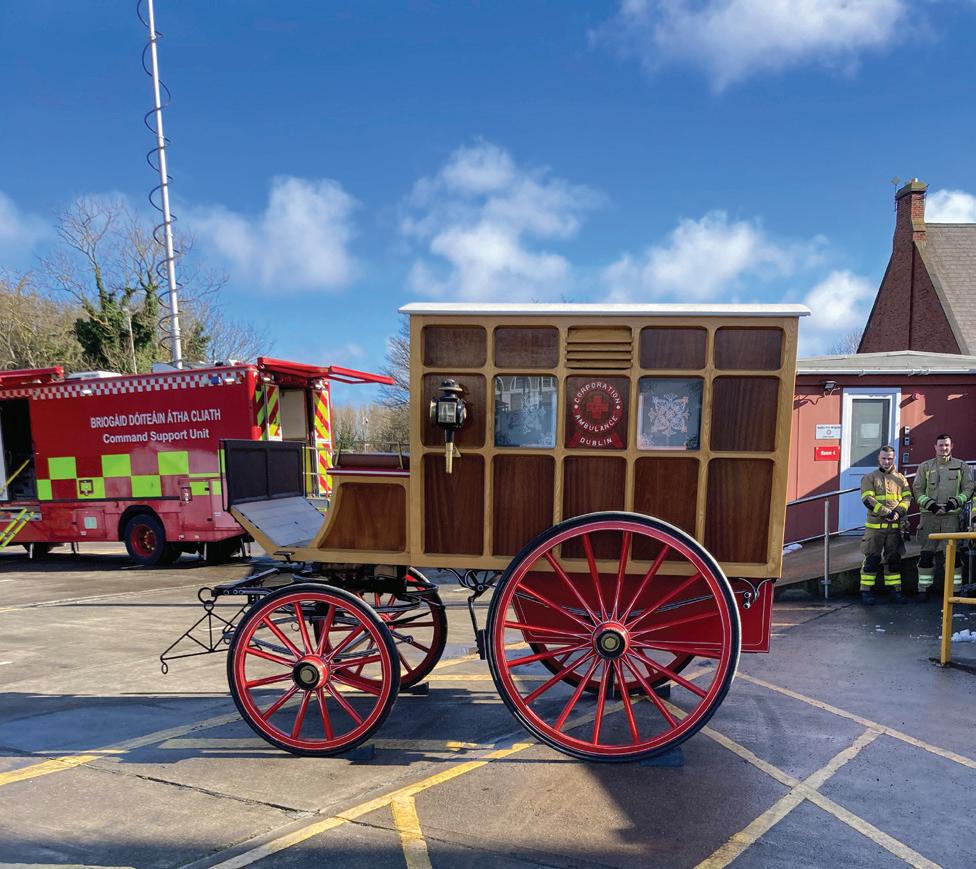
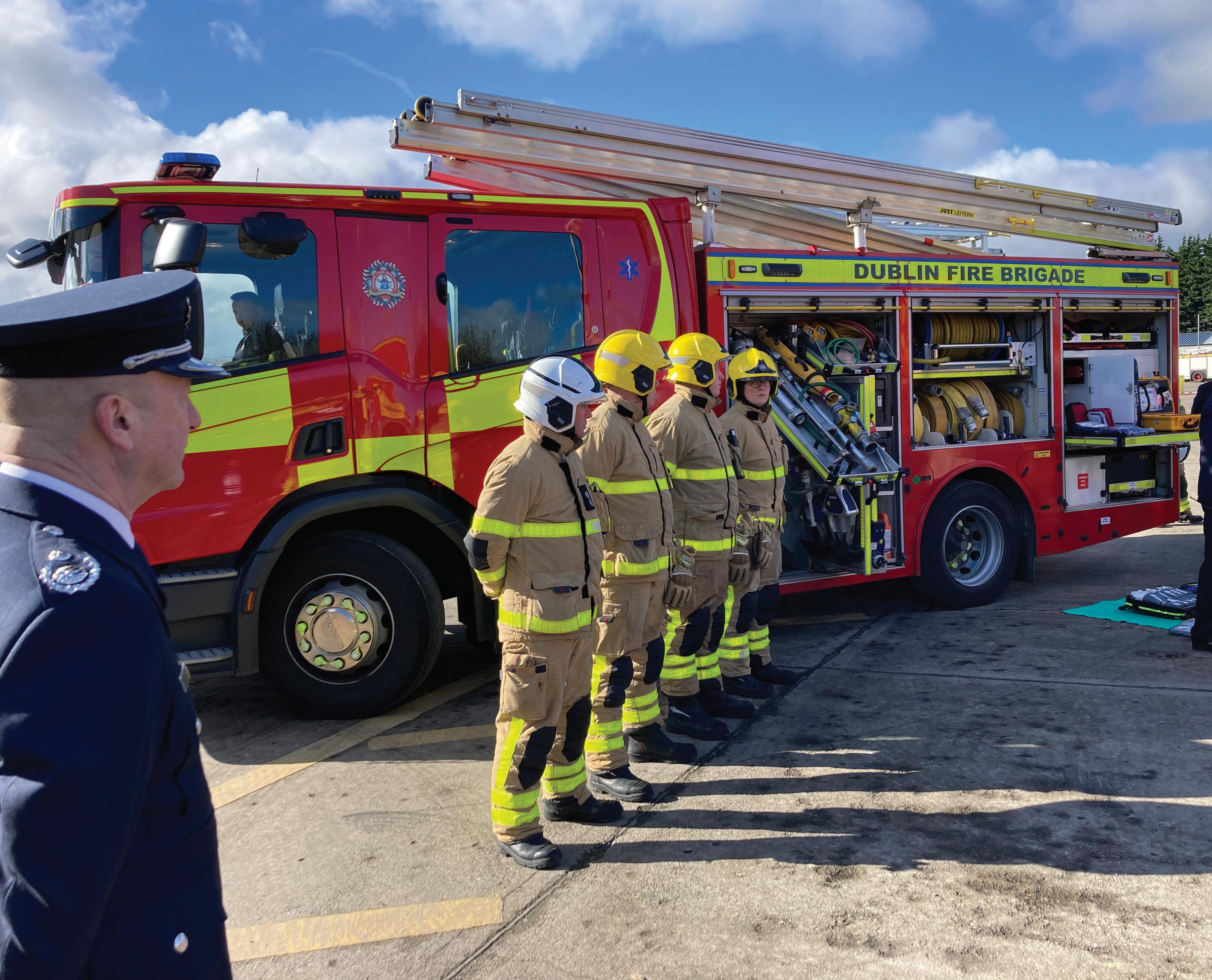
The Exhibition Celebrating 125 Years of DFB’s Ambulance Service was Launched at the Training Centre in March
As a celebration of Dublin Fire Brigade Ambulance’s 125th year serving the people of Dublin, a new exhibition detailing the development of the service has been created by Brigade Training O cer Brendan Carroll, FF/P Darren Donovan and A/S/O Stephen O’Reilly.
Launched on 2 March at the Training Centre, it is on show so that all DFB members can learn about and appreciate the evolution of this service and the role they play within a proud history.
e content of the exhibition has generously been shared with Firecall and can be seen in the following pages, with thanks to the contributors mentioned above.
On a cold Saturday morning, guests could see a selection of DFB uniforms from throughout the years, as well as several models in specialist gear, as they made their way down the corridor of the Training Centre towards the exhibition space.
BTO Carroll welcomed those in attendance before MC D/O Hugh

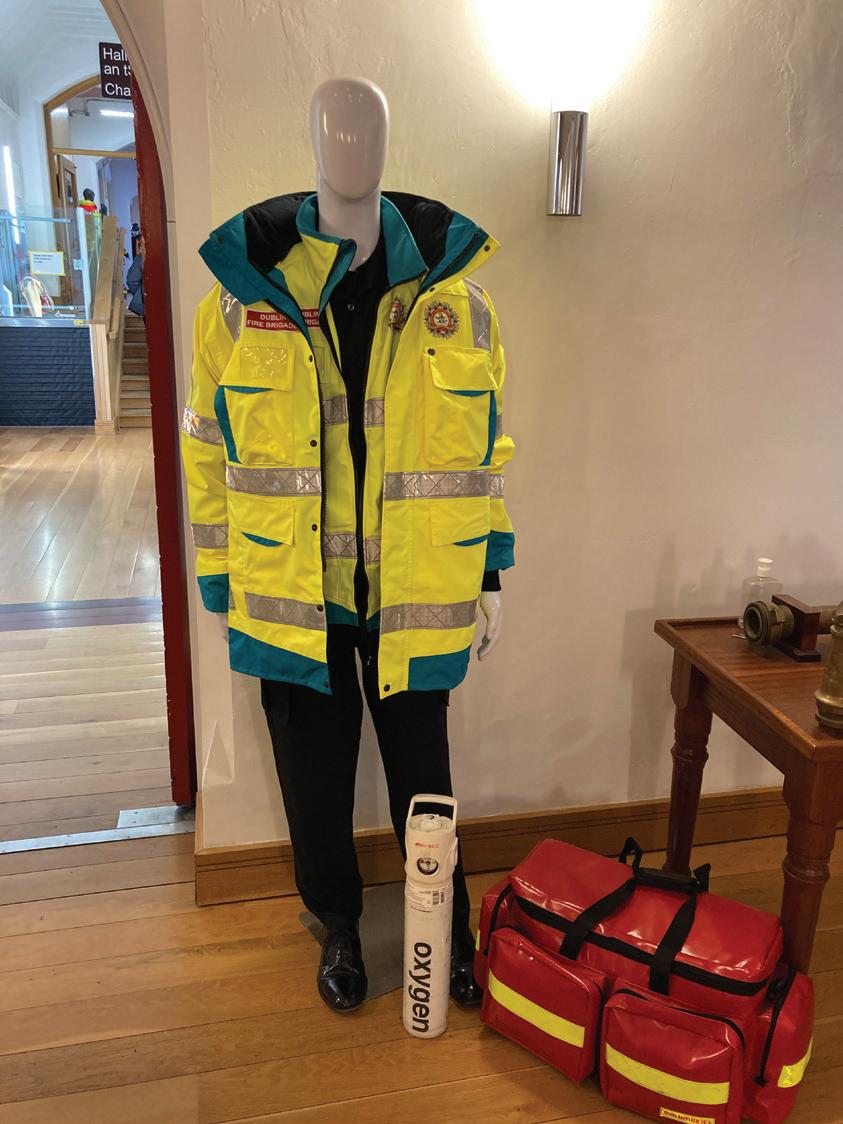
O’Leary introduced CFO Keeley to the stage to praise the work of those who created the display and the DFB paramedics in general.
CFO Keeley said it was a great honour to be Chief Fire O cer at a time when such a landmark is being made, adding: “While we mark this milestone, we must also recognise the people serving today and those who have gone before us who made such a crucial contribution to society.”
Minister Darragh O’Brien, who couldn’t attend in person, recorded
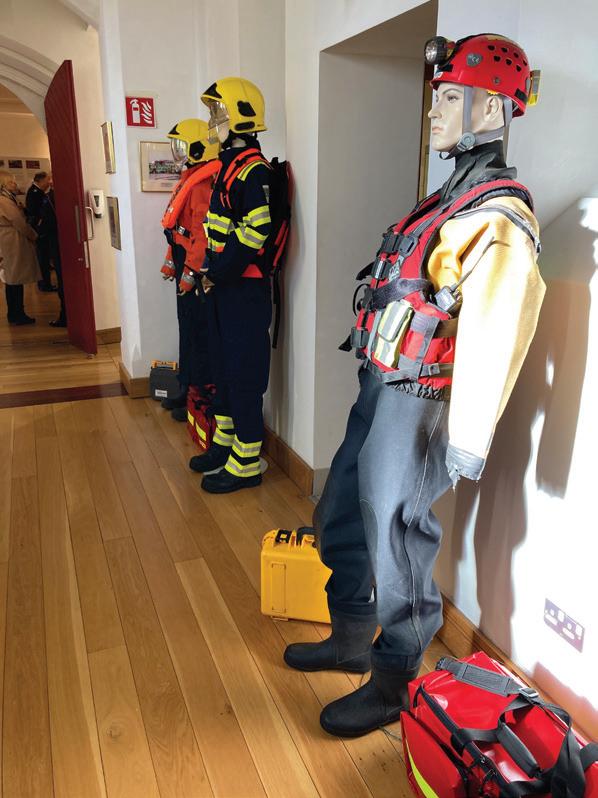
a video message thanking DFB’s ambulance service for the work they have done for the last 125 years, before historian Donal Fallon gave an excellent talk about the history of the service.
He pointed out that while the display shows the “big days” in the 125-year history, “it is not just the big days that the DFB ambulance is there, they are there every day and night, for the last 125 years, and that should be remembered.”
With the walls of the room adorned with a fascinating timeline of major DFB Ambulance events and milestones, attendees were able to very quickly gain an appreciation for the service provided since 1898, but there were further spectacles to enjoy as guests were brought outside to see DFB personnel
carry out skills displays that showcased how they combine the re, rescue and paramedic role with a patient-centred approach.
ese included a BA re rescue, vehicle extrication, Hi-Line rescue, HazMat scenario and CPR demonstration, as well as a tour of the vehicles, tools, equipment and other resources used by DFB personnel. Each display was carried out with an explanation for the crowds of what was happening and the skills required to carry out the job successfully, and all involved must be congratulated on a great job.
D/O O’Leary summed up the proceedings nicely, saying: “We are a re and rescue ambulance service, and it is world class, and what you have witnessed here today is world class, so we are extraordinarily lucky as the people of Dublin to have this service for 125 years.”
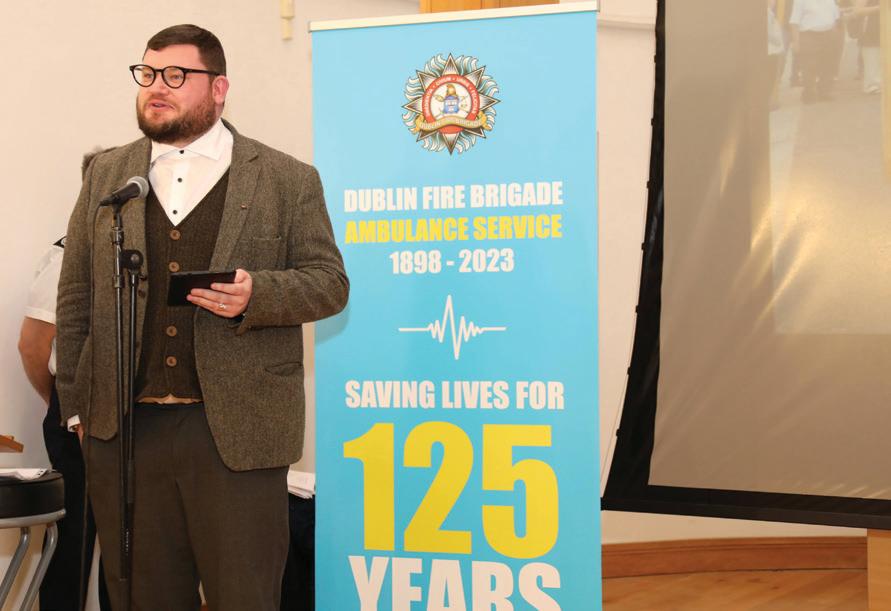
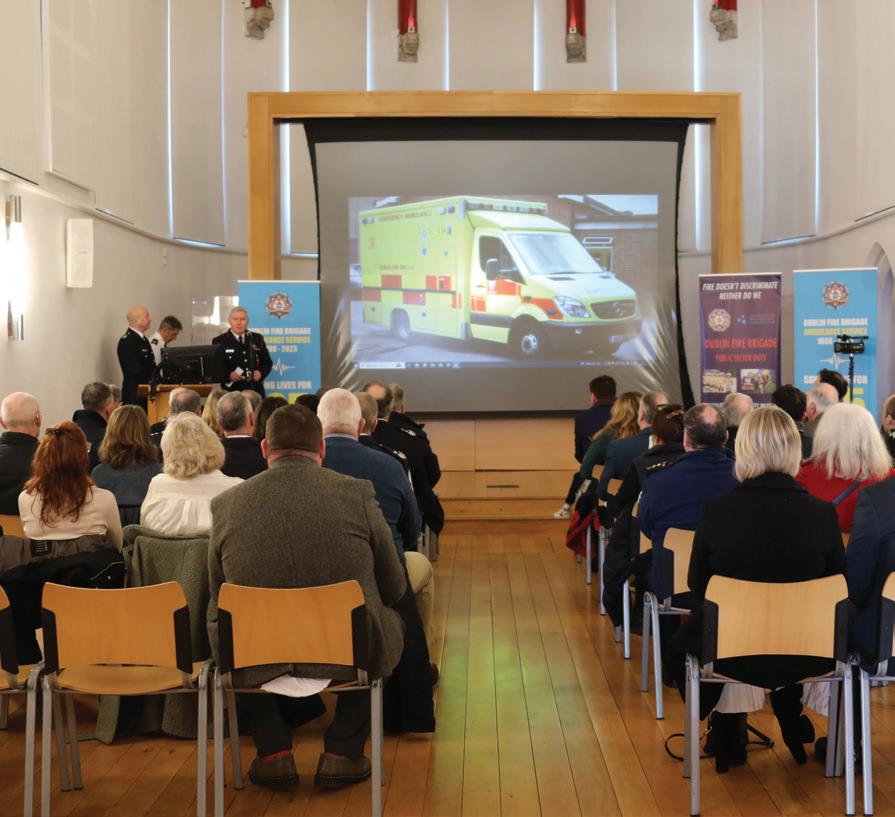












Specialists in the Fire Retarding of all curtain fabrics, ready-made curtains and nets, also all types of upholstery fabrics to the relevant British & International standards, either in our factory or in-situ.
We also offer a comprehensive stain & liquid repellent protection for all your upholstery needs.
Should you have any queries or require and further information, please do not hesitate to contact the number below.





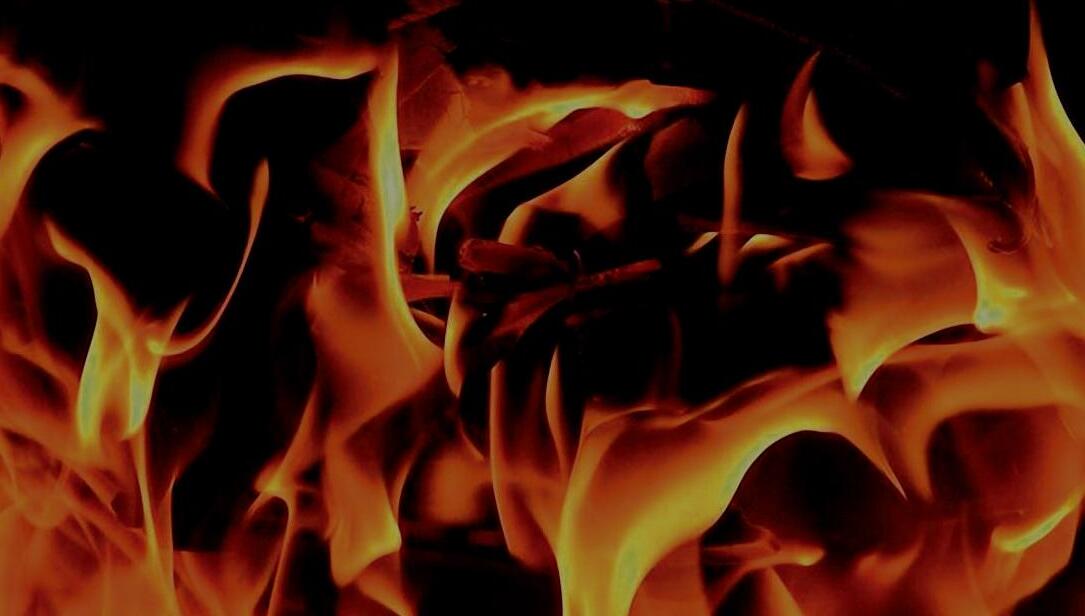



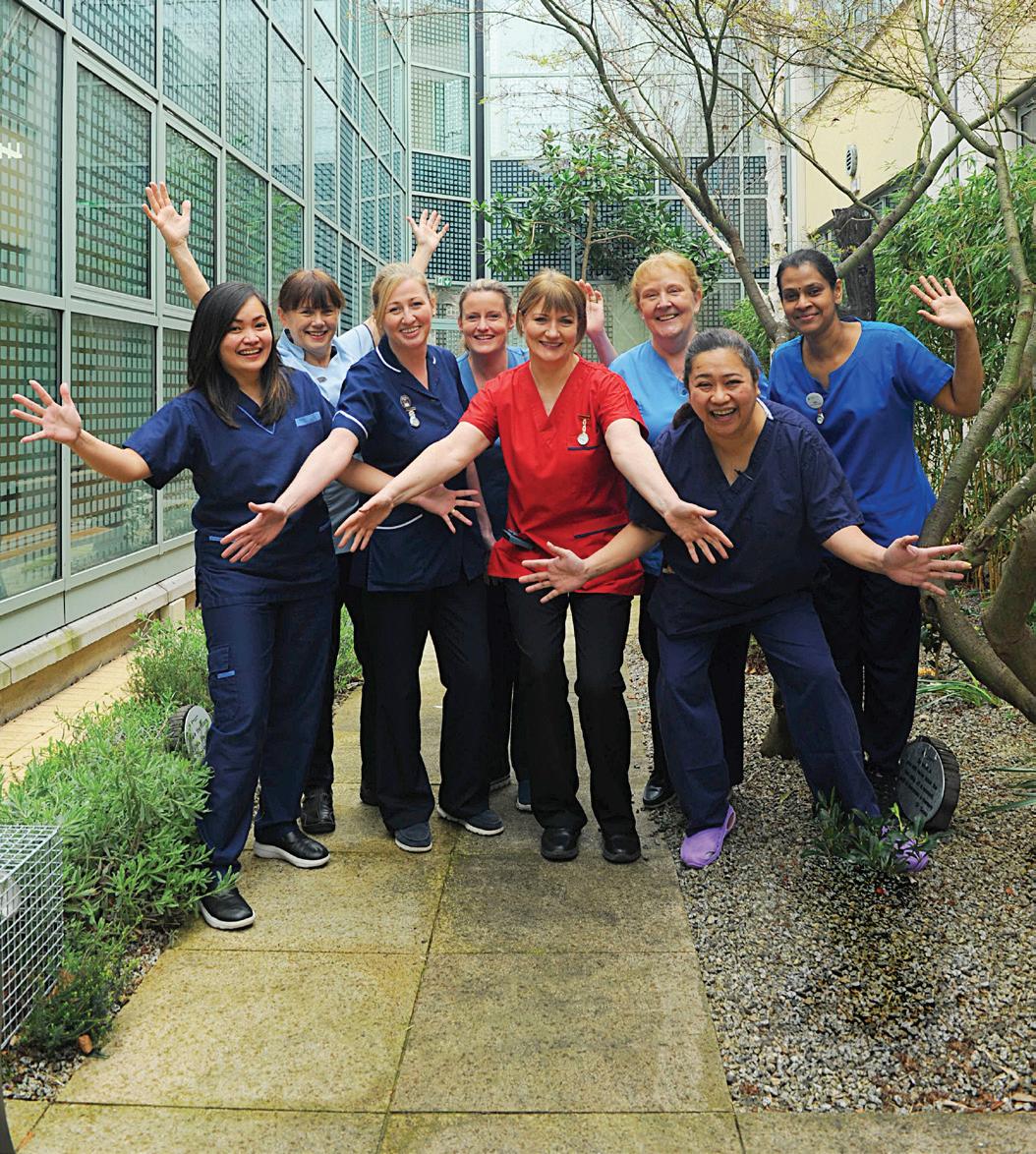
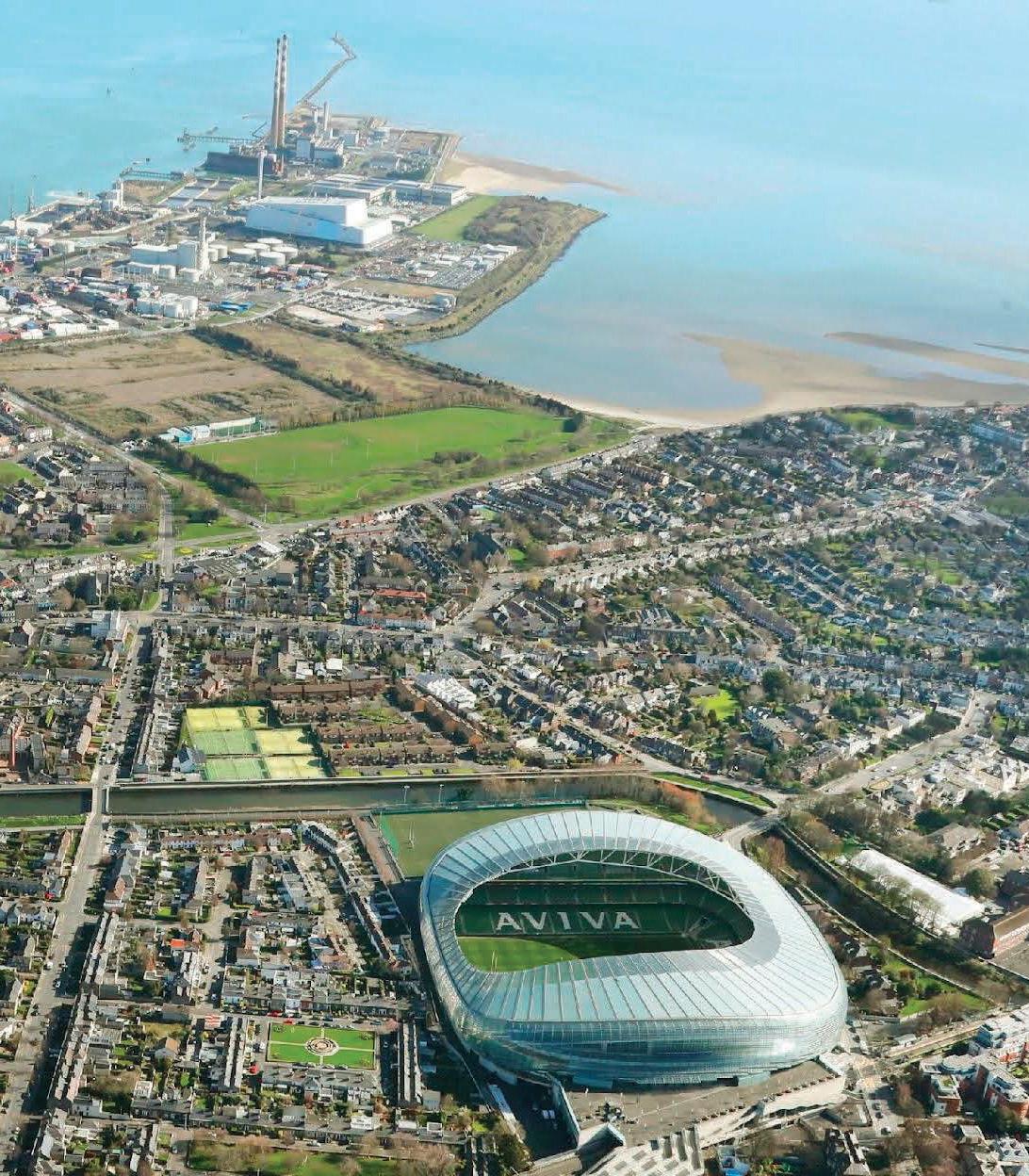




Stadium: Data Classification Code - General (Class 1) Aviva Stadium has declared its commitment to the United Nations Sports for Climate Action Framework
We, the signatories to the Sports for Climate Action Initiative support the goals of the Paris Agreement in limiting global temperature rise to 1.5 degrees Celsius above pre-industrial levels.














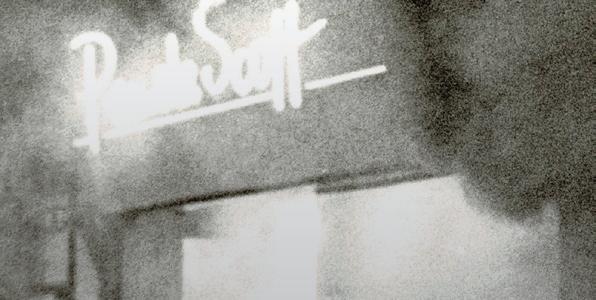
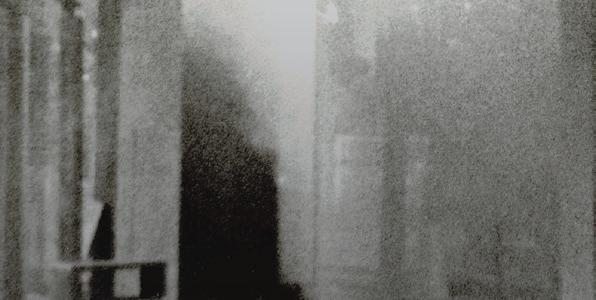

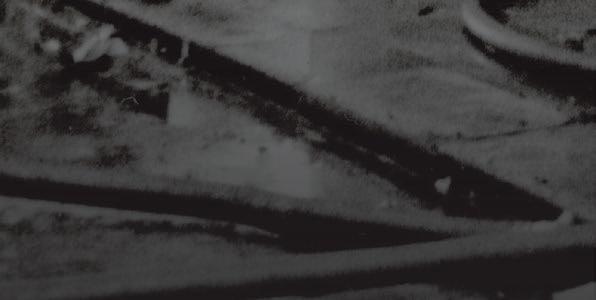








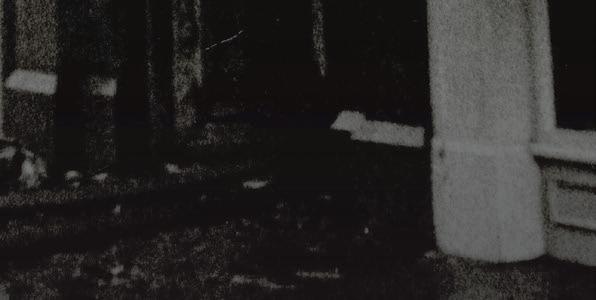









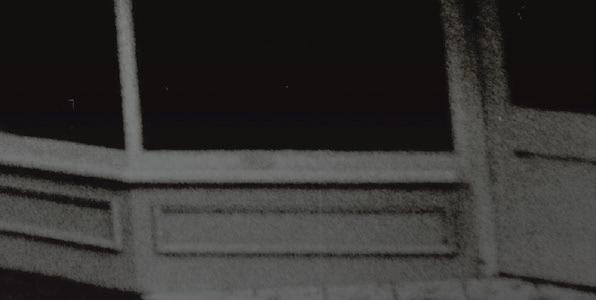



From DFB’s foundation in 1862 until 1898, injured parties at a fire ground were brought to hospital on either fireman’s horse-drawn appliance, the brigade’s tool cart or hose wagon, or any other transport available at the scene.
As a result of this unhygienic practice as a form of medical transport, the Dublin Corporation commissioned a horse-drawn ambulance. A delegation made up of the Lord Mayor, Councillors Little, McCabe, Smyth and Meagher, City engineer, City Architect and Chief Fire O icer Purcell was tasked with looking at other brigades. The delegation was instructed to visit Belfast, Glasgow, Edinburgh, Liverpool, London and any other cities deemed relevant in order to view the best and newest systems. The delegation visited these cities from 20 to 27 October 1897, reporting on 2 November 1897. During a visit to Belfast Fire Brigade in 1897, Purcell witnessed their brigade’s horse drawn ambulance in use. On his return, he designed a similar but improved vehicle, for use in the Dublin Fire Brigade. In 1898, the new ambulance was designed entirely by Chief Purcell and built in Dublin by Jessop Brown at the City Wheel Works at a cost of £97. It was a fourwheeled enclosed vehicle with solid rubber tyres, drawn by two horses and crewed by three firemen. The space beneath the driver’s seat held a battery to supply electric light, as well as bandages, splints, etc. The interior was 6ft 3in long, 4ft 6in wide and 5ft 10in high, with louvres on both sides and at the rear. There were two folding stretchers, one suspended above the other, the upper one supported by folding stays hanging from the roof, the lower one resting on upright supports fitted with joints enabling them to fold down level with the floor so that there was no obstruction when stretchers were being inserted into the wagon. Training for ambulance work had already commenced in 1898, with ten firemen from the central station selected to be instructed by a Dr J H McAuley with the assistance of a sergeant-major from the army medical corps. By the time the new ambulance arrived at the end of the year, the firemen had become very proficient in first aid and the use of splints and bandages. In December 1898 the arrival of the brigade’s new vehicle was given wide publicity in the newspapers and much favourable comment, with the skill of Purcell in designing such an excellent ambulance noted and acknowledged. The introduction of an ambulance service operated by the fire brigade was a tremendous boost for the people of the city. This ambulance proved to be a great success and was of such excellent workmanship that a second ambulance was ordered from Brownes in 1901 at a cost of £108. One of the most valued services by the citizens of Dublin City & County is that of the Dublin Fire Brigade (DFB), fire-based emergency medical service (EMS). DFB’s fire based EMS service’s foundation is reliant on a dedicated, highly educated and skilled brigade of first responders. A brigade that has been ready to respond in the times of need of the citizens of Dublin for 125 years. Spanning through three centuries, changes have occurred in our means of transport, skill level and uniform, but the one element that has not changed is our ethos of public service and pride in the service we provide.

On 4 January the steam-trawler, The Curlew, was engaged in fishing approximately 25 miles north-east of the Rockabill Lighthouse when a serious accident occurred around 1am. The vessel’s fishing net became entangled with an underwater obstruction, resulting in the snapping of one of the steel lines. This unfortunate incident caused severe leg injuries to crewman Thomas Smyth and another crewman. In response, the ship’s captain changed course, heading for Dublin’s South Quay. When the emergency call was promptly placed to the Central Fire Station, firemen Tom Dunphy, Joe Kiernan, and William O’Brien slid down the pole into the engine room from the dormitory overhead. The horses at the rear of the engine room automatically freed themselves from their stalls, and rushed up to their places in front of the carriages. In a matter of seconds the harnesses hanging overhead were dropped onto their backs and patent couplings adjusted. On arrival, the firemen immediately provided essential first aid to the injured men. Smyth’s injured legs were carefully bandaged and splinted, and he was safely placed on a stretcher before being transferred to the ambulance. He was then transported to Sir Patrick Dun’s Hospital. Tragically, Thomas Smyth succumbed to his severe injuries and passed away two days later.
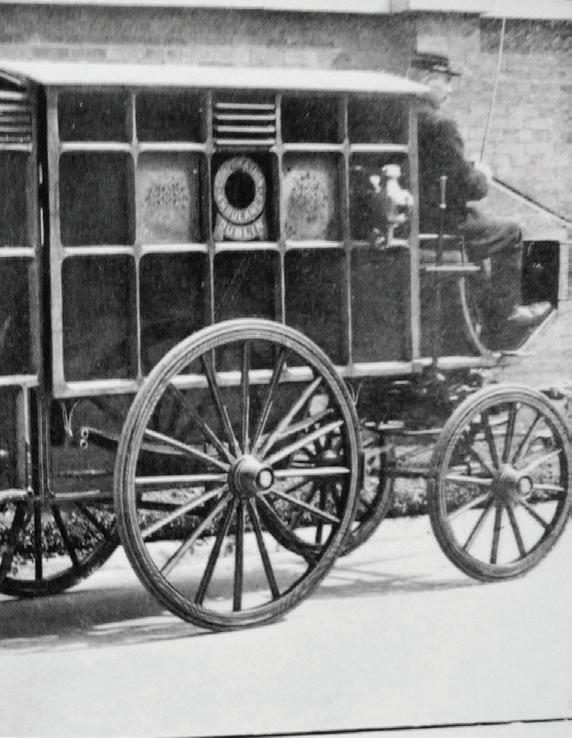
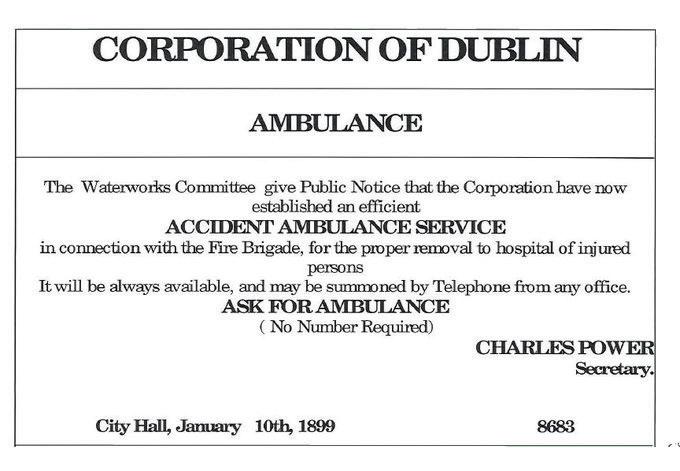
On 10 January, 1899, the Dublin Corporation made an o icial announcement through newspaper advertisements, heralding the introduction of an accident ambulance service on the streets of Dublin. This service, in line with Chief Purcell’s recommendation, set a fee of £1 for private individuals utilising the ambulance, while it extended its assistance free of charge for street accidents. This marked the commencement of a muchneeded and highly valued service by the Dublin Fire Brigade. The presence of a properly equipped ambulance crewed by skilled first aiders had now become a reality. In its inaugural year of operation, this service promptly responded to 537 calls. Recognising the demand and success, a second ambulance was commissioned in 1901, with Jessop Browns undertaking its construction at a cost of £108.

In 1913, Chief Purcell obtained approval to acquire a motor-driven ambulance and immediately embarked on designing the vehicle while issuing advertisements in newspapers for the contract. His recommendation favoured Leyland to secure the contract and produce a chassis according to his precise specifications, featuring elongated, flexible springs and a compact wheelbase. Initially, the design included a 14-horsepower engine with 1,000 revolutions per minute, but after consultations with seasoned motorists, Purcell opted for a more potent engine. The choice of an 18 to 20-horsepower engine reduced wear and tear, eliminating the need to strain the machine during hill climbs. Leyland accepted the request to provide the more robust engine for an additional £20, making their tender the preferred choice. Consequently, the motor ambulance was procured for £540. Dublin Fire Brigade distinguished itself from other brigades by consistently financing its vehicle acquisitions from its own revenue, as opposed to seeking loans. This practice played a pivotal role in securing the support of the majority of councillors for the purchase of the new ambulance.
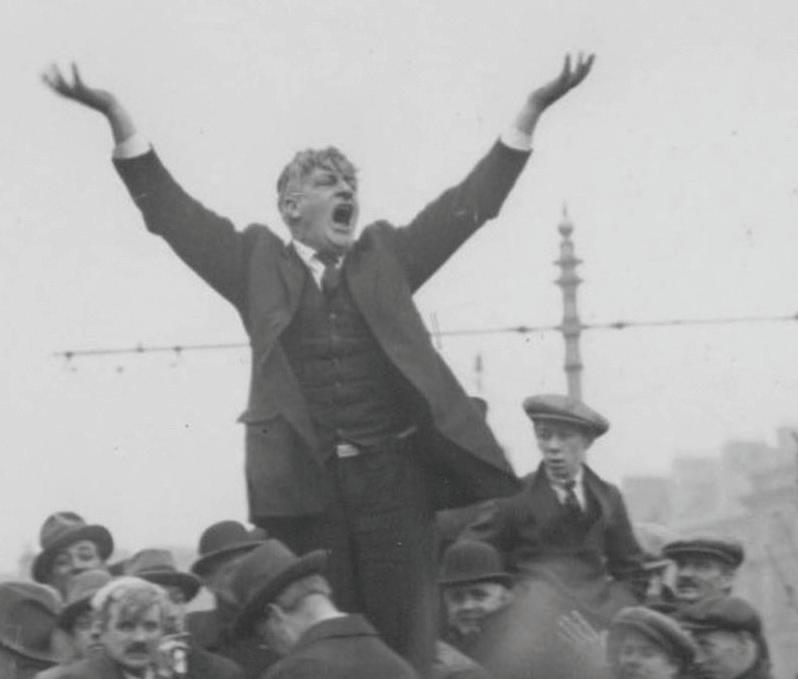
In 1913, Dublin witnessed a significant event known as the “Lockout.” This period left a profound impact on the Dublin Fire Brigade and its dedicated members. Firefighters, whose responsibilities often led them into people’s homes, were exposed to the severe poverty prevailing among the working class in the city. While the Fire Brigade did not directly participate in the industrial action of 1913, their sympathies were firmly aligned with those at the forefront of the labour dispute. The first week of September that year proved to be exceptionally turbulent, resulting in the tragic deaths of two striking workers, numerous injuries, and an immense strain on the ambulance services provided by the Fire Brigade. The most distressing incident unfolded when two tenement houses collapsed, trapping more than 50 residents. In the midst of this chaotic scene, a fire erupted, further complicating the rescue e orts. Undeterred, the firefighters worked tirelessly to free those trapped, all while contending with the flames. This harrowing experience left an enduring mark on the firefighters.

The striking crimson exterior, adorned on each side with a design featuring a red cross enclosed by a scroll bearing the inscription “Corporation Ambulance, Dublin” and the city’s coat of arms, garnered widespread praise for the newly introduced ambulance when it entered general service in January 1914. This ambulance incorporated numerous innovative features endorsed by Chief Purcell and o ered ample room to accommodate a driver, two assistants, and as many as four patients. By 1916, the Dublin Fire Brigade had expanded its fleet to include three motor-driven ambulances, further enhancing its capacity to provide e icient emergency medical services.
On 15 October, all three ambulances played a crucial role in the transportation of 643 wounded soldiers from the SS Oxfordshire to various hospitals. This arduous task spanned nearly four hours, and the Dublin Fire Brigade received valuable assistance from the Irish Automobile Club, which provided cars and drivers to handle non-stretcher cases. Since the outbreak of the First World War, the Brigade’s ambulance service had been consistently summoned to facilitate the transfer of injured servicemen from ships to hospitals and from hospitals to convalescent homes. Recognising the growing need, the Cinematograph Association, proprietors of the city’s cinemas, initiated a fund-raising e ort to acquire an additional motor ambulance. In November 1915, the sponsors of the Cinematograph Trade Ambulance Fund presented a fully equipped ambulance to Dublin Corporation. This new vehicle was designated for Red Cross purposes throughout the war, with ownership to revert to the Corporation after the conflict’s conclusion. The addition of this ambulance was a highly welcomed enhancement to the Dublin Fire Brigade’s capabilities and saw continuous duty during the Easter Rising of 1916. The Cinema ambulance continued in service until November 1930.

During the 1916 Easter Rising in Dublin, Dublin Fire Brigade played a crucial role in responding to fires, providing ambulance services, and rescuing injured civilians. Their firefighters and ambulance crews worked tirelessly for six days, often in dangerous conditions, including being fired upon by military forces. Ambulances made around 50 daily trips to transport the wounded and the dead, frequently encountering gunfire. Some ambulances were even hit by bullets, and a horse was shot in the leg during these missions. Despite limited resources, the Brigade saved numerous lives by extracting injured individuals from dangerous areas. However, due to the limited number of ambulances, they couldn’t attend to hundreds of cases during this tumultuous period. The city’s coroner, Mr Louis Byrne, commended the brave e orts of the Fire Brigade members and recommended recognition for their service. A proposal was made to grant a weekly chevron carrying one shilling to the station o icers and firemen who were on duty during the Rebellion. Additional bonuses were recommended for the Chief and Lieutenant Myers. The Dublin Trades Union Council expressed their appreciation for the Brigade’s services during the insurrection and hoped for some permanent recognition, both financial and decorative, as a tribute to their courage and humanity during that period.


In 1917, an incident at the North Wall in Dublin involved the Dublin Fire Brigade ambulance. The SS War Cypress, a grain ship from New Orleans on its maiden voyage, failed to disperse gas or fumes before unloading. Workers on the ship and the deck were overcome by gas. DFB firefighters Joseph Lynch and Edward (Ned) Doyle arrived with the ambulance. Lynch was overcome by gas when they tried to enter the hold, but Doyle managed to save several lives by tying lines to the a ected workers. Four men died, and more could have perished without Doyle’s actions. Although the firefighters’ heroism would typically merit a chevron for lifesaving, it was not granted due to concerns about additional costs for DFB members receiving wartime bonuses. They did receive £10 in recognition from the Carnegie Heroes Fund, £10 from the Admiralty Fund, and a Royal Humane Society bronze medal. Additionally, they were awarded the prestigious King’s Police and Fire Medal, an honour on par with the Victoria Cross, with the ceremony scheduled for July 2, 1919. In a surprising twist, Fireman Joseph Lynch refused the King’s Police and Fire Medal in April 1919, while accepting other awards.
On the morning of Sunday, 21 November, 12 members of the British Secret Service were shot by the IRA, the bodies of those killed were removed to King George V hospital (now known as St Bricin’s Military Hospital) by DFB ambulance. Later that afternoon Crown forces, including a large contingent of Auxiliaries, entered Croke Park, where a challenge football game was taking place between Tipperary and
Dublin. They opened fire on the crowd and inflicted heavy casualties including 14 dead. Again, the Dublin Fire Brigade ambulances were dispatched and among the crews who attended were Michael Rogers and Ned Doyle on the reserve ambulance alongside Joe Connolly and Michael Buckley on the motor ambulance.

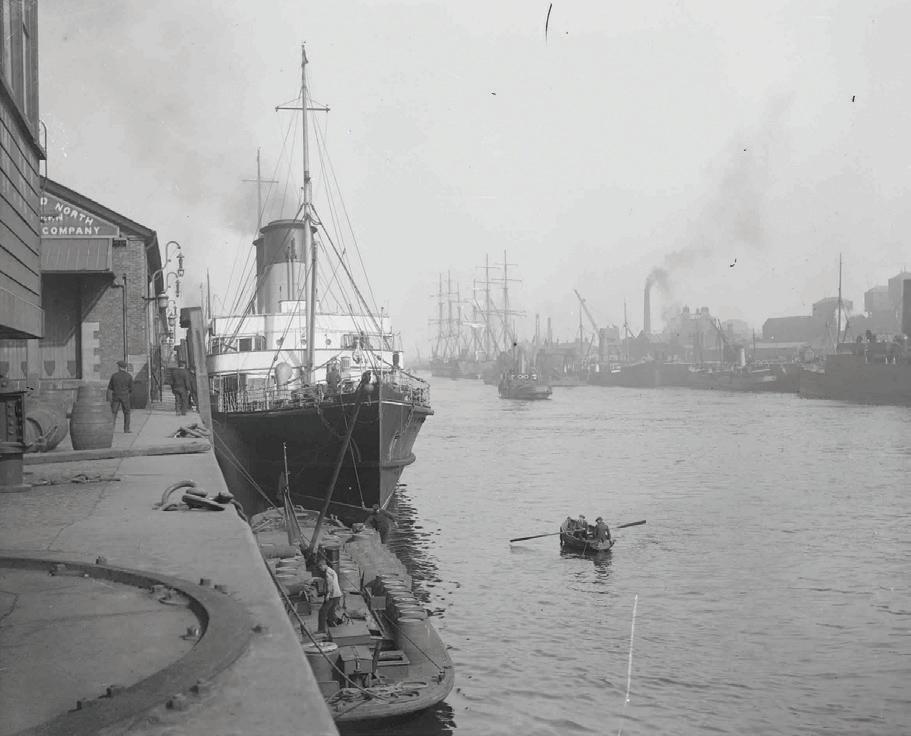





On 25 May, 1921, just after 1pm a section of the IRA entered the central fire station, closed all the doors and set about removing vital parts from the fire engines. Simultaneously the three sub-stations were raided and similar action was taken. At Thomas Street station a party of IRA took the Leyland pump to Crumlin where it was held for over an hour. By 1.45 pm telephone calls were being received at Brigade Headquarters reporting a fire in the Custom House, but the Brigade was prevented from turning out. Five minutes later, just as a party of auxiliaries arrived to find out why the Brigade was not responding, the ambulance drove out from the engine room with the IRA men concealed on board.

The huge workload on the Fire Brigade in that awful year revealed a problem relating to the ambulance service. Although the horse-drawn ambulances had been reduced to two-man crews, there was a shortage of trained ambulance personnel and the result was that some of the qualified ambulance men had to work continuously. To solve this, an important decision was made that in future all recruits would be trained in first-aid, as would the rest of the current sta . This led to an arrangement with the St John Ambulance Association to provide the necessary training courses. Thus began a fruitful agreement which was to last for more than 50 years. During 1924, 20 firemen attended a St John’s Ambulance training course in order to qualify as ambulance personnel. After 19 successfully passed the exam, all firemen, with the exception of drivers, were put on rotation for ambulance duties.


The purchase of two motor ambulances was approved in 1925, with the Chief O icer and the acting city engineer proposing either the de Dion Bouton or the Arrol Johnston as being suitable. However, the commissioners rejected the proposal saying that “since the Public Health Section is to defray the cost of providing the new ambulances, the Dodge built by Callow and Sons of Kevin Street, Dublin, shall be procured as the price only amounted to the sum of £293”. One new motorised ambulance added to the fleet in 1925 followed by the arrival of a second in 1926.
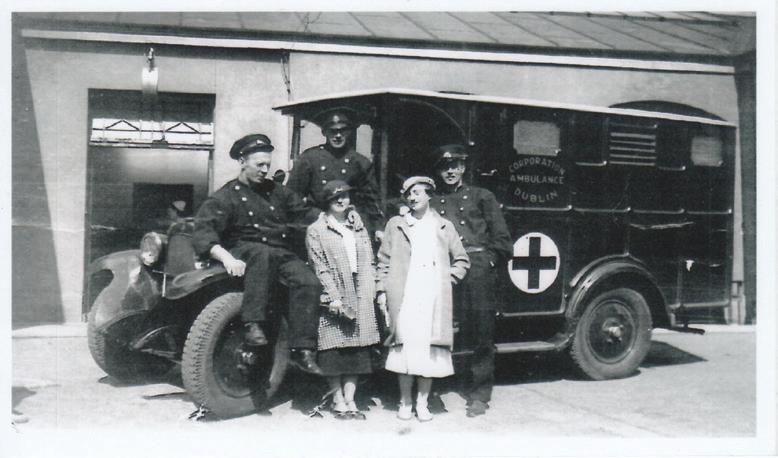
On the cold and stormy night of December 5, 1929, Dublin Fire Brigade faced a dangerous rescue operation on the River Li ey. Members of a Dublin University rowing team had their boat smashed on Island Bridge Weir due to the fast-flowing water, throwing them into the freezing river. Two individuals clung to the weir while the other six were washed over a ten-foot drop into a dangerous whirlpool. The Fire Brigade responded after 6pm. Under the light from the Chief O icer’s car headlights, they used drop lines to rescue the two men on the weir, pulling them to safety. A small boat was brought to the scene on the roof of an ambulance, and it was lowered into the river. With a fireman and two rowers on board, they reached the nearest island where two more victims were clinging to a tree. They secured the victims and then returned to the wall. A third drop line with a buoy was established to rescue those on the other island, and all four victims made their way across in a relay fashion. The entire rescue operation took more than four hours and was conducted under challenging conditions with strong currents. Fireman Curran, one of the rescuers, compared the river’s currents to Scapa Flow. The rescue was even more remarkable given the severe weather conditions, with winds up to 65mph and heavy rain causing damage and fatalities along the east coast on the same night.
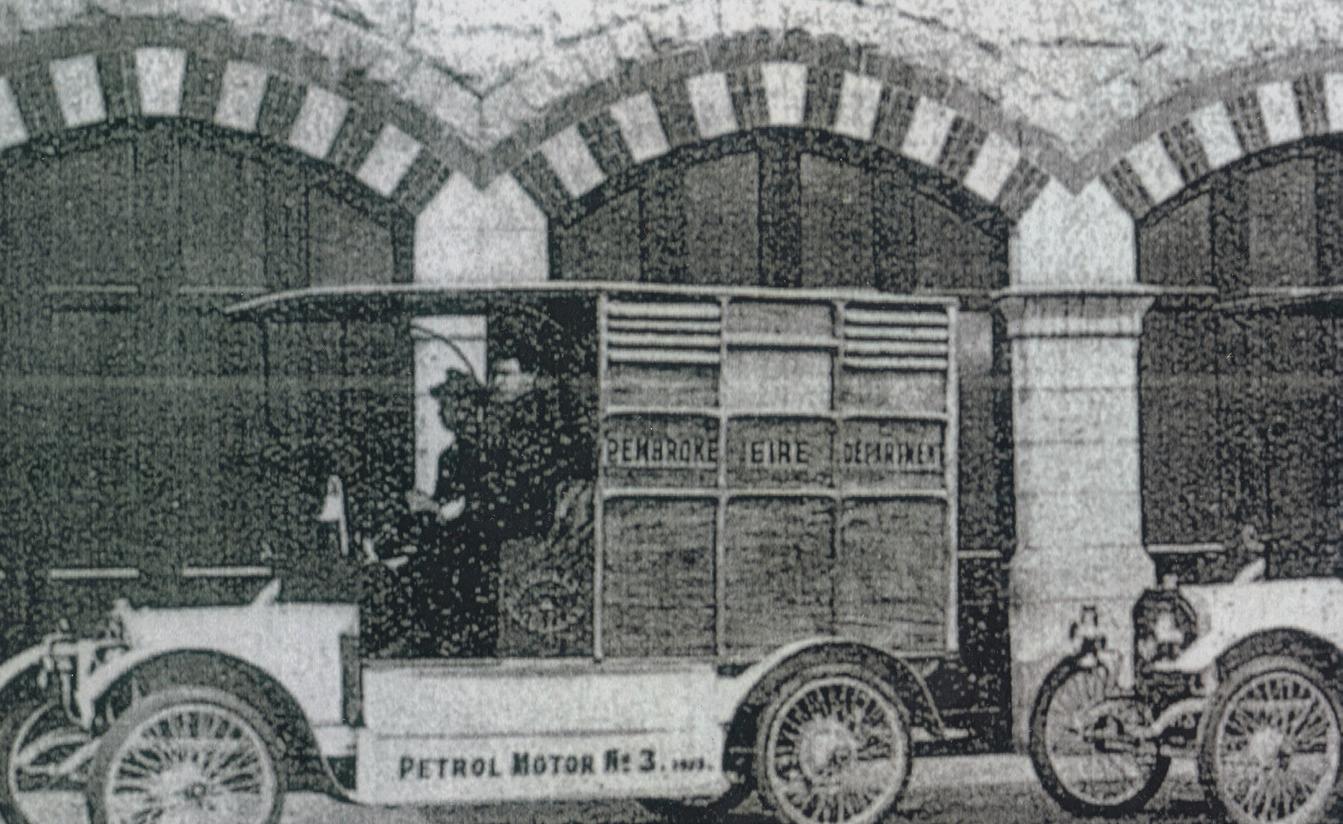
DESPITE THE FIRE BURNING UNTIL THE EARLY HOURS OF THE MORNING, THE BRIGADE COULDN’T EXTINGUISH IT.”
Ambulance charges, which had again become an issue of discussion, were still calculated on the basis of £1 for “private cases” (non-accident) within the city boundary and two shillings per mile outside. Poor persons within the city were removed free of charge but this led to regular questioning of charges, refusal by some to pay and claims of impoverishment by many when billed. In all these cases a doctor’s certificate had to be supplied to the ambulance crew stating that the patient was not su ering from any infectious/contagious disease. Maternity cases were treated as accidents and removed free of charge. Captain Connolly sought a change to this system because it tended to reflect badly on the Brigade when bills were reduced following representation to the legal or finance sections of the corporation.
In 1933 the old Pembroke ambulances were replaced, “being worn out and beyond repair, the makers now no longer in business”. The two BSA/Knight ambulances had first come into service in 1913. The Pembroke Fire Department had been set up to cover the areas of Donnybrook, Ballsbridge, Sandymount and Ringsend, formerly part of the estate of the Earl of Pembroke. Like Rathmines it later became part of Dublin Fire Brigade in October 1930.

On October 5, 1936, Dublin Fire Brigade responded to a fire incident at 164 Pearse Street. Despite reports of everyone being evacuated, a search of the buildings was conducted, and firefighting e orts commenced. Unfortunately, water supply issues soon became evident, and a series of explosions occurred. In the chaos, three firemen, Tom Nugent, Robert Malone, and Peter McArdle, went missing, and their absence wasn’t immediately realised by those in authority. The fire rapidly engulfed the buildings, with massive flames and collapsing roofs. Despite the fire burning until the early hours of the morning, the Brigade couldn’t extinguish it. After the fire had cooled, firefighters embarked on a hazardous search for their missing comrades. They eventually discovered their charred remains and removed them from the scene. With the help of o -duty firefighters and the public, the search continued until the third victim was found, buried beneath the rubble. It was a tragic and harrowing incident that unfolded over the course of the night and into the morning.

Fireman John Darmon, a motor mechanic who helped to service the Brigade engines, died in the engine room pit in Tara Street. He was electrocuted and died on 23 August 1938, while repairing an ambulance engine. He was 39 years of age and left a widow and four young children. The alarm was raised by the son of one of the firemen who lived in the station, having witnessed the unfortunate accident. The widow was paid £600 under workman’s compensation.

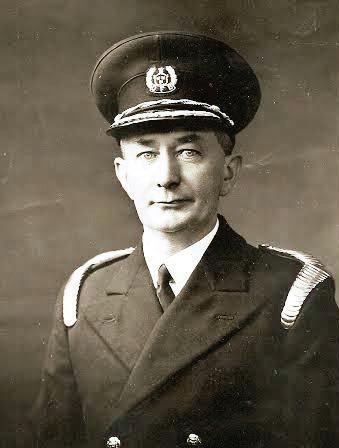

In April and May 1941, Belfast was bombed by the German Luftwa e, resulting in heavy loss of life, many injuries and large-scale damage to property, especially working class housing. In response to a request for help, firefighters and ambulances were sent from Dublin Fire Brigade and other brigades to assist. The Chief Major Comerford assembled Dublin firefighters from all stations in Tara Street, telling them Belfast had been heavily bombed, and that De Valera had instructed him to give as much assistance as they possibly could to their unfortunate fellow countrymen. Between 01.30 and 02.10am on Saturday, 31 May 1941, four bombs were dropped on Dublin, resulting in 34 people being killed and 90 injured. Dublin Fire Brigade pumps and ambulances attended to extinguish large fires and then began the rescue work. The injured and maimed were removed from beside the dead as the stillness of the summer morning was shattered by the clanging of ambulance bells, the roars of fire engines and pumps, the thudding sounds of collapsing buildings and, strangely above all, the plaintive cries of the injured and the shouted orders of the rescuers. The oncoming Watch in the fire stations joined those already at the scene and those on leave were called in from their homes to cover the fire stations. Throughout the day ambulances made their way to hospitals.
In March 1948, Major Comerford resigned from the Brigade to take up the new appointment of fire advisor to the Minister for Local Government. One of his last orders highlighted the shortage of sta in the Dublin Fire Brigade: He stated that “Number 2 District Ambulance (Rathmines) will be put out of commission while the first turnout (fire engines) is engaged on a fire call”. He had introduced a system of having a leading fireman on each ambulance and a bucket of chimney rods and a stirrup-pump also on board to deal with chimney fires. His impact on the Brigade, particularly during his early years, had been monumental, and much of the needed reorganisation that he carried through was still in evidence up to 40 years later.

In September 1961 a huge tragedy was averted as the Brigade responded to a call from Dublin Airport where a DC aircraft with 69 passengers and a crew of four overshot the runway to crash onto the main Dublin-Belfast Road, narrowly missing passing cars. 20 passengers received minor injuries while three sustained serious injuries and were removed for treatment by Brigade ambulances. Also this year, a bell was trialled on one of the ambulances. The Corporation announced to that Press, that it would “put bells on the others if the experiment was successful”. Before then ambulance drives depended on the car horn to warn pedestrian and other road users of the oncoming ambulance.
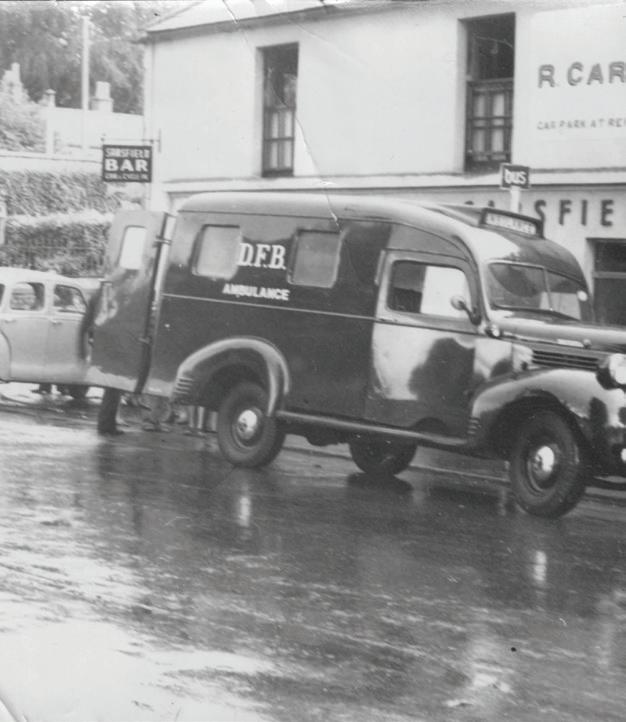

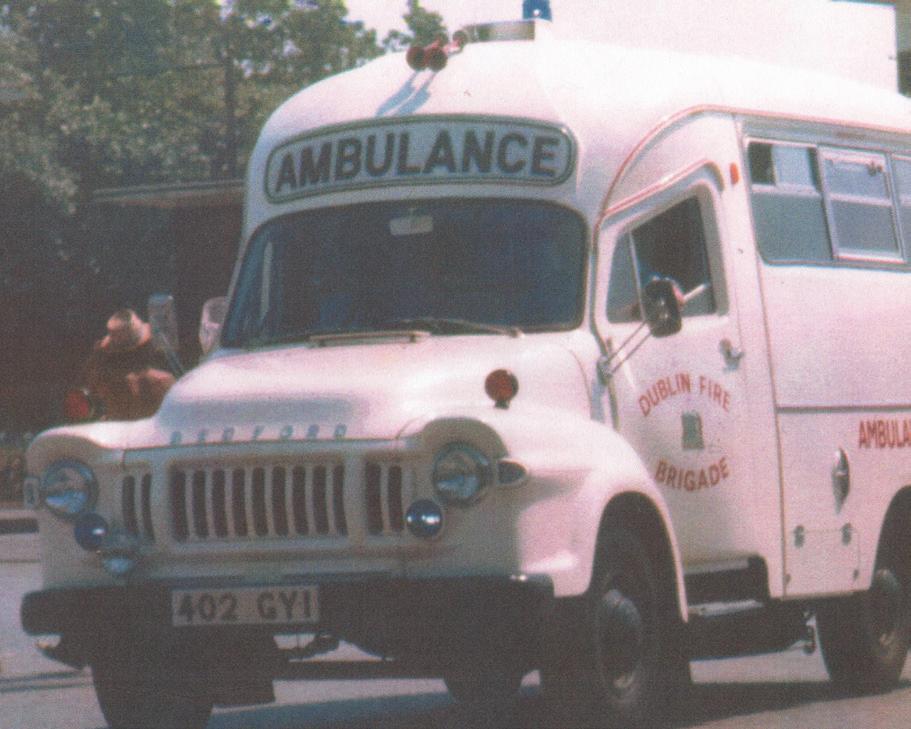
Did you know DFB Ambulances were once blue in colour? The speedy Dodge ambulance was inconspicuous to other road tra ic due to its blue colour and the drivers would use the horn to alert other motorists of the oncoming ambulance. It was decided to fit these ambulances with a bell to make them more noticeable to tra ic. In a newspaper article published on 26 January 1962 it was stated: Nowadays the city has five speedy ambulances, two at the Central Fire Station and one in each of the three district stations. This ambulance service is backed up by a rescue service van capable of coping with almost any emergency. Down through the troubled years of the past half-century of fire, floods, baton charges and bloody street fighting this almost unknown unit has served Dublin well. Easter week of 1916 could well be marked as the point in time when the ambulance service came of age and passed from being a transport service to being the first stage of organised treatment of injured persons. The men who sta ed the service have long ceased to be just drivers and stretcher bearers. They are Firemen, highly trained rescue workers, and first-aid men, as well as being masters of ingenuity and improvisation.
In April 1962, Thomas O’Brien became Chief, taking over a service with 146 personnel in four fire stations that was expected to provide all emergency and ambulance cover for a population of 535,488 in Dublin city and 132,865 in Dublin County. At this time two ambulances were based in Tara Street and one each in the three district stations. The Brigade took delivery of three new ambulances in 1963. These vehicles were built on special chassis with twin stretchers one of which was fitted onto Lomas gear which allowed the stretcher to roll out on an extended frame for easy removal or loading. Cream in colour with red flashings, the ambulances were provided by McCairns Motors Ltd. With chimney fire-fighting equipment removed and extra locker space they carried instead resuscitation equipment and a wider range of blankets and first-aid items. In 1963, all the blue ambulances were replaced by white ones with red lettering, they would remain white until 2005 when the European Committee for Standardisation compliant yellow colour was introduced. The worsening tra ic situations prompted trials of two-tone horns and amplified bells and now all ambulances are fitted with two-tone horns.
In May 1967, 24 men assembled at Ratra House, in Dublin’s Phoenix Park for the first ever ambulance training course in Ireland. Dublin Fire Brigade had five firemen attend: Joseph Brennan, Tommy Doyle, Paddy Malone, Paul Clancy and Mick McCormack. The course was four weeks in duration, one of which was in the ‘Casualty’ department of one of Dublin’s Hospitals.

“An artificial respiration apparatus recently acquired by Dublin Fire Brigade saved the life of a man who was taken, unconscious from the river Li ey. Artificial respiration failed to revive him, but with the new apparatus, consisting of a small cylinder of compressed oxygen, a rubber tube and face piece, restored him in two minutes.” Minuteman: An automatic resuscitator with a distinguished record for saving lives in all types of respiratory emergency. The Minuteman is portable, simple to operate, reliable and extremely versatile. It is particularly valuable in situations where di iculty of access or confined space rule out other resuscitative techniques.
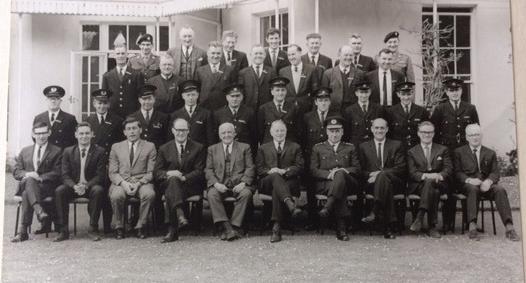

Eight people, seven of them young girls, died in Dublin when fire destroyed the o ices and showroom of Noyek’s timber merchants in Parnell Street. The fire started just before 3pm and the building was enveloped in flames within minutes. Such was the severity of the blaze, and the chaos that resulted from it, that it was di icult to identify all the victims, some of whom had been working at the firm for less than a week and were known to colleagues only by their first names. A number of employees were injured when they jumped from the upper floors of the three-storey building; others escaped by climbing down ladders brought by workers in a radio and television firm across the street.

In May 1974, Dublin experienced a horrific act of terror when car bombs struck Parnell Street, Talbot Street, and South Leinster Street during rush hour, killing 26 innocent people. Joe Broughan, a firefighter with DFB HQ, vividly recalls the chaos and fear of that day, with the second bomb detonating as they rushed to the scene. The devastation was heart-wrenching, as they witnessed shattered bodies and indescribable horrors. These bombings followed earlier attacks, and Dublin Fire Brigade had no training for such incidents, experiencing a baptism of fire. Tommy Ellis, another responder, described a scene of pure chaos, with the living, barely alive, and the dead intertwined. The scale of the attack overwhelmed the emergency response, with limited training and equipment. Ambulances transferred the dead to the morgue while fearing another bomb. Eyewitness accounts painted a grim picture of streets littered with personal belongings, the dead, and the dying. The bombings in 1974 were one of the deadliest days in the Troubles, leaving a lasting impact on the city and its first responders.
The Brigade was faced with its own internal tragedy on 11 September 1974 when a serious accident involving one of its ambulances took place in slippery conditions on Clontarf Road. A car and the ambulance collided, causing the death of Fireman Michael Mulligan and serious injuries to his driver. An eye witness reported that on impact the two ambulance men were pitched through the windscreen. Mick Mulligan was dead on admission to hospital and Kevin Kavanagh received serious injuries from which in time he recovered fully.
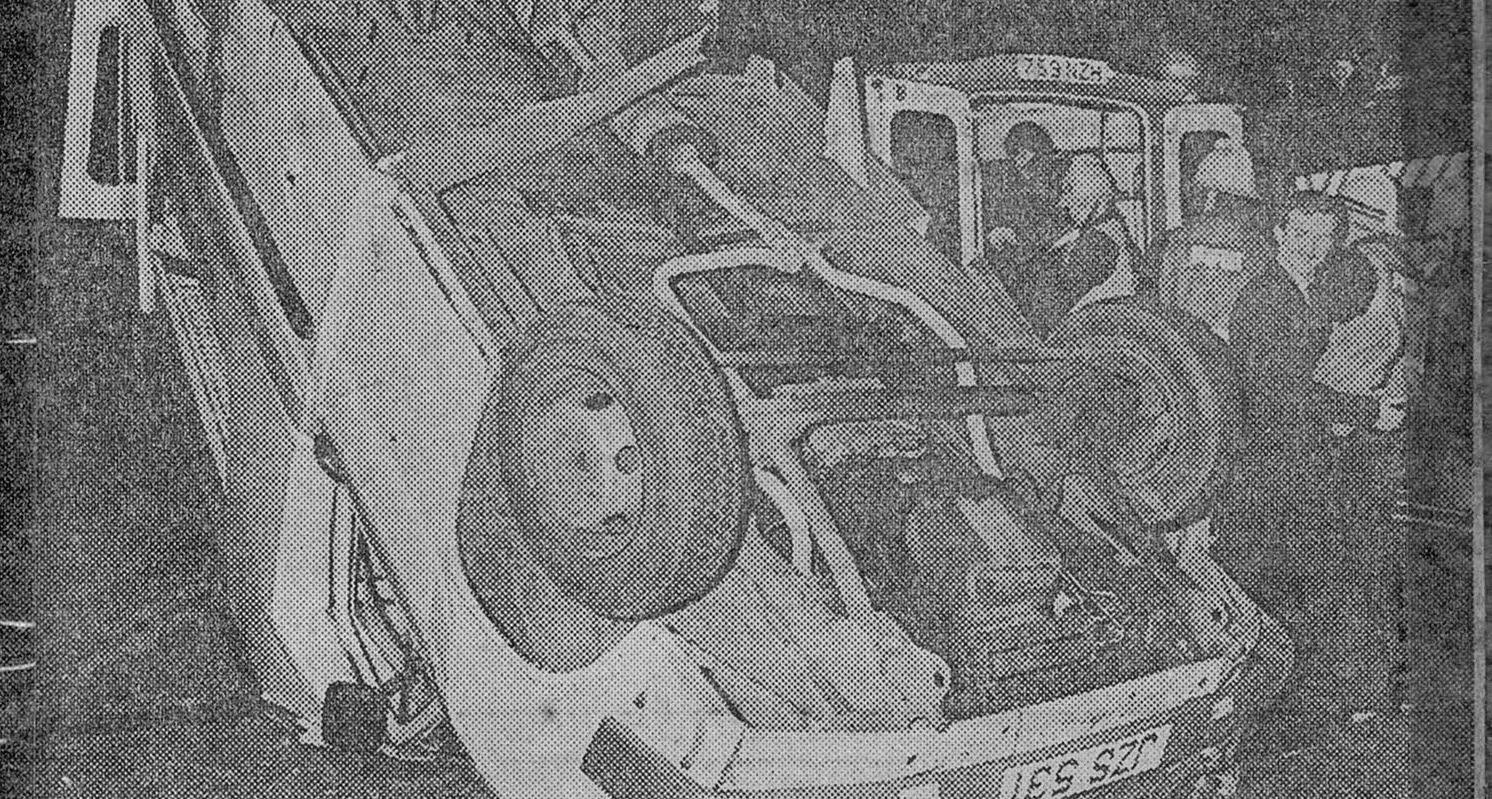
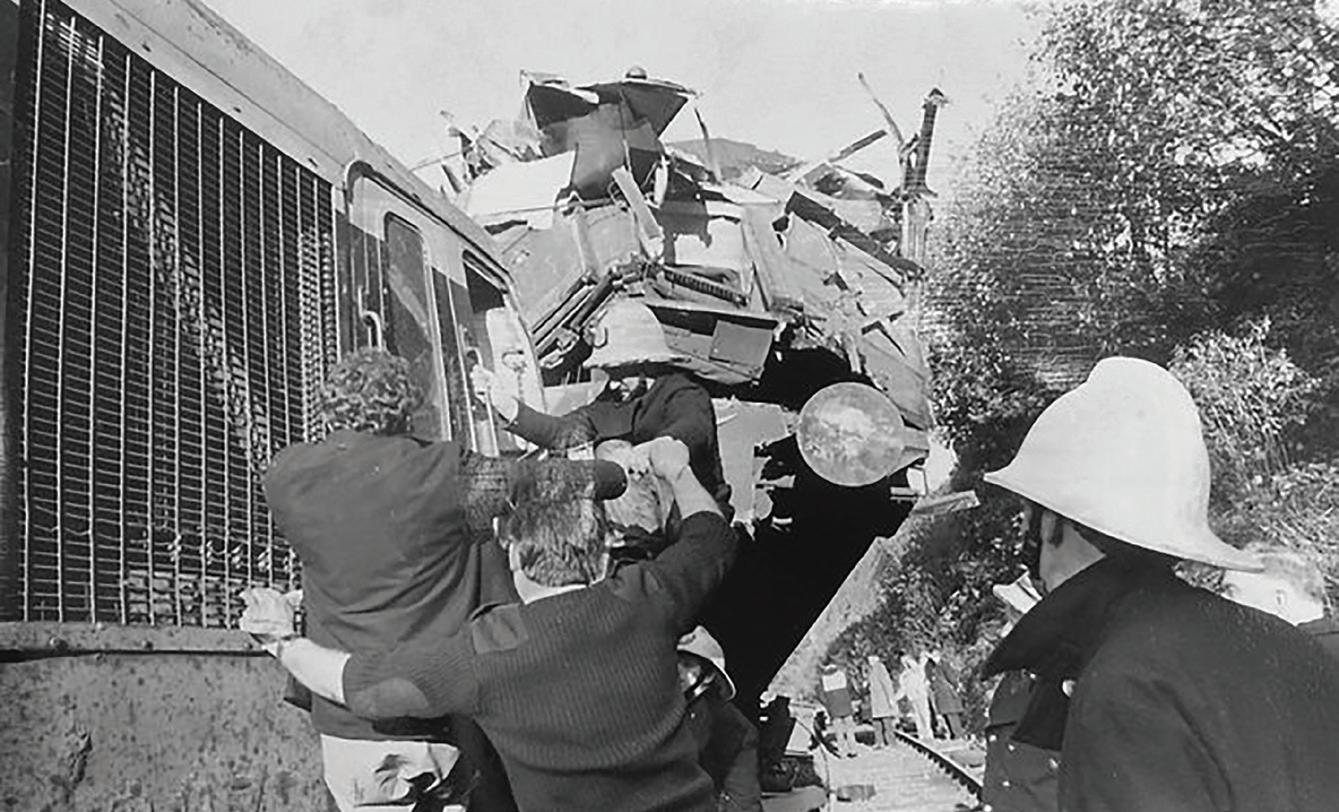
On Friday, 16 November 1979, at 8:40am a city bound train from Bray crashed into a stationary train just outside Dalkey tunnel injuring more than 40 passengers and the train driver. The emergency disaster plan was speedily put into operation as the Brigade’s fire engines and ambulances rushed to a scene of the derailed carriages where mangled wreckage of the engine blocked the railway line on a steep banked section. The injured and shocked patients were removed to hospital by the fire and ambulance crews, assisted by local residents. It took over three hours and required the assistance of a helicopter before the seriously-injured driver was rescued from his crushed cab. Many of the injured were children on their way to school, but fortunately none sustained serious injury. Eight fire engines and 12 ambulances took part in this rescue at was what known locally as the “Khyber Pass”.
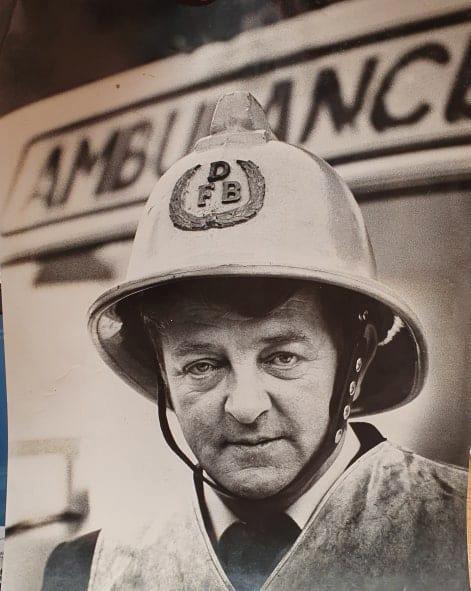
In early 1977, Fireman Willie Bermingham was tasked with entering an old people’s chalet in Charlemont Street where the resident had not been seen for days. Firefighters, because of the nature of their job, have a unique insight into the social issues prevalent in the areas they serve. What he discovered in that chalet was a heartbreaking scene – a frail, elderly man, alone, blind in one eye, lying dead on a wet bed in the bitter cold, with no fuel for the fire, no food, and only an old blanket to comfort him. This poignant encounter moved Willie Bermingham and three other firefighters to establish the organisation ALONE, dedicated to raising awareness about the plight of Dublin’s forgotten elderly citizens. Their e orts had a profound impact, pushing the Government, Corporation, and Health Board to address the issues faced by these vulnerable individuals. Willie’s dedication earned him an honorary doctorate from Trinity College and the recognition of being named Man of the Year. His funeral in 1990, held at St Patrick’s Cathedral and attended by dignitaries and the city’s impoverished residents, showcased the lasting legacy of ALONE in combating poverty and isolation among Dublin’s elderly population.

On the early morning of Saturday, 14 February, a devastating fire erupted at The Stardust during a St Valentine’s disco. The incident began at 1.43am, and the Fire Brigade promptly dispatched multiple units, including fire engines, ambulances, and a turntable ladder, as they observed smoke rising upon arrival. Tragically, the fire spread rapidly, and the majority of the ballroom was engulfed in flames before the fire engines arrived at 1.5 am. The situation was compounded by locked emergency exits and the lack of familiarity with the venue, leaving the fire crews struggling to contain the disaster. Despite their e orts, in just over an hour, the interior of the building was completely destroyed. More than 800 people were present at The Stardust when the fire occurred, and the first ambulance to arrive swiftly began transporting casualties to hospitals. Firefighters with breathing apparatus entered the premises as soon as it was safe to do so, rescuing trapped victims. The investigation revealed that the fire reached its most destructive point before the fire engines’ arrival and gradually subsided until fully extinguished by 2.54am. In the aftermath, 48 young lives were lost, and 214 others required hospitalization, while 128 sustained injuries.
Dublin Fire Brigade’s new training centre opened in the former O’Brien Institute on the Malahide Road. This was a major step forward in raising the standards of professionalism in the Brigade, as it was probably the single most significant development since the opening of Tara Street in 1907. Over the years this excellent facility was refurbished to provide for the full range of breathing apparatus training, including a purpose-built “ship”. Classrooms were upgraded, a canteen was provided and eventually living-in accommodation for students was made available. There is a large drill yard with drill towers, an oil-fire training facility and a crash-rescue area. The recent COVID-19 pandemic saw the Training Centre’s Command & Control Training Facility provide resilience to the Eastern Regional Control Centre. All of this has created an establishment where the integrated emergency service of Dublin Fire Brigade can cater for all aspects of its training needs. With a developed cadre of qualified instructors and access to graduate engineers or architects all practical and technical training in fire prevention, firefighting, ambulance and emergency procedures and techniques can be provided on site. It has been a success story for the Brigade, with selected courses accredited by the Health and Safety Authority, the National Safety Council, Pre-Hospital Emergency Care Council, the Royal College of Surgeons in Ireland and the Department of the Marine.
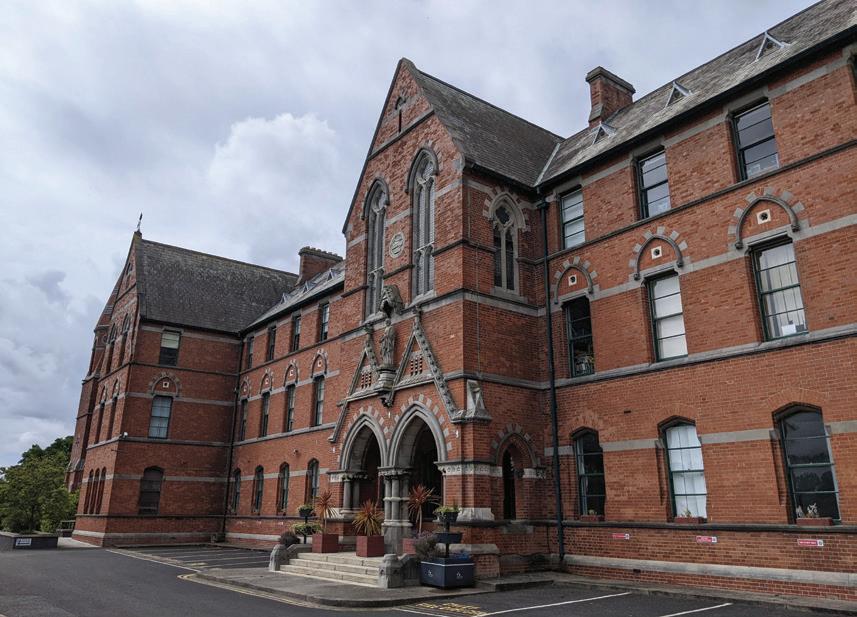

Six elderly nuns were killed when flames swept through the Loreto College for girls on one of the capital’s best-known landmarks, St Stephen’s Green, in the early hours of 2 June, 1986. The outbreak was first reported by a garda on patrol duty in the city centre at around 3.30am. Eight fire tenders were later needed to bring the blaze under control. Three nuns who where taken to hospital by Dublin Fire Brigade Ambulance Service afterwards told how they had looked back to witness what one of them called “a blazing inferno”. The blaze, which was thought to have been sparked accidentally, possibly in the science laboratory, was subsequently found to have also destroyed a number of school facilities including the science lab, concert hall and dormitory.
On 27 August 1987, firemen rescue five o ice workers from a smoke filled room on the third floor of a building in Dublin city centre. The fire broke out above Clarks Shoes and Pamela Scotts and spread throughout the buildings causing extensive damage. Five sta members of Firsta Employment Agency were rushed to hospital by Dublin Fire Bridage ambulance services su ering from shock and smoke inhalation.
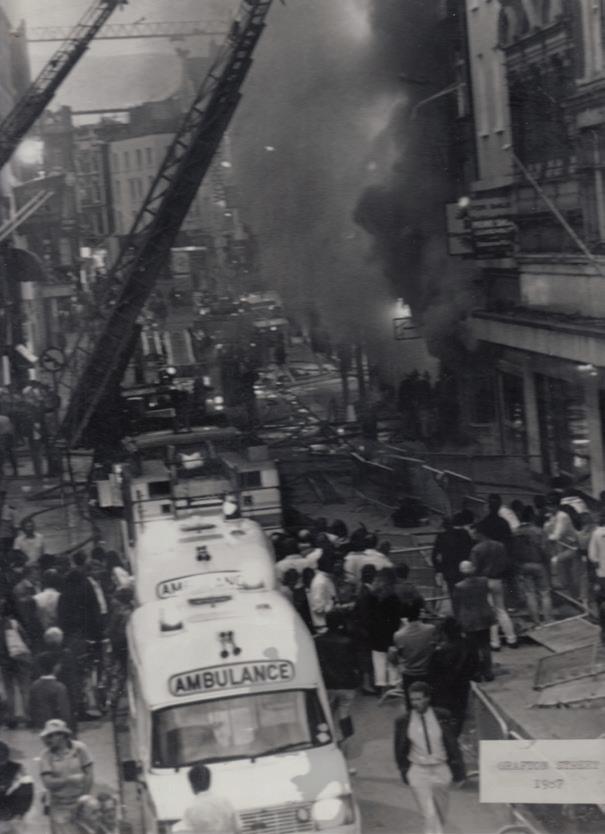

IT HAS BEEN A SUCCESS STORY FOR THE BRIGADE, WITH SELECTED COURSES ACCREDITED BY THE HEALTH AND SAFETY AUTHORITY, THE NATIONAL SAFETY COUNCIL, PRE-HOSPITAL EMERGENCY CARE COUNCIL, THE ROYAL COLLEGE OF SURGEONS IN IRELAND AND THE DEPARTMENT OF THE MARINE.
In 1989, Dublin Fire Brigade became one of the three centres selected by the Department of the Environment and Local Government when it was decided to initiate what was known as the Computer Aided Mobilisation Project (camp). The object of this project was to rationalise emergency 999 call-taking for the fire service nationally in three control centres. A new building, designed for the purpose, was constructed as part of the Dublin Fire Brigade headquarters complex and was called Eastern Regional Control Centre. Camp East comprises the fire authorities of the 12 counties of Leinster alongside Cavan and Monaghan. The Dublin centre also provides emergency ambulance service for the city and county of Dublin. The system went live in 1993. Pocket alerters were also used on Dublin Fire Brigade ambulances to ensure rapid communications with crews who were away from the radio installed in their ambulances. The senior firefighter was responsible for the pocket alerter.
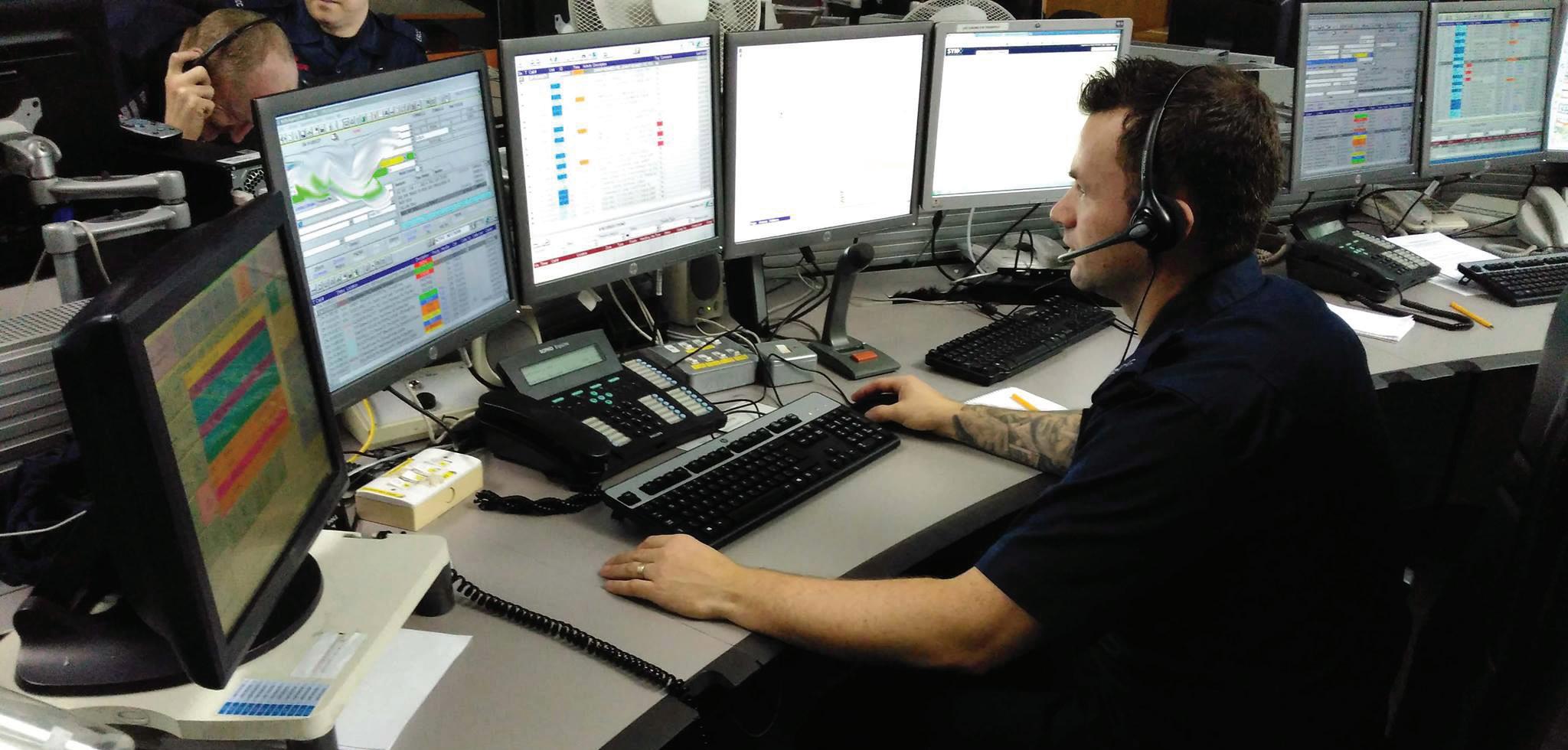
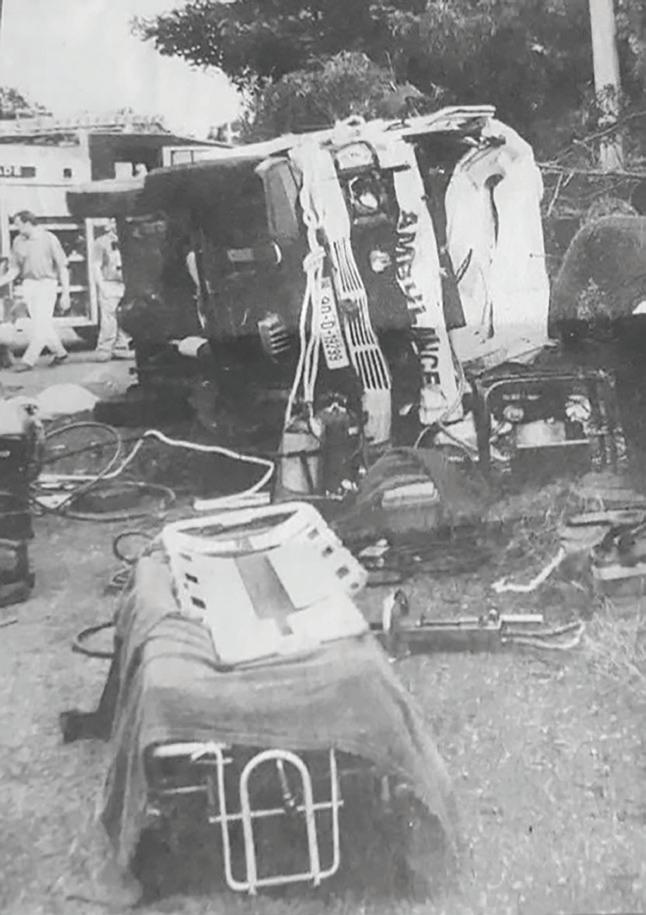
Tragedy again struck the Brigade on 26 August 1994 when Stephen (Timmy) Horgan, a fine sportsman and very popular firefighter with a young family, was killed when the ambulance he was driving to an emergency call overturned when it struck a loose manhole cover on the Dublin-Belfast Road. Timmy represented the best traditions of the Fire Brigade, a great family man who loved working in the service. His ambulance assistant, young firefighter Gary Burke, sustained serious injury in the same accident. Tragedies like this are a constant reminder of the day-today dangers faced by firefighters every time they respond to an emergency call.

In the late 1980s and early 1990s DFB were faced with a severe reduction in the amount of “Ambulance Aid Course” training places being provided for its recruit firefighters. Then Chief Fire O icer commandant Tony Gillick sought a solution to the provision of ambulance training for DFB firefighters. After an extensive negotiations commandant Gillick came to an agreement with Mr David Rayne, Director of EMS Training at Northeastern University, Massachusetts to provide Emergency Medical Technician (EMT) and Cardiac Course training to new entrant and existing to DFB Firefighters. In 1995 the National Ambulance Advisory Council (NAAC) recognised Northeastern University as a training provider. Also that year the NAAC recognised the EMT course as the new standard for emergency ambulance personnel in Ireland replacing the old “Ambulance Aid Course”. Five o icers from DFB were initially trained as tutors by Northeastern University to provide the training courses on site at the O’Brien Institute. They were then Stations O icers; Barney Mulhall, David Bell, David Sherwin, Michael Garry, and acting Station O icer Shay Power.
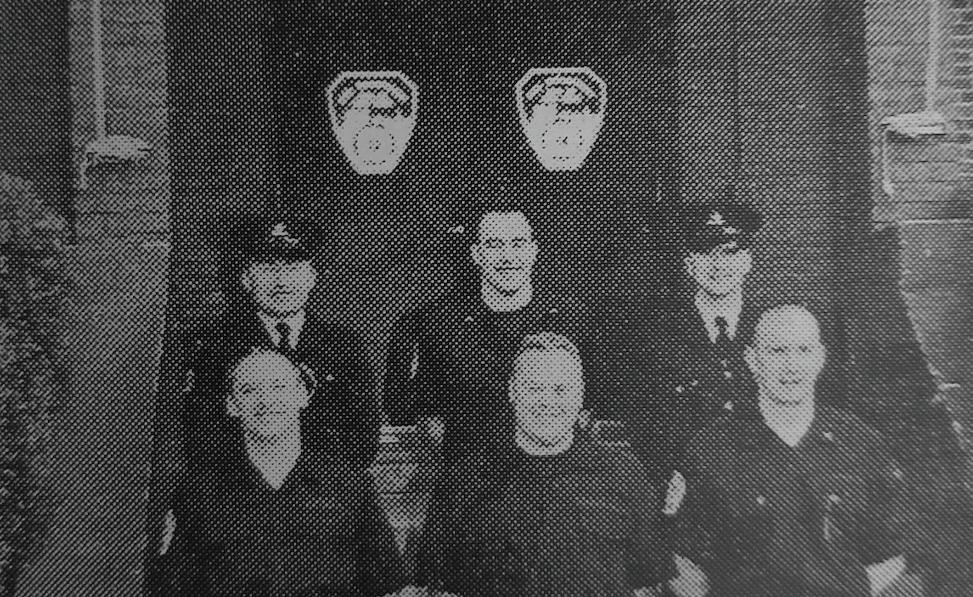
TODAY, DFB’S DUAL ROLE FIREFIGHTERPARAMEDIC SYSTEM IS SERVING THE CITY WELL –WITH STATIONS STRATEGICALLY LOCATED NORTH AND SOUTH OF THE LIFFEY, THROUGHOUT DUBLIN CITY & COUNTY.”
In 1999 six pioneers of DFB’s advanced paramedic programme travelled to the United States to complete a 12-month paramedic course. Martin O’Reilly, Derek McGuinness, Ricky Ellis, Gerry Woods, Paul Lambert and Colm Murphy took part in the course. The didactic part of the programme was delivered at the Northeastern University campus in Burlington, Massachusetts with clinical placements in Massachusetts’s General Hospital Trauma Centre, St Elizabeth Hospital, Beth Israel Medical Centre, Boston Medical Centre and a field internship with New York City Fire Department. What they learned over the course of those 12 months was hugely significant for the development of DFB’s paramedic capabilities, having been exposed to a wide variety of situations they would never have encountered back home. On 10 April 2000, some weeks before their return home, the Pre-Hospital Emergency Care Council (PHECC), the independent statutory agency for education and training for pre-hospital care in Ireland was established. On their return, they were seconded to the DFB Training Centre for several months at a time to train other firefighters, a far cry from the ambulance aid course that some of them had completed as recruits on the St Mary’s Hospital site in the Phoenix Park. Today, DFB’s dual role Firefighter-Paramedic system is serving the city well – with stations strategically located north and south of the Li ey, throughout Dublin City & County.

The benefits of fire-based EMS were captured by this witness report from the Wellington Quay bus crash on 21 February 2004, in which five people lost their lives and many more were injured, when a bus mounted the pavement. “From inside the Clarence (hotel) I saw the fire and ambulance crew eventually free one middle aged man from under the bus on the footpath. They strapped him to a stretcher just outside the front door and attached a breathing apparatus as a waiting ambulance waited to bring him to hospital. Outside the front door the main rescue operation was going on as specialist equipment was used to free those pinned under the bus. But for some it was obviously too late – while others had su ered very severe head and internal injuries.” The DFB crews enabled the simultaneous rescue, assessment and emergency medical treatment of the injured on Wellington Quay that afternoon. More dual trained firefighter-paramedics were rapidly deployed in large numbers to manage this scene, treat the walking wounded and transport the injured to hospital.
Under the auspices of Chief Fire O icer Michael Walsh, then Assistant Chief Fire O ice EMS Brian Power initiated contact with the Professor of General Practice Professor Bill Shannon and Dr Kilian McGrogan of RCSI, to establish the DFB-RCSI Partnership. Since then, Professor Arthur Tanner and Professor Hanna McGee have demonstrated great commitment and leadership. The Partnership recently celebrated the 20 year milestone. Throughout that time there have been more than 650 graduates of the DFB-RCSI Training Institute. “Dublin Fire Brigade paramedic students are hugely appreciative of the opportunity to experience assessing and treating responsive patients in a realistic and safe environment at RCSI.” said Niall O’Reilly, Course Director, Dublin Fire Brigade paramedic programme. “It allows them to put what they have learned into perspective and to experience how their interventions may improve the health of patients, thereby helping them appreciate the importance of their role.”

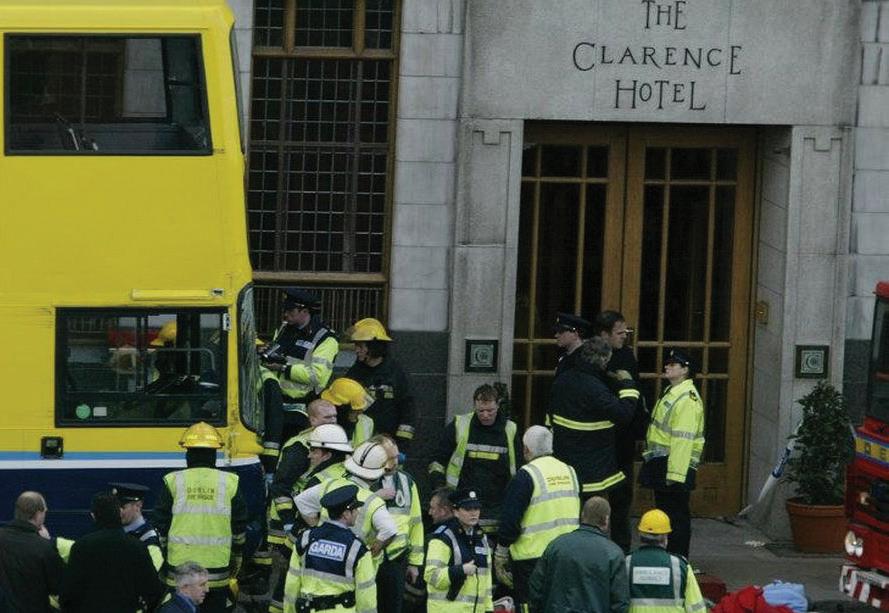
Dublin Fire Brigade introduced advanced paramedics to enhance its emergency medical services. These specially trained paramedics have a broader scope of practice, allowing them to administer a wider range of medications and perform advanced medical interventions. This integration improves response times, enhances patient outcomes, and ensures a coordinated response to various emergencies, benefiting the community by delivering a higher level of care. The initiative reflects the DFB’s commitment to providing a seamless approach to firefighting, rescue and medical incidents. There have been more than 100 DFB graduates of the advanced paramedic training programme since its inception. The majority of these having been educated and trained at University College Dublin, under the direction of Professor Gerard Bury and his team at the Centre for Emergency Medical Sciences. In more recent times DFB Advanced Paramedic students have also graduated from University College Cork. 2007 saw PHECC significantly increases in the scope of practice for the new entrants and the existing EMT cohort and a change of practitioner name from EMT to Paramedic. The new Paramedic level included advanced airway insertion, intramuscular injection and an increase in the range of medications in their armoury.

The first 999 call was received at 4.21am on 10 October 2015. Three water tenders, three ambulances, a helicopter, one rescue tender and a District O icer were despatched from the Dún Laoghaire, Rathfarnham and Donnybrook stations. The first crew reached the site at 4.34am. They were told en route that there could be “up to seven children” trapped in the fire. The incident was rapidly “scaled up” and, in all, 35 paramedic firefighters, an Assistant Chief Fire O icer and a Third O icer also attended the fire. On arrival, the crews discovered a fire which was already well developed, so intense it would not permit survival of any occupants. Crews immediately set about extinguishing the fire, rendering pre-hospital care to the injured. The report says a “young man” approached the crew “carrying a small boy” who was “limp and listless but still breathing”. They were also directed to a second cabin on fire, and told “there was a baby inside”. CPR was performed on them by advanced paramedics and they were removed to Tallaght hospital by ambulance. Sadly, 10 people lost their lives.
The COVID-19 pandemic significantly a ected the Dublin Fire Brigade’s ambulance services. They faced an increased call volume, implemented strict infection control measures, encountered sta ing challenges due to illness and quarantines, adjusted response protocols to minimise transmission risk, collaborated closely with healthcare facilities and o ered mental health support for their personnel. Dublin Fire Brigade’s ambulance services faced these challenges head-on with dedication and professionalism. They have consistently risen to the occasion, adapting and responding e ectively to various emergencies, including the COVID-19 pandemic, to ensure the safety and wellbeing of the community they serve.

Dublin Fire Brigade is committed to providing an e icient fire, emergency ambulance and rescue service which meets in full all statutory duties and public expectations. We look forward to the next chapter of our fire based EMS service where we will continue to provide safe and e ective patient centred care and support, with equity of access for all patients. A service with strong clinical and corporate governance and a well-educated and responsive brigade of practitioners, responders and emergency call operators. Practitioners, responders and call operators that continue to display their professionalism, compassion and empathy, who advocate for and respect the rights of their patients. We look forward to the finalisation of a funding model from Government which will e ectively fund our EMS service and will enable DFB to develop in line with a growing population. To enable us to meet the challenges and opportunities that present in relation to Sláintecare and the HSE clinical programmes. We hope to expand our fire-based EMS service as our fulltime brigade expands by placing an emergency ambulance in each of these stations. We will continue to maintain our fire-based EMS service by educating our firefighter-paramedics to the standards set down by the Pre-Hospital Emergency Care Council in partnership with our colleagues in the Royal College of Surgeons in Ireland. We will continue to support the well-being, health and safety of our practitioners and responders. We will continue to do well what we do best i.e. emergency medical response, extrication and simultaneous treatment and transport of the seriously ill and injured patient to hospital. We look forward to the challenges that will present themselves when patients will be transported to the centres of excellence relevant to the patient’s condition. i.e. primary percutaneous coronary intervention centre, stroke and trauma centres. We look forward to continuing the excellent working relationships we share with our adult and paediatric emergency medicine, emergency nursing and obstetric colleagues as well as our colleagues in the National Ambulance Service, Dublin Airport Fire Service, auxiliary and voluntary practitioners and responders.

Irish Navy squads
A new DFB hurling team has been formed and already has a win under its belt, writes FF/P Lorcan Potts
It is with great pleasure that we can announce that we now have a hurling team representing Dublin Fire Brigade. roughout the DFB’s history there have been hundreds of both hurling players and supporters that have passed through the job, some of whom had distinguished careers with Dublin and other counties. In a time when hurling was not as popular as it is today, these men and women gave a huge commitment to their clubs. ese days, it`s far simpler to get the ball rolling on such an undertaking.
So, while the rest of the lads were out covering the busy trucks most evenings, Anto Dunphy and Podge McConnell would drink tea in the Barn and contemplate forming a Dublin Fire Brigade Hurling team. e Carlow course would just have to wait.
Anthony is heavily involved with Good Counsel Li ey Gaels and Padraig with omas Davis GAA Club.
Permissions were sought and posters made, and within a short period of time, towards the end of 2023, it became obvious that there was a huge interest among lads in the job. To get the ball rolling, a challenge match was organised versus the students of UCD who were well into their preparations for the start of the Fitzgibbon Cup and, in hindsight, were in no mood to let their coaches see their so side. So, with gear borrowed
from the DFB footballers, some of whom are now DFB dual stars, we took to the bitter cold pitch in Bel eld in early January 2024. Even though it was cold and we lost heavily, there was still a great feeling about the match and a sense of real beginnings.
Discipline had to be enforced from the start as our keeper thought it was acceptable to sleep it out for an 8pm throw in. On a night when the opposition were ying and we were only learning each other’s names, it was very encouraging to see lads like Billo, Whelo, Chris Lambert and Tom Byrne all bursting a gut until the nal whistle, and we all le there optimistic for the future.

THROUGHOUT THE DFB’S HISTORY THERE HAVE BEEN HUNDREDS OF BOTH HURLING PLAYERS AND SUPPORTERS THAT HAVE PASSED THROUGH THE JOB
IT WAS A WONDERFUL SIGHT FOR THOSE OF US WHO TAKE PRIDE IN OUR SPORT AND OUR BRIGADE TO SEE 24 FIREFIGHTERS/HURLERS TAKE THE FIELD FOR THIS HISTORIC EVENT
In early February, the Dublin Fire Brigade Sports and Social Club Committee generously provided the hurling team with substantial funding to assist with all those tasks associated with forming a team. We also received a generous o er from Riverside Mechanical Ltd. to purchase us our rst set of jerseys.
e team management made a few calls to other services and got a positive response from the Naval Service based in Cork for our rst proper match. It was announced that on 28 February we would be travelling down to play in front of the famous stands in Páirc Uí Chaoimh, or as it turned out, on the astro behind one of them. e opposition had a good track record of doing well in their previous competitions, but when we saw on paper the names of the lads who had committed to travelling down, we were con dent we could give a good account of ourselves. It was a wonderful sight for those of
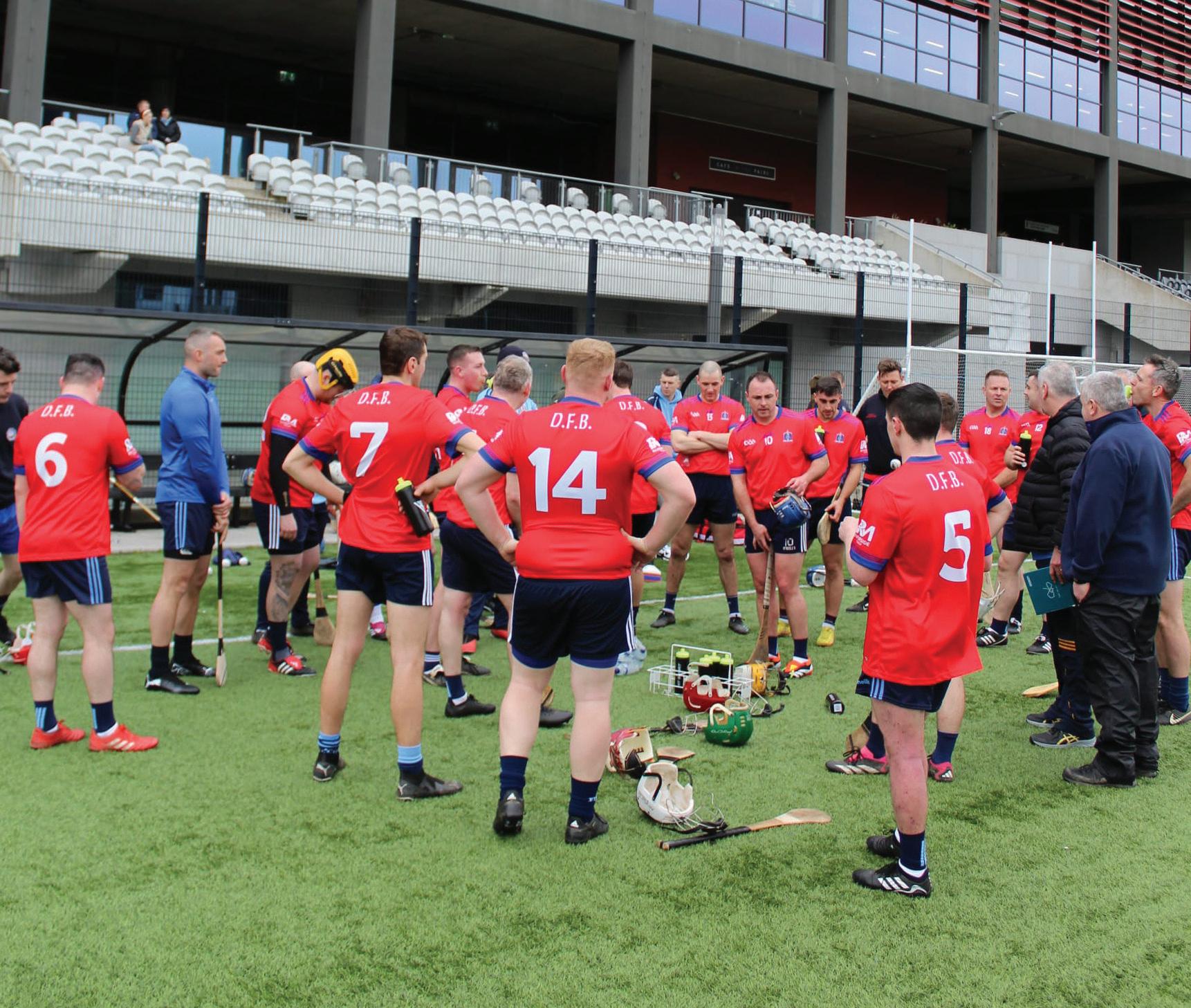
us who take pride in our sport and our Brigade to see 24 re ghters/hurlers take the eld for this historic event and in hindsight, with that weight of emotion, the lads of An tSeirbhís Chabhlaigh were going to be up against it.
e match started at a ferocious pace and the opposition attacked our goal numerous times in the rst few minutes, but were thwarted by the steely experience of Lar Sweetman in goal and a “Hells Kitchen”-like full back line of Alan`Whispers`McCarthy,
Darren Whelan[capt.] and Alan McGrath who sent the ball, with the aid of a sti breeze, high out to mid eld where the teak tu Neal Billings and all action Chris Sallier began the attacks.
On many occasions these attacks culminated in the ball landing in the hand of Eamonn `Trollier` Dillon and that meant a score for DFB as Trollier was undoubtably the best marksman on the pitch. With the twin towers of Tom Byrne and Stephen Keogh either side of Eamonn, the Navy full


back line had to behave themselves and stay on their toes as any e ort to double mark led to one of these abled operators punishing accordingly.
When their puck outs reached our half back line of Gerard Mc Keon, Chris Lambert and Matthew Potts, these three reliable defenders made sure it got no further. In contrast, Dean Kelly, Peter Hunt and Rob Fox in our half forward line won all the breaks, held the ball and pulled the strings of our display as well as keeping the scoreboard ticking over themselves.
As half time arrived, we could not a ord to sit back and defend against the sti breeze so it was time to get fresh legs on. With such reliable lads as Paddy Mc Kiernan, Martin Hunt, DFB’s own “Rock” Conor Dunne and the twins Alex Gri n and Derek Singleton - who really did look stunning in the new gear - it really is a case of nishing with your strongest 15, a point emphasised by the contribution of lads like Colm Heavey, Cormac Cushion, Ger Kavanagh and Tipp legend Trevor “Broom Cupboard” Walsh.
e Navy lads got back into it and never dropped the head, but another change of gears from Trollier put the writing on the wall . e whistle was blown on a fantastic performance by both teams in what was a

they come out on top in the return xture. anks also to those who travelled to support.
So as not to be rude, the majority of the travelling party stayed over in Cork and worked on our inter-agency relations, which made for a great night.
very sporting encounter by the Lee, with DFB coming out on top 5-16 to 1-19.
Our sincere gratitude to the O cers and men of e Irish Navy for their hospitality and friendship. We are in no doubt about the planning that will go into making sure
e plan now is to play regular matches at a high standard, and to have lesser intensity sessions for those of us whose competitive days are over but would like to stay t through hurling. All members of DFB, serving and retired, are invited to get involved with us in any way shape or form, because as we all know, nothing beats Hurling!
SO AS NOT TO BE RUDE, THE MAJORITY OF THE TRAVELLING PARTY STAYED OVER IN CORK AND WORKED ON OUR INTER-AGENCY RELATIONS
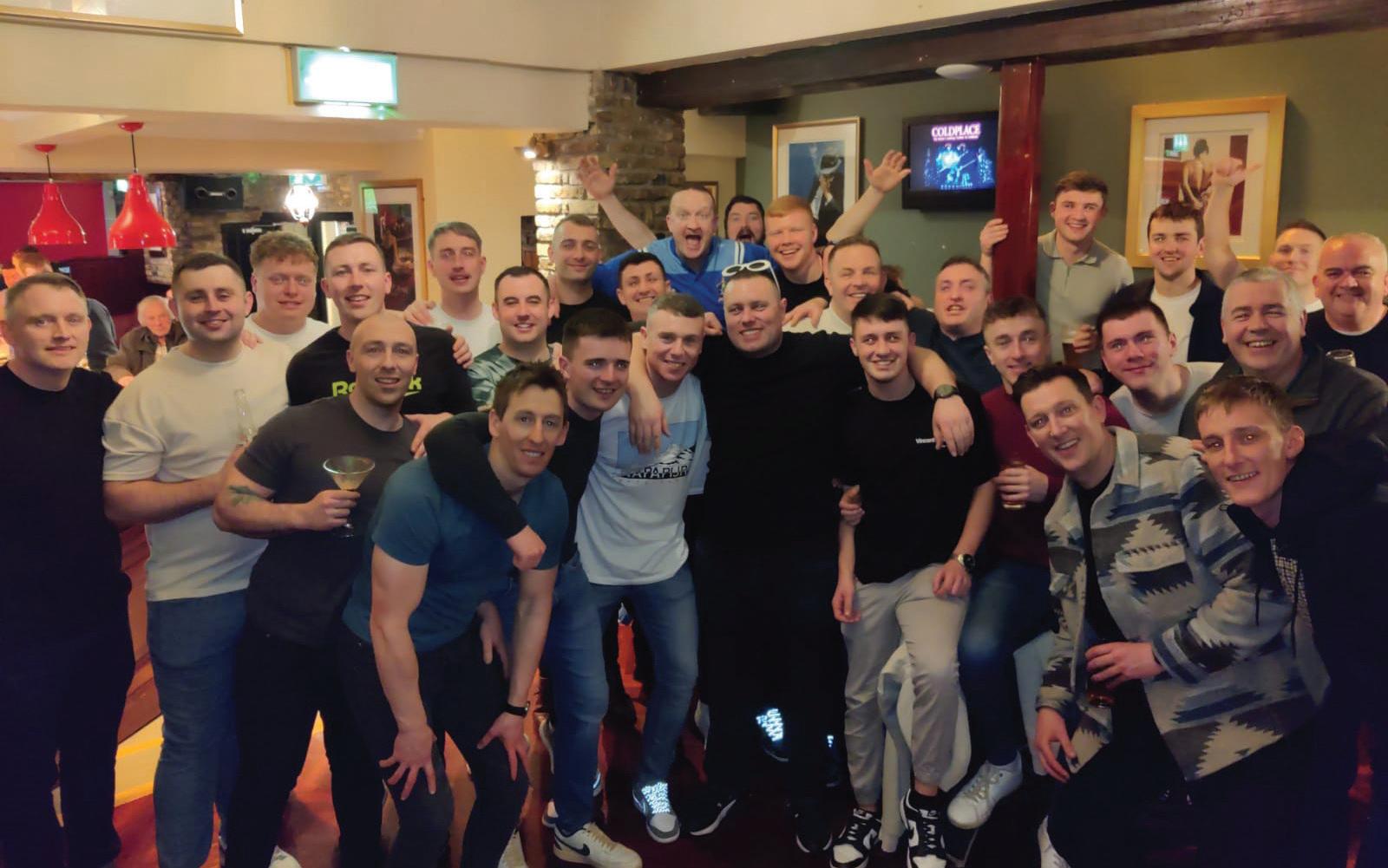

When it comes to working with colleagues as part of a team, I think the Fire Brigade is second to none because you are putting your trust in them, and I will miss that camaraderie and the connections you make,” retired FF/P Brian Doyle tells me, “but being able to help people, to engage with them, that is something I will always be proud of and thankful for.” at ethos of helping those in need is something that has stayed with Brian throughout his DFB career and beyond as he now works with the Hugs at Home project created by former DFB member Michelle O’Toole at the RCSI’s SIM Centre, and as a Promotion O cer for
Family Carers Ireland, both roles being very close to his heart.
He took a circuitous route to his current position. Leaving his job as a tter and turner with CIE where he worked on diesel engines, Brian joined the Navy in 1988. “I had a rank when I joined because they needed people like me in the engine rooms,” he says, but a er ve years he decided to apply for Dublin Fire Brigade.
“I had been Watchman in the engine rooms when I was in the Navy, but we also took charge of re ghting and damage control on the ship, because you can’t call
the re brigade out when you are at sea,” he tells me, “so, I was trained in BA and re ghting, which was an advantage.
“I was accepted, but it took two years before my class of 1994 was called up, and by then I had le the Navy and was working for Intel in Leixlip, but I was eager to get back to Dublin,” he adds.
“I was based in Tara Street for six years, and was transferred a few times on the southside, but then I went to A Watch Dun Laoghaire and stayed there for the rest of my DFB career,” he tells me. “I found my spiritual home!”
Brian’s Navy background also saw him take the rst DFB ship re ghting course when he was only in the job a couple of years, and he was involved in that right up to the end of his 28-year career, but it was an incident a few years into the job that had a deep impact on him and brought him down a new path.
“ e rst fatality I attended was a re in which a young woman died,” he tells me. “She was 25 years old, and I saw the body in the house, which was just part of the job, but when we were cleaning up a erwards, I saw a photo of her, and it struck me, she was a bright and bubbly young woman with her whole life ahead of her, and that really a ected me.
“For two weeks a er that, my wife was saying I was acting strangely. I was irritable, was having trouble sleeping, and when we talked about it, I realised that it


stemmed from that re and that young woman’s death, and that I was bringing it all home with me.”
When speaking to DFB colleague and psychologist Mark Brannigan shortly a er that, Brian was told about Critical Incident Stress Management systems that were in place in the US.
“I thought that sounded brilliant,” he tells me, “and I wondered why we weren’t doing it over here, and with my own experiences, I was aware of the need for supports and became more aware when I heard it was being set up by Dublin Fire Brigade too.”
Brian joined the DFB CISM Team in 2013 and became a peer support member helping colleagues deal with incidentrelated stress, aiding countless DFB members over the years.
“I remember thinking I could contribute because by then I had a fair amount of experience,” he says, “and going back to
my own experience with that fatality in the re, so I got involved in the research side of things as well as peer support, and it has led me to where I am today.
“I got to do a Masters in Social Research, and that opened doors for me because while still with DFB I could also work on a couple of projects with Trinity College and Family Carers Ireland, so I could see the options there, and when the Hugs at Home project came up, it gave me the opportunity to leave DFB and go into another rewarding job.”
Looking back, he sees this aspect of his career as a highlight.
“Being involved with CISM was de nitely something to be proud of, but overall I enjoyed interacting with people, especially when working on the ambulance, because when you are dealing with patients you have to gain their trust, and I just enjoyed engaging with people and helping them.”
e introduction of CISM is the biggest and most important change Brian says he has seen during his career, and is something he is “very glad to have played a part in because it wasn’t in place when I rst joined but is now so important to the job”, but he also points to the enormous changes in the life of those on the ambulance compared to when he rst started.
“ e amount of equipment and the number of things we can do now on the ambulance is so much more than what we had when I rst joined,” he tells me. “I was in one of the rst classes to be trained by Northeastern University, when prior to that the HSE trained paramedics who came out in ones and twos. I did my six-week course, and it was a case of nishing training on Friday and starting ambulance duty on Monday. ere was no third person, no mentoring, you learned on the go, and I de nitely see the bene t of having some initial exposure as a third person, being mentored, so I think it is a lot better, especially because you can now do a lot more, you have a lot more skill and knowledge, and the pre-hospital care aspect has really come on.”

Brian admits that he could have stayed on for a couple more years in the job, but when the opportunity to work on the Hugs at Home project came up, he felt it was the right move, and was touched by the warm farewell he received when he retired.
“ at is another thing that has changed in my time: how they now make a bigger deal of colleagues when they leave, and that is good” he says. “I remember going out to the Training Centre at one stage and realising I was the most senior person on the course, and wondering how that happened, but then you also realise that the younger members are looking up to you in a way, and have respect for you, and it is lovely to have that, to be able to share your experience and to be held in high esteem. I really felt that when I le , because it was great to hear how well regarded you are, and people were really genuine about it.
“It’s nice to have your time in the sun and get a lovely send o . When I had my presentation, we had a good night at the station, sitting in the mess having a good chat, and I could see my three sons who had come along looking at me in a di erent light, seeing how well our Watch got on and how well we must have worked together, and that was an eye opener for them, in a very good way.”
Having moved straight into his role with Hugs at Home, working two days a week, and another two and a half days with Family Carers Ireland, Brian is still busy doing work he loves.
“With Hugs at Home, our aim is to support family members of rst responders,” he explains. “It all came out of our CISM Family Nights for new recruits at the Training Centre, and we have carried on the task of raising awareness for family members of the changes they may see in their loved ones when they start a career with DFB, the stresses and strains of the job that might be brought home.
“What we do is teach the family members basic psychological rst aid, with the idea of ‘Look, Listen, Link’. We teach them to look for signs of stress, to listen to enhance communication skills so that they can nd out how a loved one is really

WHEN YOU ARE DEALING WITH PATIENTS YOU HAVE TO GAIN THEIR TRUST, AND I JUST ENJOYED ENGAGING WITH PEOPLE AND HELPING THEM”
feeling, to delve deeper into the reaction, reading the signs and being able to deal with that. e last part is to link to other supports and resources if it becomes too much, or they can’t handle the situation themselves.
“We spent a year designing our intervention and how we would roll it out, using recorded scenarios at the SIM Centre that we show families during training, promoting discussion about the scenarios, and from this we have developed what is a very useful resource.” e project has been very well received by all who have undertaken it, Brian explains.
“We have just nished training with Norfolk Fire Service, and have done eight interventions with family members of rst responders, have had a publication and hope to have more based on our research, and hopefully carry on from here,” he says. “It has been really successful and we have had great feedback from Norfolk and all the families we worked with. We are ready to take it to the next stage and have to
decide where we want to go with it.”
Brian’s other role with Family Carers Ireland sees him work on a project supporting employees who balance a job and a family carer role, and providing resources for companies and organisations so that they can better support sta in this situation.
“As Promotion O cer I do a lot of surveys and focus groups with organisations who sign up, as well as needs assessments and any other supports that are needed, giving organisations somewhere to go for support, and generally raising awareness within the organisation of the challenges and issues that people who are working and acting as a family carer have,” he tells me. “We work to raise awareness with these people and their line managers and HR on how best to facilitate and support people, because there are a lot of considerations involved, it’s not just about people having to leave early, for example. We aim to help strike a balance between getting the work done while also having the exibility and supports in place to help people cope and continue to do their job.
“It is very interesting work, but both the Family Carer Ireland role and the Hugs at Home project are very meaningful to me for personal reasons, and that is why I enjoy working on them and am fully engaged with them. It is something close to my heart, and that is what drew me to this work, helping people, and that goes back to what I was saying about the best parts of being in Dublin Fire Brigade.”
While his new roles keep him busy, Brian is also a competitive sea swimmer and cyclist, and agrees that keeping busy is important when you leave DFB, but he admits that there are some aspects of the job he is happy to leave behind.
“It is a signi cant change, especially when you worked shi s, and I know I won’t miss working Saturday nights on the ambulance, for example,” he tells me, “and while there are challenges to the job, I do miss the camaraderie and the craic of working with the best of colleagues. If I could turn the clock back 25 years, I would do it all again. People say it is the best job in the world, and for me it de nitely is.”
When a child loses their home, they lose their entire world.

There are almost 4,000 children homeless in Ireland. Donate now.
focusireland.ie

1850 204 205

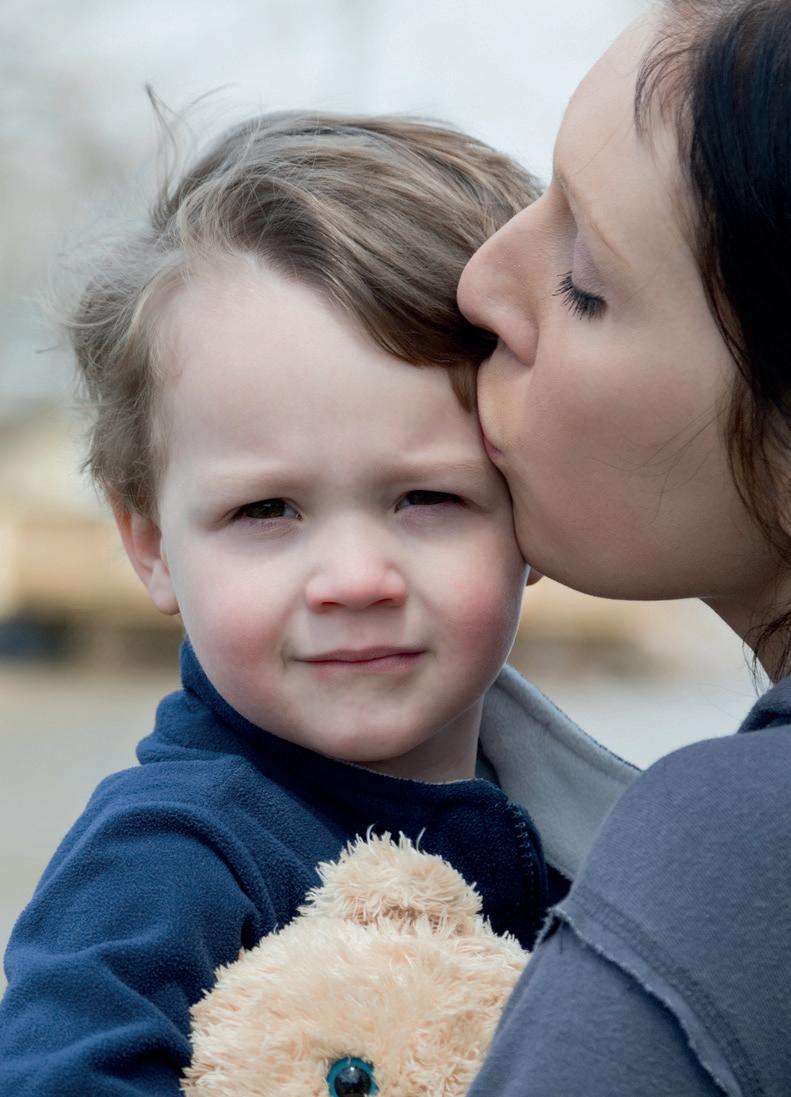




The last few months have seen great excursions, poignant events and important meetings, writes
Secretary Tony McCannIt has been another busy few months for the DFB Retired Members Association, with an eclectic mix of activities on the calendar.
In our last issue, I mentioned that we had made a great trip to
Gleneagles Hotel in Killarney, and vowed to outline what we got up to in this issue. I am happy to say the getaway did not disappoint.
On Sunday, 15 October, our members, spouses and friends headed o for the four-day trip, with some travelling by train and others choosing to drive.
Having checked in, we met in one of the comfortable lounges and discussed our journey down to the Kingdom. One topic of conversation was the dreadful weather forecast, but there was nothing we could do about that, and so we relaxed over many a pint
of Guinness before adjourning to our rooms to get ready for an evening meal.
We were given a feast that was thoroughly enjoyed, before moving to a lounge for drinks and music on what was a most enjoyable evening that promised more sumptuous meals and great music to come.
Although the weather stayed true to the forecast, we made the best of things on Monday and Tuesday. Some members drove to locations around Killarney, while others used the pick-up/drop-o service (which was free to members who hold bus passes) to visit Muckross House
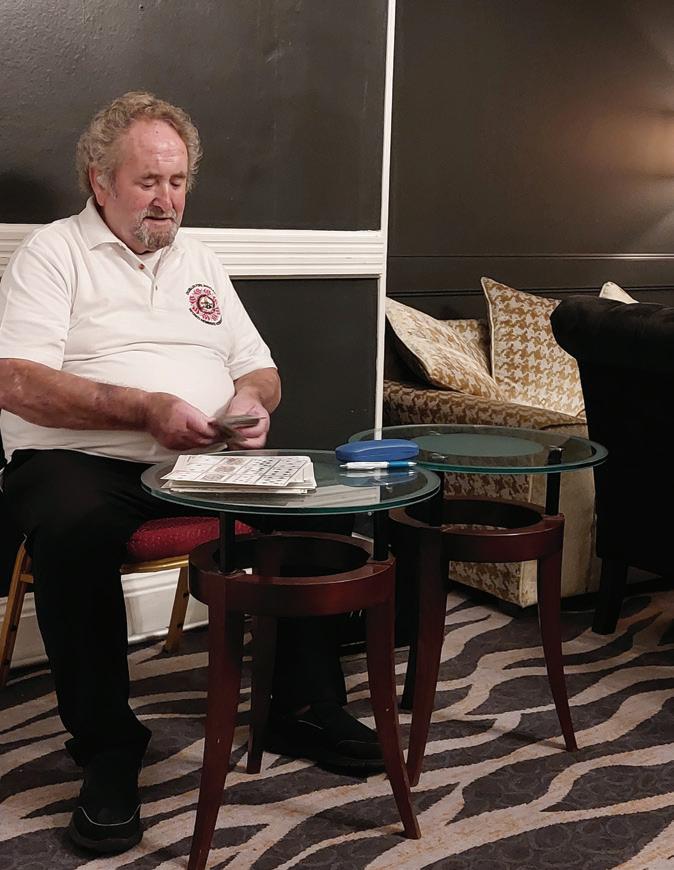
and Gardens and many other scenic places around the county.
On Wednesday, we held our traditional Quiz and Bingo Day in our own private library, hosted by our quizmaster Tommy Ellis, and before we knew it, ursday was upon us and it was time to head home.
Our thanks to the management and sta of the Gleneagles Hotel who looked a er our every little whim: We’ll be back to you in the near future!
On Sunday, 26 November, the DFB Deceased Members Mass was as usual held at 3pm in St Saviour’s Church on Dominick Street.
We were delighted to see our friends from the Mid-Ulster ExFire ghter’s Association arrive from Dungannon and Cookstown to help us celebrate the Mass, and although it was fairly well attended, organisers Retired D/O Adrian Sutton and Current FF/P Aidan Leavy felt there should be more support from current working re ghters in Dublin Fire Brigade.
Some of the extra touches the organisers made, such as bringing a named lit candle for each deceased re ghter to the altar, made it a poignant occasion,
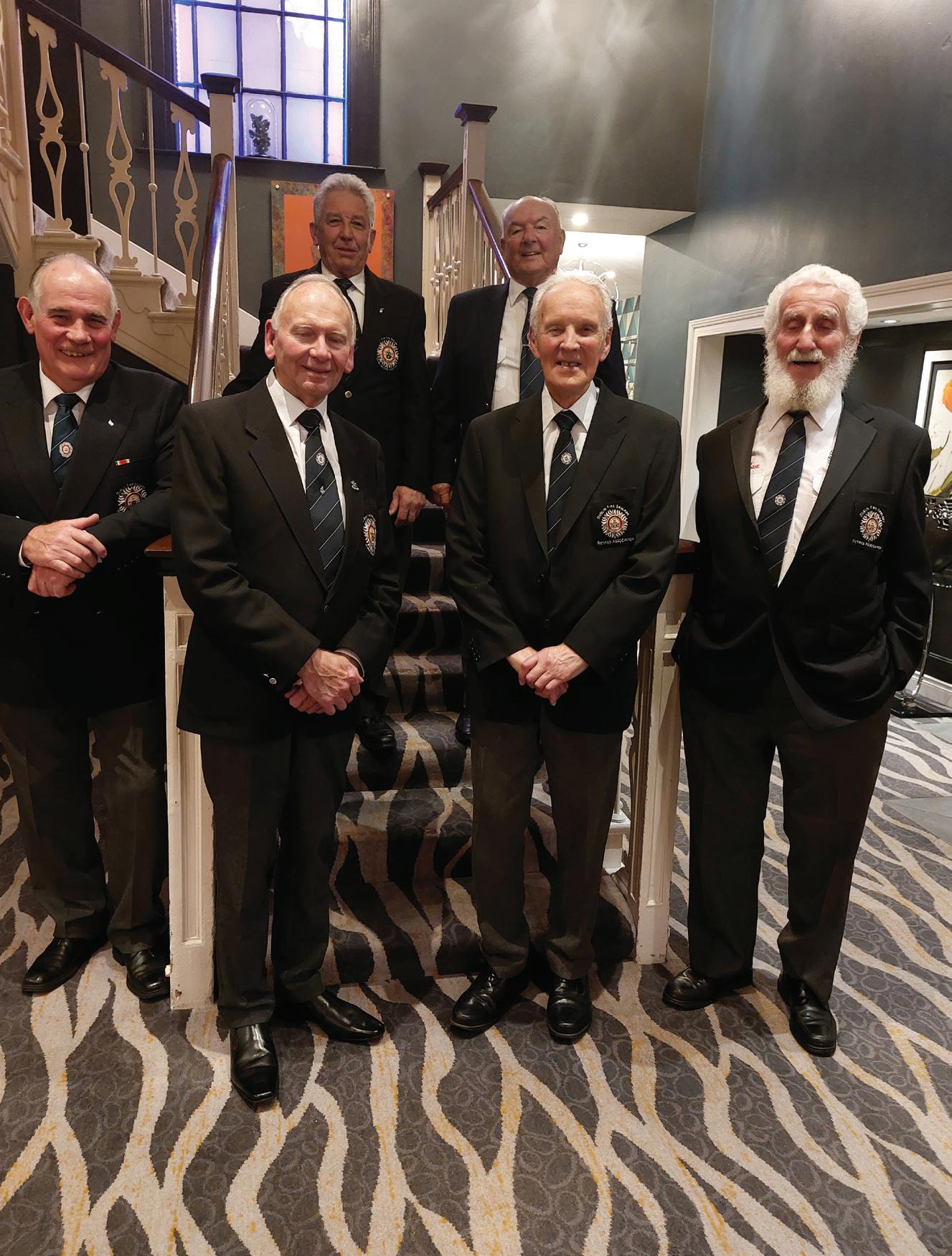
and of course the trumpet fanfare sounding to mark the consecration and lone piper towards the end of the ceremony will be remembered.
Our appreciation and thanks must go to BTO Brendan Carroll, who gave permission to have four members of the Paramedic Class there, who volunteered to act as ag bearers during the Mass.
e music and beautiful singing of the choir completed a memorable a ernoon, and many thanks must go to the DFB Sports and Social Club for sponsoring drinks and food in the Teacher’s Club a erwards. Well done to the organisers for the work they put in to give us this historical occasion at this busy time of year.
Our nal meeting before Christmas took place on Tuesday, 28 November, at the Teacher’s Club.
An important item regarding health insurance costs was discussed and ended with a request to John Hoban to share a WhatsApp link giving members an outline of how to save costs on health insurance. Many thanks John! We ended the short meeting and settled into a chat with some banter over nger food and a few pints.
Some of our members also helped out with training recently. On ursday, 30 November, and Friday,
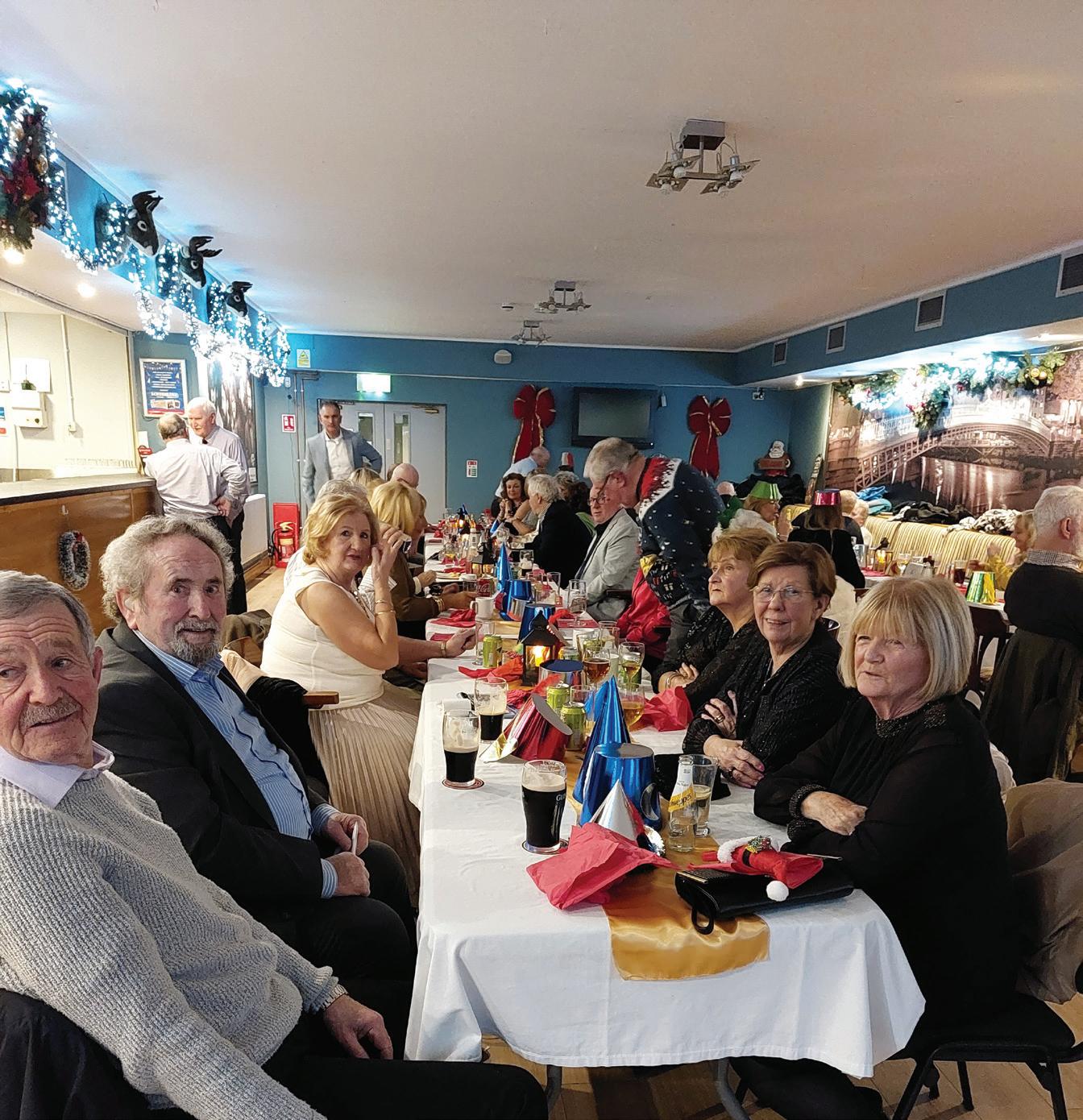
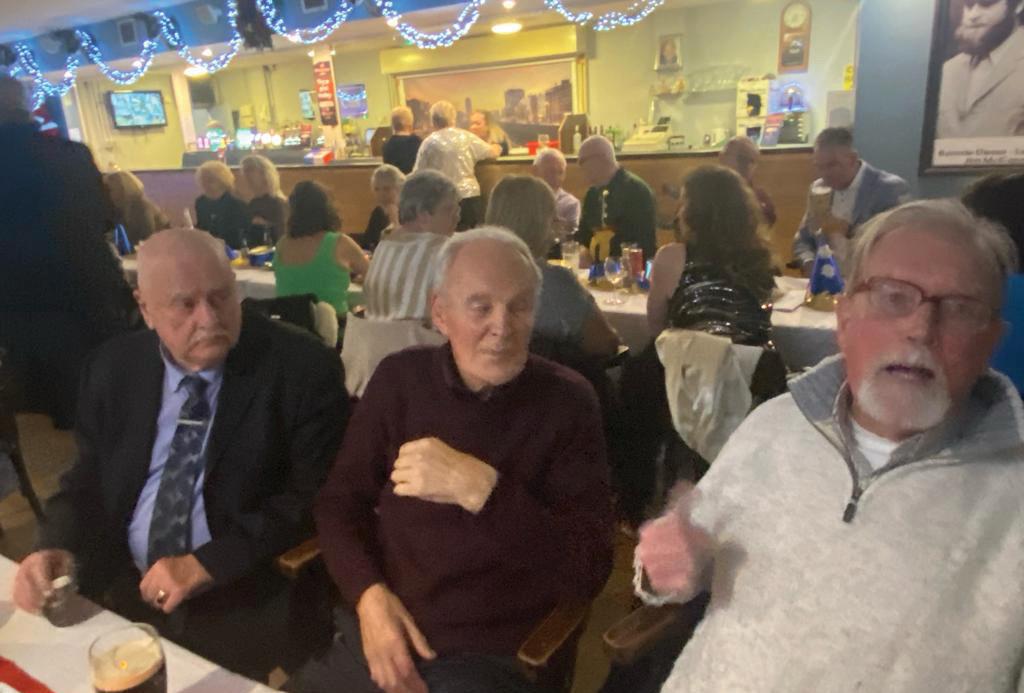
1 December, Willie O’Leary, Aidan Carroll, Liam Clarke, Peter Hedderman and others o ered themselves as patients to the paramedic students nishing a course in the Training Centre, giving them an opportunity to practise working with the public. It goes to show there are still some uses le for us oul’ critters!
Friday, 8 December saw our Christmas Party at the Ayr eld Club on Blunden Drive in Coolock. Some 60 happy partygoers arrived to a warm and lovely venue lled with beautiful décor, and tables bedecked with Christmas decorations, party hats, and candles ( re-safe and battery-operated but still welcoming).
OUR THANKS TO THE MANAGEMENT AND STAFF OF THE GLENEAGLES HOTEL WHO LOOKED AFTER OUR EVERY LITTLE WHIM: WE’LL BE BACK TO YOU IN THE NEAR FUTURE!”
By the time we had our rst drinks, the food was being served, and compliments to the sta and management for the way they arranged for each table to be served in rotation, with everyone getting their turkey and ham, or salmon, within a few minutes and with no fuss, nished o with a medley of desserts and tea and co ee.
While we enjoyed our Christmas fare, musician George Murphy set up his equipment to entertain us, and that he did, playing fantastic music to suit all ages.
Partygoers were delighted to discover a large dance oor that easily accommodated the people present, and they danced to their heart’s content. Some even gave us a karaoke version of their own favourite songs!
A great night was had by all, and our compliments go to the Manager and his bar sta .
Finaly, an important notice. e DFB Retired Members Association are updating clothing issued free to all members in 2024, starting with two uniform shirts, long and short sleeve. e Committee would like to ask all members to send their neck sizes and preferences for regular or slim t by text message to 086 224 7519.
e Committee would particularly like to hear from new members who joined us in the last couple of years regarding free blazer badges and ties.











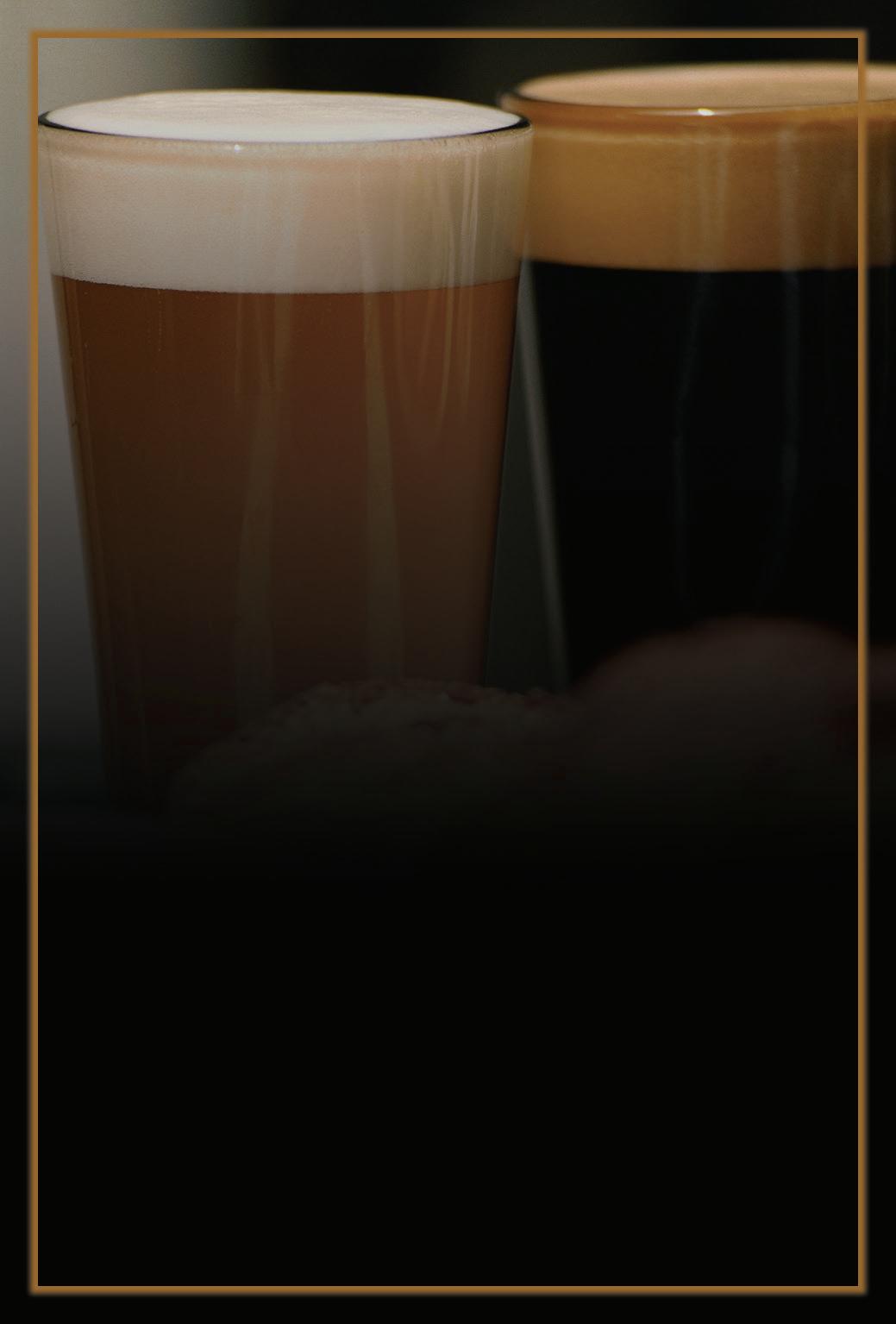
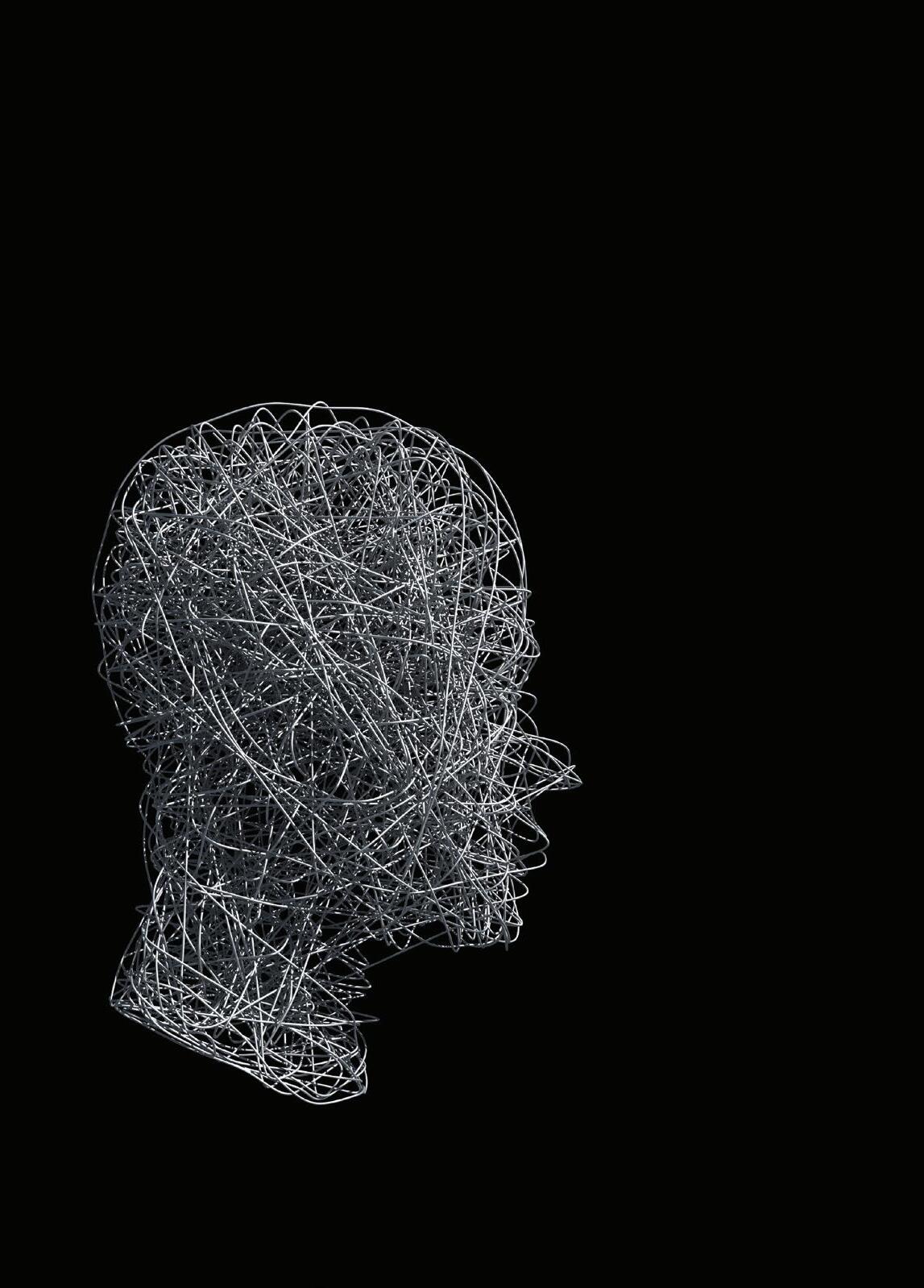


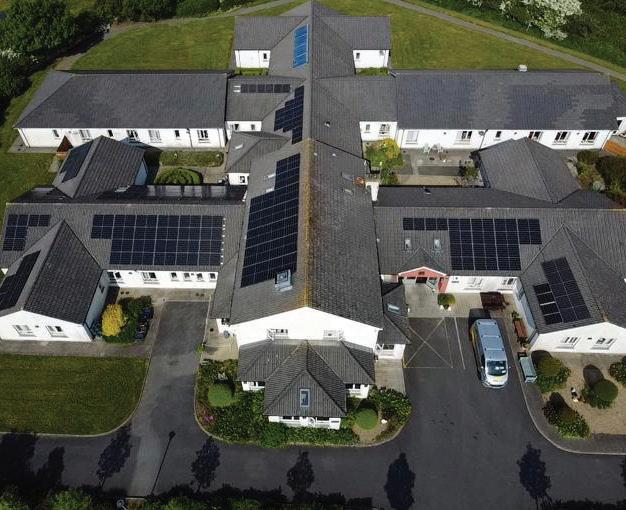

Australian Intensive Care
Paramedic
Tim Booth’s Funny
But Incisive
Book Recounts
His Experiences Working on a Busy Ambulance
“I couldn’t write a serious medical or ambulance book, so taking a light-hearted approach is the only way I know to communicate my experiences,” Tim Booth, an Australian Intensive Care Paramedic and author of You Called An Ambulance For What? tells me.
His book is at times very funny as it recounts many incidents that can most politely be described as ‘unbelievable time wasting’, but as the sub-title of Strange, Serious and Silly Stories of Life as a Paramedic suggests, it also gives an insightful look into what it is like to work on an ambulance in south-west Sydney, and raises serious issues around the challenges faced by paramedics not just in Australia, but across the world.
Even though, as the book frequently points out, Tim has spent more time tending to minor ailments than medical emergencies, his current profession is a far cry from his original job.
“I used to be a journalist for Top Gear magazine, which seems like a dream job for any bloke, and I’m o en asked why I would swap that for attending to someone vomiting on the street,” he says. “But there are a lot of parallels to being a journalist –90% of the time you are doing mundane stu and 10% of the time you are doing the super-exciting stu .
“Also, around 2010, all the men’s magazines were going broke. I saw the writing on the wall, and feared that I might not have a job soon, so I started thinking seriously what I could do. I gured that people are always going to get sick or fall out of trees or do stupid things, and someone who works with NSW Ambulance told me he worked four days and then gets ve days o , so that sounded pretty good, and I applied!”
e job obviously suited him as, just three years a er training and gaining experience working the suburbs of Sydney, he became an Intensive Care Paramedic, the equivalent of an Advanced Paramedic, but a er six years responding to countless unnecessary calls, he felt the need to address the issues he saw were endangering the general public and ambulance sta alike.
“ e turning point was around the time I became an Intensive Care Paramedic,” he tells me. “Even a er you get through the Intensive Care training course and all the stress of that, I was still being sent to the same rudimentary calls, a lot of which were time-wasting. ere is also a very big online paramedic community and I saw that the number of time-wasting calls was a global problem, not just isolated to New South Wales.
“Before I joined, I thought paramedics only went to emergencies. I had no idea that more than 90% of calls were either nuisance incidents or very minor issues, and I thought the general public deserves to know about this. eir tax dollars are going to this service, and then when one day they might need an ambulance, it’s delayed because it is stuck with someone who has a blocked nose.”
e incident with a patient who had a blocked nose is detailed in the rst chapter of the book, and sets the tone for what will follow, with more and more unbelievably trivial callouts that ba e, and sometimes infuriate Tim and his colleagues.
“ at callout was one of the rst ones I went to, and it really opened my eyes to what the job entails,” he says. “But there was also one person who called us out because he had lost his credit card. Instead of calling his bank, he called 000 to send paramedics to help him cancel his bank card. Every one of us has stories like that, I guarantee.”
Tim is not afraid to raise controversy, and his honest views on what is causing a higher than ever number of ‘time-wasting’ calls are de nitely contentious. He feels that the number of people with access to free health care, whether they need it or not, is damaging the health system.
“ ere is no deterrent,” he says. “ e people who don’t have the Pension Card (Australia’s equivalent of a Medical Card) have to pay €500 for an ambulance callout. Nobody is spending €500 to get a blocked nose checked out.
“Ambulance services are also very mitigation-conscious,” he adds. “ ey have a fear that the one in a thousand calls about a blocked nose turns out to be something
more serious. In writing this book and raising these issues, I wanted to get the message across to the public, but also to have it read by health executives and politicians because they are the ones with the power to make systemic change, which is what is needed. Education campaigns haven’t worked, especially in the age of entitlement and instant grati cation we live in, but I also appeal to the public, because there are people out there who need us but can’t get us, they are the ones who will be a ected.”
He also feels that the way emergency calls are currently triaged in Australia adds to cases of confusion or unnecessary responses.
“It takes just one word to trigger something as the di erence between an emergency response, a non-emergency response, or not getting an ambulance at all,” he tells me.
“For instance, someone with a blocked nose might say that they can’t breathe, so immediately it is a lights and sirens response, or if they have been coughing for three days and so they say they have a sore chest, again it’s an emergency response.
“When just about everybody has a mobile phone, there is no reason why we couldn’t introduce video triage calls. I can’t count the number of times I have been to a cardiac response call a er the call taker has been told the person is not breathing, and I have walked in to nd the person still on the phone with the call taker, but it’s still considered a cardiac arrest. How are we getting it so wrong?”
Interspersed with these important issues are the more light-hearted moments that many paramedics will identify with, such as the ubiquitous ‘object stuck where it shouldn’t be’ case.
“Yes, a broom handle that was stuck somewhere unpleasant,” he laughs. “ at really caught the attention of the press over here when the book came out. at story wasn’t in the book initially, funnily enough, but the publisher said ‘I think we need a story about something lodged in a body cavity, have you got one?’ And of course I did. I had thought it was overdone and a bit cliched, but the publisher said they

know what sells, and they were right. So I pulled one out, so to speak!”
e process of becoming a paramedic is covered very well in the book, but Tim also gets across the emotions of dealing with your rst case that will resonate, and his advice to new paramedics is this: “It de nitely is daunting. We have a big fear of messing up because we are so heavily scrutinised, but there are no shortcuts, and you just have to throw yourself into as many situations as possible. If you put your hand up for those big emergency calls and dive into them, that is the best way, go and get the exposure and constantly do things that challenge you until it becomes second nature.
“Early on you’ve got to expose yourself to as much as possible, look for those
opportunities and di erent cases because they may not present themselves on their own.”
One section of the book that is particularly hard-hitting (but told light-heartedly) is the part dealing with COVID-19, and Tim looks back at it with a mixture of bewilderment and fatigue at the fact that lessons don’t seem to have been learned.
“It seems like the whole thing has been forgotten about, not just by the public but also our organisations and health systems over here,” he tells me. “It was exhausting because there was just this constant fear, we were seeing images on the news of mass graves in di erent countries and then it comes to our shores and we don’t know
if our PPE is enough, are we putting it on correctly, how far away is the vaccine?
“Because Australia is such a big country geographically, a lot of areas didn’t experience it for a long time. In Sydney, we were going to houses where there were up to ten people, all with COVID-19, coughing all over us, and you felt like a canary in a coalmine, not knowing if you are bringing it home to your family.
“ is was well before the vaccine, and it died down for a bit until the Delta Wave came, in mid-2021 and it was like we hadn’t learned anything. ere was a vaccine but it hadn’t been rolled out, we hadn’t changed the supply chain for PPE.
“Also, some days we are in 40 degree heat over here, and we were going around in this PPE that hadn’t been upgraded, so it was like doing our job in bin bags, basically waterboarding ourselves with our masks. It was horrendous for a long time.
“But then very quickly it seems to have been forgotten about and we are back to callouts to really minor issues. It is like it never happened.”
As it talks about contentious issues and real medical incidents, the book includes an Author’s Note at the end that not just acts as a disclaimer but also nicely summarises the message Tim wants to get across.
“Anything medical involving patient privacy and con dentiality is a bit of a legal mine eld, so I had to mention that I changed names and genders, etc,” he tells me. “But also I wanted to add in that although the stories are funny to read, there is a serious underlying message about a problem we face, asking people to think twice before calling us. I am stressing the fact that there are people who do need us, so we don’t want people thinking that nobody should call us - de nitely use us in the case of a genuine emergency - but to think about the impact a call will have, not only on somebody else who really needs us, but also on the paramedics.”
Even though he uses pseudonyms, there has been some fallout since the book was published in Australia, with his employer’s Professional Conduct and Integrity Unit writing to him citing concerns over breaches
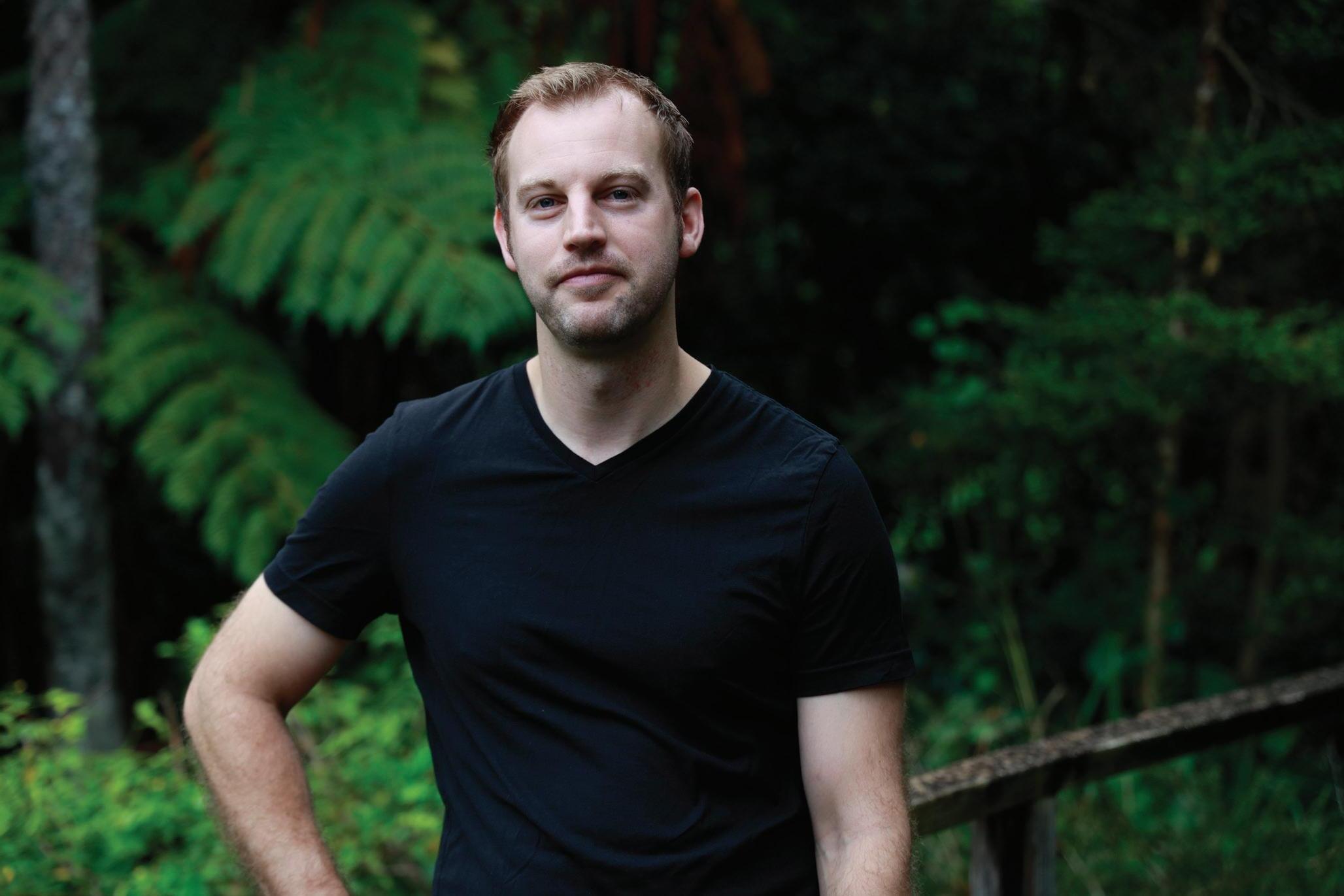
of their policies, but Tim was prepared for this and takes a philosophical view of it.
“I was very careful not to mention exactly who I work for in the book, although it is pretty obvious because there is only one in the State I work in, but I took all precautions of not identifying that,” he says. “You can’t really talk about these subjects without risking your career, which is something I have done,” he says. “I just wanted a way I could get the message across to people that is not the heavily sanitised version of what goes on in the reality TV shows Ambulance UK or Australia. I wanted to take the general public on the journey with me and show them the human side of being a paramedic.
“Every emergency service has a protected image, but I wanted to show that we are human and have emotions other than compassion and love for everybody, because occasionally we do get frustrated and tired and say things out of frustration.”
“If I was worried about losing my job, I would never have published the book in the rst place,” he adds. “But I felt the message itself is bigger than me, bigger than my employment, and it is something all paramedics want to say, so gured I’d deal with the fallout when it happens. Beg forgiveness rather than ask for permission!”
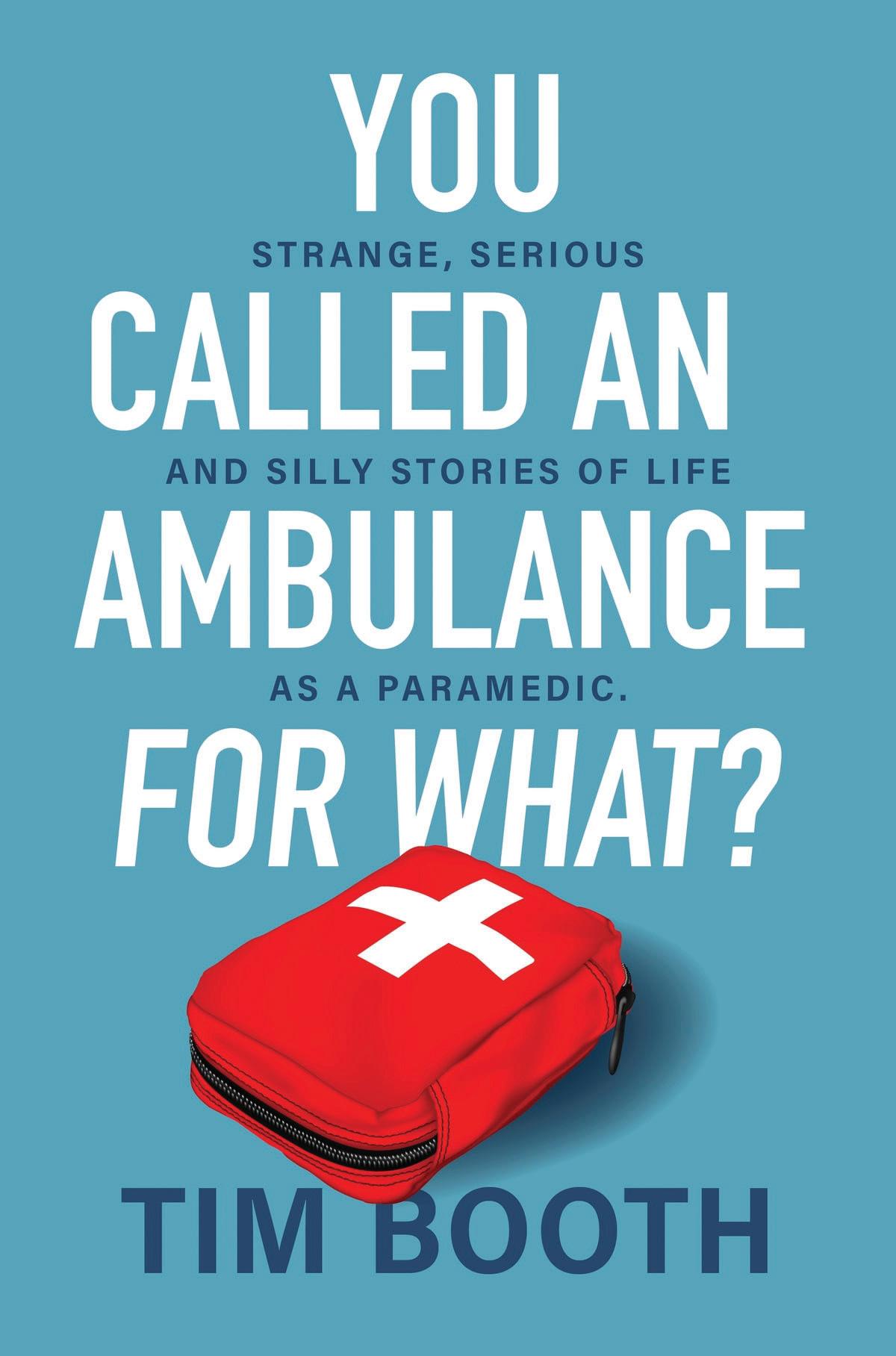


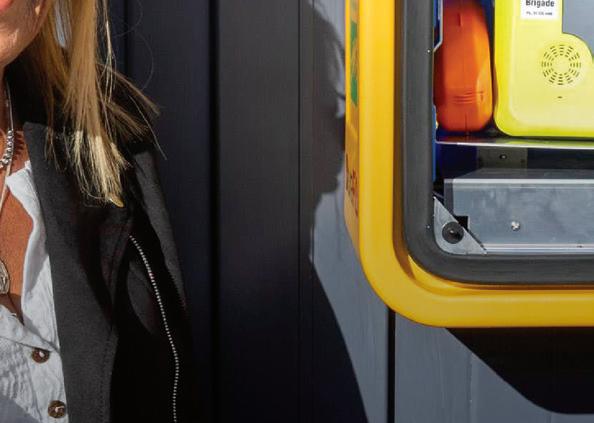




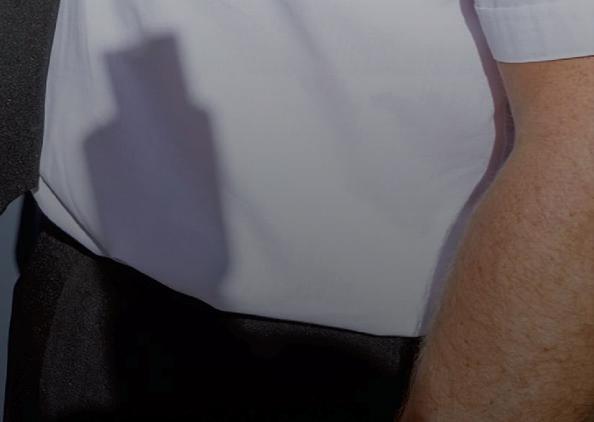




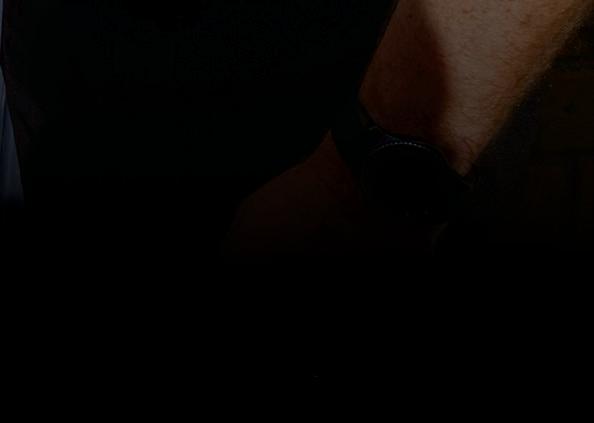
An Unexpected Incident Led to the New Initiative for Dublin Fire Brigade, D/O John McNally and FF/P John Leckey tell Adam Hyland
On 16 October last year, ttingly ‘Restart a Heart Day’, Dublin Fire Brigade unveiled 14 new Public Access Automatic External De brillators located prominently outside each of its re stations across the city and county.
is signi cant initiative to enhance community safety by providing immediate assistance during critical moments when
every second counts in a medical emergency, was a necessary step forward, with the launch attended by DFB personnel, Lord Mayor Daithí de Róiste, and one very special guest whose own medical emergency prompted DFB to decide to install these life-saving devices in places where the public can access them when needed.
In January of 2023, Pauline Ryan was being driven through Finglas by her sister when she su ered a
cardiac arrest. Despite the frightening situation, Pauline’s sister had the presence of mind to pull into Finglas re station in search of help. e re appliance and ambulance were both at another cardiac arrest callout, with all the station’s medical equipment, but D/O John McNally and FF/P John Leckey were fortunately still there, and performed CPR until the arrival of colleagues from Phibsboro Fire Station, who were able to successfully de brillate and resuscitate Pauline.
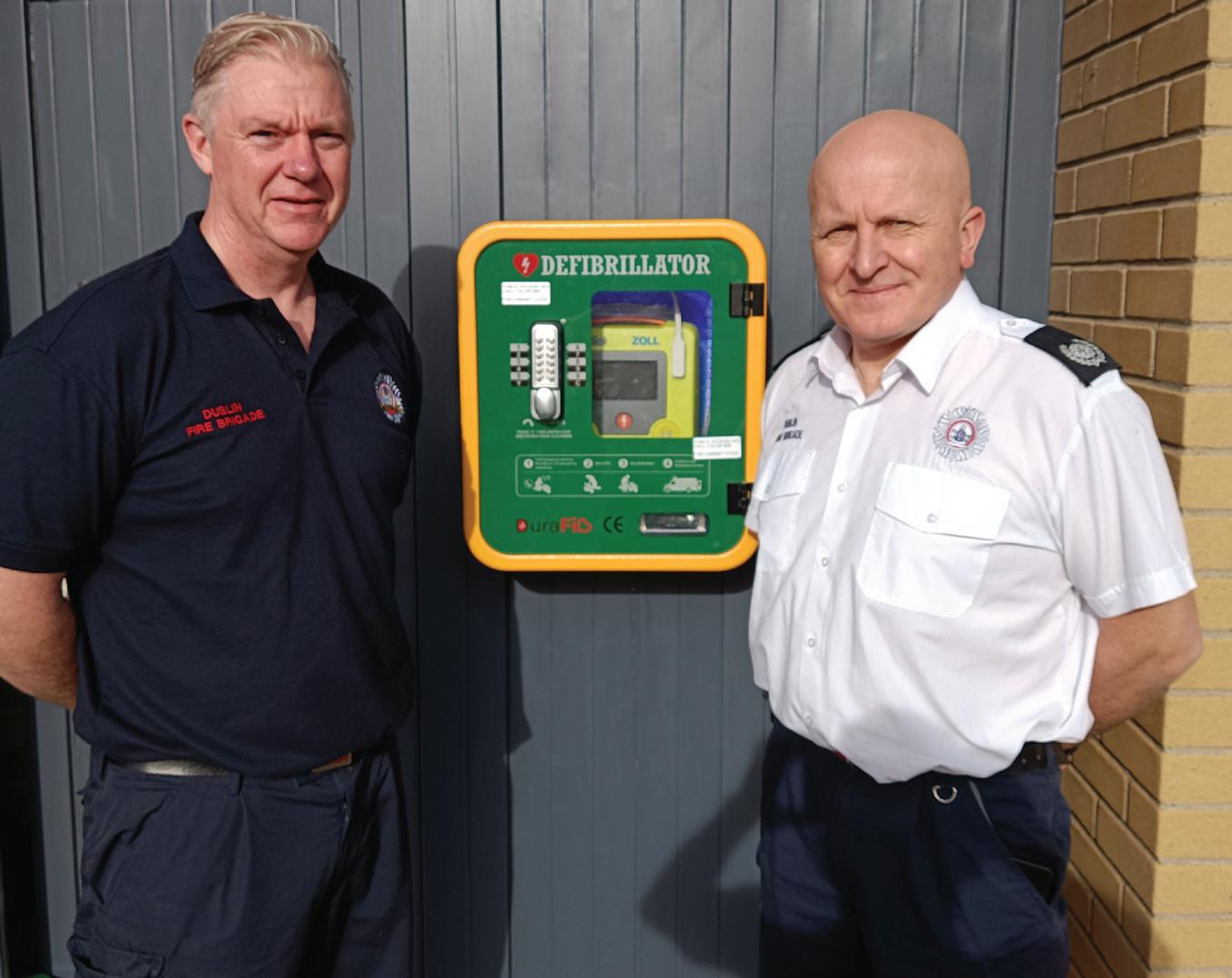
D/O John McNally gives his account: “It was a Sunday morning and both the re appliance and ambulance were out on calls, leaving myself and our mess man John Leckey at the station,” he tells me. “He was preparing dinner for the day when there was a frantic knock on the door of the station.
“I looked out and saw a woman in distress, so we both went downstairs and opened the door to nd another woman slumped over in the passenger seat of the car. We assessed her and saw that she was in cardiac arrest, with no pulse, so FF/P Leckey started to perform CPR immediately while I went back into the o ce to phone for another ambulance.
“We had basic equipment, so we were able to get an airway and applied a Bag Valve Mask, and continued to perform CPR until the ambulance and re engine from Phibsboro arrived and their crew gave vital assistance. e de brillator was applied and advanced paramedic Declan Byrne performed procedures until we got a return of spontaneous circulation and the woman was taken to hospital.”
FF/P Leckey also recalls the


incident vividly.
“ e car pulled up at the station and a woman hammered on the door,” he says. “Myself and D/O McNally approached the woman in the passenger seat, did a pulse check and found there wasn’t one, and while D/O McNally made the call to mobilise advanced medical care, I did chest compressions and rescue breaths.
“ ere was still no output a er a few minutes, and when D/O McNally came back out he took over the rescue breaths while I continued chest compressions until the Phibsboro ambulance arrived. We
were performing CPR for about 15 minutes before they took over.”
When I ask if this was a bit of a change of plans from what he was initially tasked with that day, FF/P Leckey gives a typically wry reply: “Well, the dinner nearly got burnt!” he says. “I can’t remember what it was I was cooking, but I’m sure it was something exquisite!”
As D/O McNally tells me, usually when the patient is brought to hospital the DFB personnel who treated them hears nothing more about it, but serendipity stepped in.
“ e woman, who we later found out was called Pauline Ryan, happened to be doing a rehabilitation course a er her cardiac arrest and she was talking to someone with a connection to DFB, and that is how we were able to nd out who she was. Other than that, we would never have known who she was, and thankfully because we did know, we were able to invite her to the launch of the de brillators.
“DFB actually managed to get in touch with and invite other survivors of cardiac arrest to the launches at di erent stations, so it was great to be able to see the faces of those who were saved, because that gives DFB personnel great satisfaction.”
At the launch itself, which understandably had its main event at Finglas Fire Station, D/O McNally was pleased to meet Pauline again. “I approached her and introduced myself as one of the people who had treated her that day,” he tells me, “and she got very emotional, as did her sister. She had no recollection of the events, or the day at all, which is normal for people who su er a cardiac arrest, but she obviously knew the seriousness of what had happened.
“ e key thing is that her sister had the presence of mind to go to us, and luckily enough myself and FF/P Leckey were there, and are obviously experienced and trained in CPR, and even though we didn’t have the full equipment at hand, we were able to keep her brain oxygenated until the de brillator and ambulance arrived.
“I explained to Pauline that there was a chain of events that made sure her chances of survival increased, and she realised how lucky she was that her sister brought her to us, that we were here, that we could get an advanced paramedic out quickly and get her to hospital, and she was very thankful for it, but it was important

to point out that her sister was of equal importance in that chain of events.”
Following the incident itself, it was D/O McNally who set the initiative in motion to have public access de brillators at every station, but it all started with a request to have one at Finglas Fire Station.
“Saving lives is something we do all the time, but normally when we go to incidents we have the resources with us, and in this situation we didn’t, so we could only do what we could, so it was important to put in the call to make sure we recti ed that as soon as possible,” he says.
“It was great to be involved from the initial incident up to the launch, but in the end, we were just doing our job, and the main thing is that Pauline survived,” he adds. “I sent in a corrective action form looking for a de brillator for ourselves, but we needed to think bigger, and that is where the Public Access De brillator
plan came in, because it was deemed important to have one publicly available at every re station. ey are outside, clearly marked, lit up, and very accessible 24/7, which is great for the community.”
e overall initiative aligns with Dublin Fire Briagde’s dedication to proactive community engagement and safety, “aiming to bridge the gap between emergency services and the public by fostering a sense of unity and cooperation”, and for FF/P Leckey, the installation of these Public Access De brillators is crucial to this.
“Speaking personally, in my 28 years at Finglas Fire Station, we have had quite a few people knocking on the door, whether it is with a sick child or a serious injury, and if it does escalate to cardiac arrest, until now we have had no response if the ambulance and appliance are out, so it is great to have the resources now, a great thing for us and a great thing for the community to have. Hopefully we will never have to use it, but it is good that it is there.”








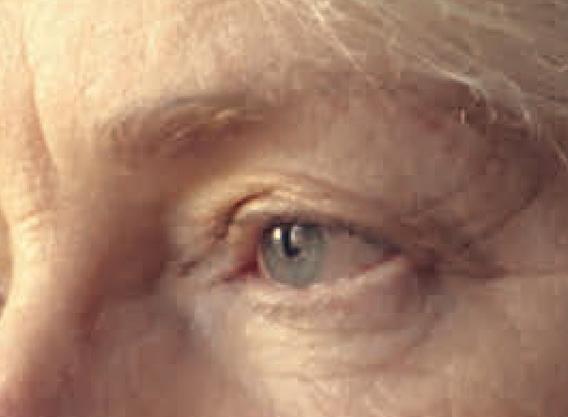


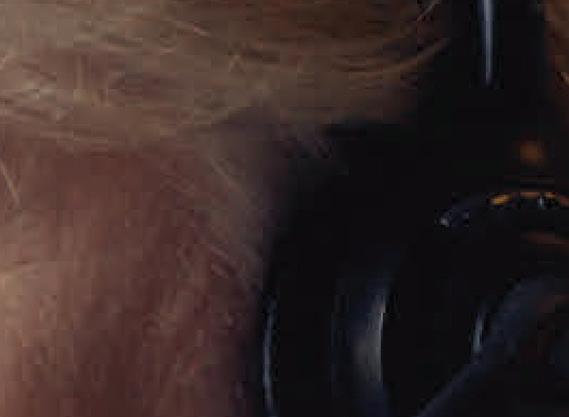




















In looking through my collection of books, I came across a couple of interesting letters hidden amongst the pages that give a snapshot of DFB history.
e rst is a single-sheet handwritten letter of reference dated 30 March 1889, from Chief Fire O cer Boyle at the then-called Central Fire Brigade Station on Chatham Road to my granduncle, Patrick Nolan.
It gives a brief recognition of his service as a re ghter, noting his sobriety, honesty and attention to his duties, and o cially states that Patrick Nolan resigned his position a er two years.
Patrick was a seaman at a time when sailors were o en at sea for a year or two before returning home, and between voyages, the Fire Brigade was an ideal employment for those who wished to gain a steady income and, because the job was live-in at the station, a place to stay, before the call of the sea lured them once more.
e Fire Brigade readily employed seamen at the time for many reasons. ey were experts at climbing rigging and working with ropes, knots and canvas, similar to hoses and rescue sheets, and they were also used to strict discipline.

Patrick had been away on a voyage for two years, but when he came home he decided he wanted to settle down and get married, which is why he joined the Brigade in 1887, but just two yeas later he was o to sea again, this time for his nal voyage.
He was drowned when he was washed overboard from the Brig Esmerelda when it sailed out of Halifax, Nova Scotia, on its way to Valpariso in Chile.
I have a letter from the shipping company’s solicitors in Halifax somewhere, which I will hopefully rediscover, giving an account of how Patrick was lost at sea in the North Atlantic, that included a cheque covering wages he was entitled to, plus the money received from the sale of his clothes and belongings to his shipmates, and the sale of his watch to the captain.
ey didn’t go back to port, instead continuing on their journey for another eight months, and only then did they write to his mother to inform her and pay his dues. It’s interesting how things were done in those days.
e second document I found is dated 9 February, 1973, a tumultuous time in Irish history. It is from Mr F G Gray, Area Operations Manager for CIE, giving me and two colleagues special permission to travel to Belfast in uniform on the Newspaper Train to attend the funeral of Fire ghter Brian Douglas. ough it is an important document, the letter doesn’t tell a fraction of the story.
Fire ghter Brian Douglas was shot dead while attending a re at a shop in the loyalist area of Sandy Row three days previously. He was supposedly killed by the UDA because he had gone to work and not taking part in the Loyalist Strike in opposition to the Sunningdale Agreement that had attempted to
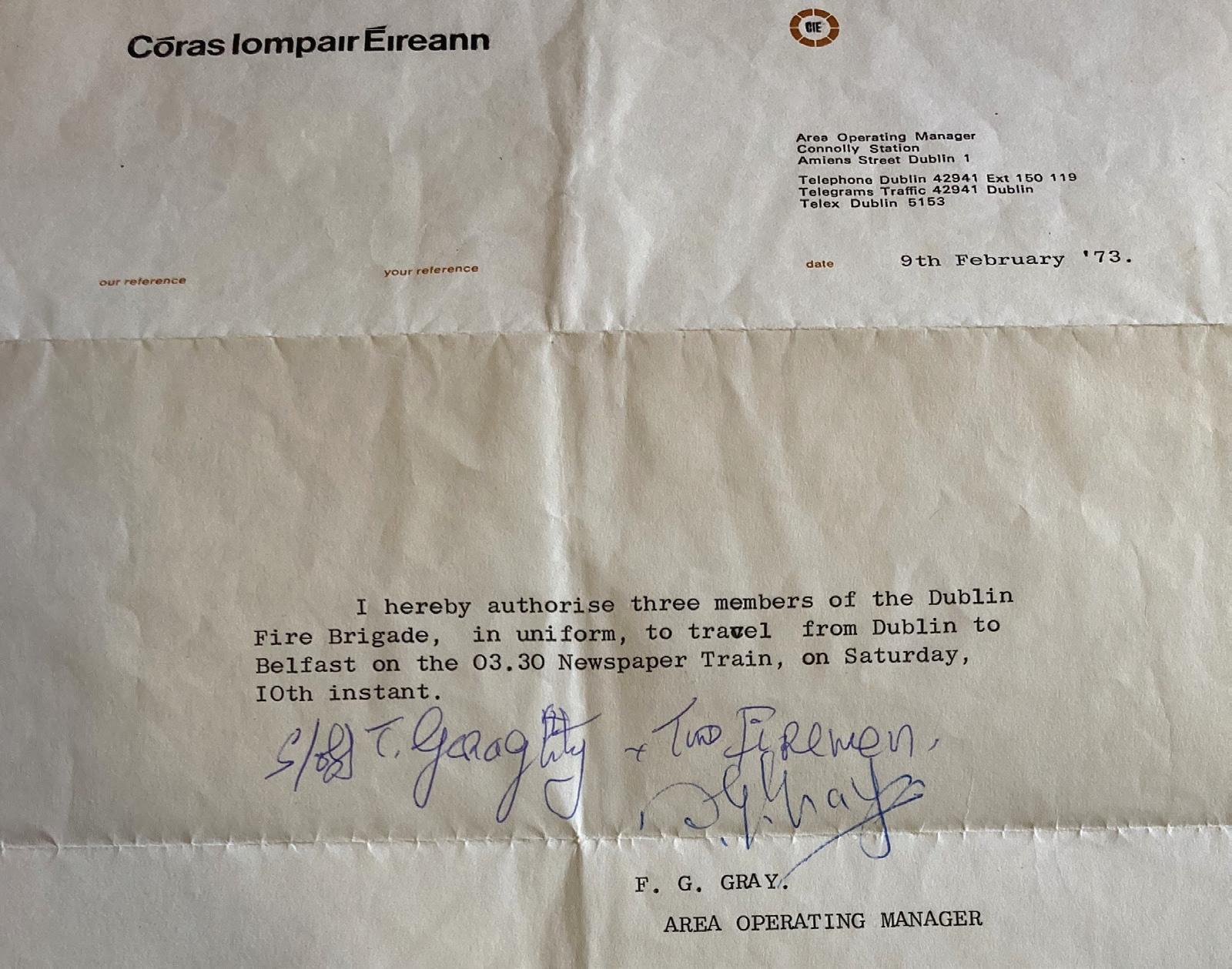
establish a power-sharing Northern Ireland Executive and cross-border Council of Ireland, but which collapsed within a year.
I wanted to go to the funeral to pay my respects to this re ghter who was only in his 20s and had been working just a couple of years, because I knew their Union representatives, and felt it was the right thing to do.
Because of the Loyalist Strike and ongoing violence, there were no regular trains between Dublin and Belfast, which is why we had to take the newspaper train, and although I expected to get permission from Dublin Fire Brigade, I was told they couldn’t provide the insurance for the trip.
When I insisted that I would still go, I was asked to take two station reps with me and represent the Dublin Fire Brigade at the funeral.
At the time there was a lot of tension in the Belfast Fire Brigade, understandably, and this came to a head when young Fire ghter Douglas
was shot, ve times, and all because the re ghters didn’t go on strike in support of the general Loyalist Strike. It was important to show our solidarity with them.
As far as I know, the incident has never been properly investigated, and as with many incidents in the area around this time, it was played down by the Government and media.
I got copies of all of the Belfast newspapers the morning of the funeral, and the only one that covered the incident on the front page was the Irish News. e rest had it buried inside. It was only last year that a red plaque was erected in memory of Brian Douglas on the 50th anniversary of his murder.
Nevertheless, I was proud to represent Dublin Fire Brigade and march in solidarity with the Belfast re ghters that day, during a tragic and di cult time, and I kept this letter as proof that I did go, in spite of the risks.
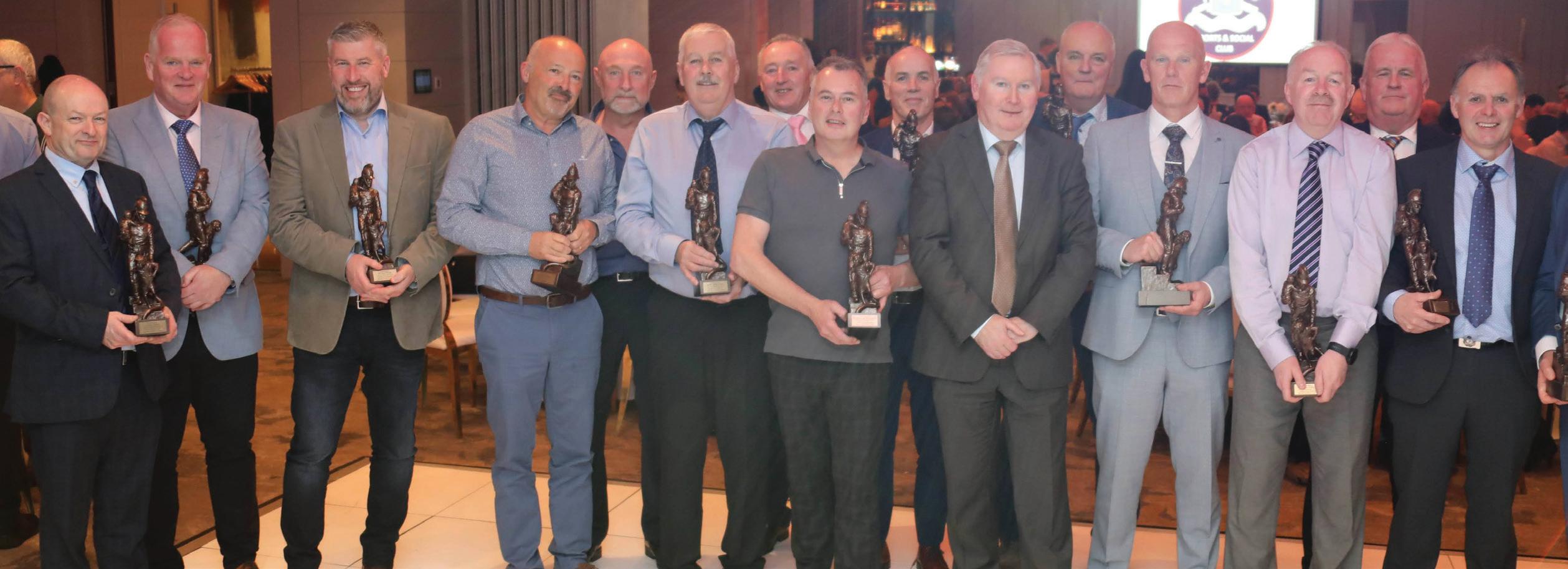



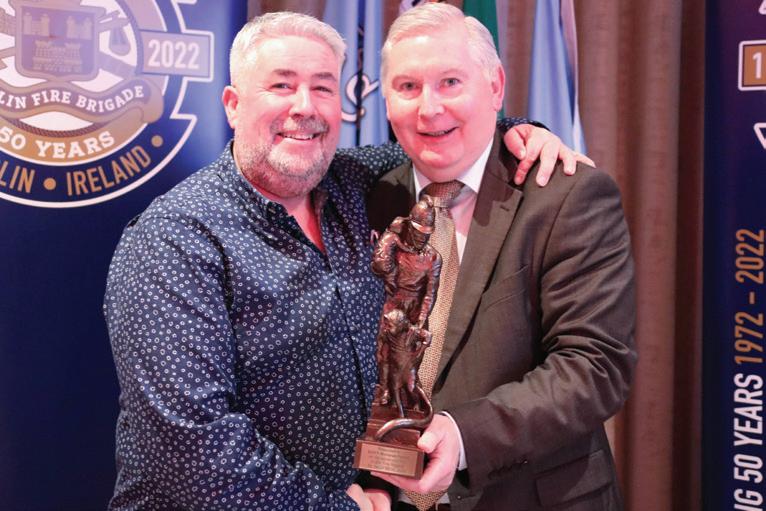

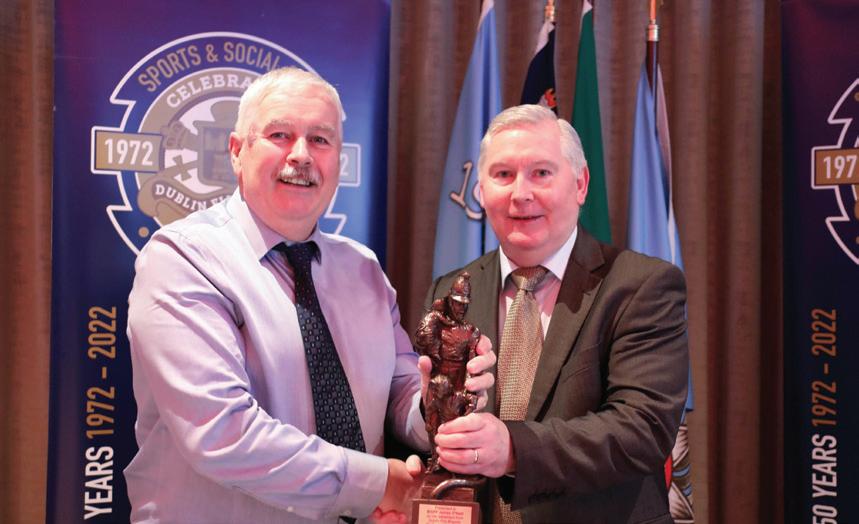
We Said Farewell and Celebrated the Careers of Recently Retired Members in March, writes Ger Ryan
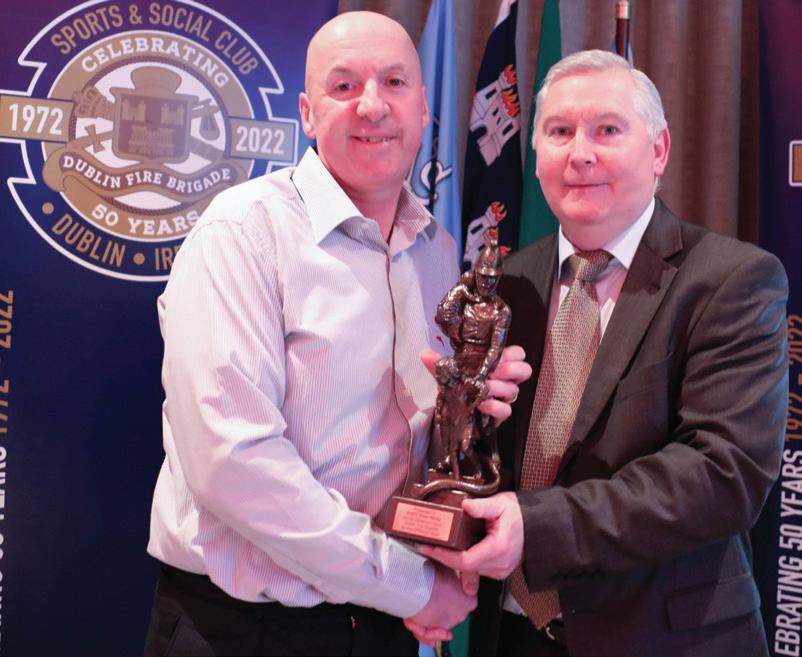

The annual celebration of recently retired members of Dublin Fire Brigade Sports and Social Club took place at the Castleknock Hotel on Friday, 1 March, and while there were downpours outside, nothing could dampen the spirits of those in attendance.
In all, 27 retired members and their families were invited to be awarded a specially-commissioned statuette, and their service, as well as that of their
families, was acknowledged and celebrated on what was a great night. CFO Keeley, ACFO O’Dwyer and ACFO Hedderman, the Retired Members Association and DFB’s Pipe band Executive Committee were also invited to attend, and it was great to see such a large number brave the weather to be there.
Upon arrival, attendees mingled in the foyer before it was time to take to the tables in a beautifully laid out banquet room, as directed

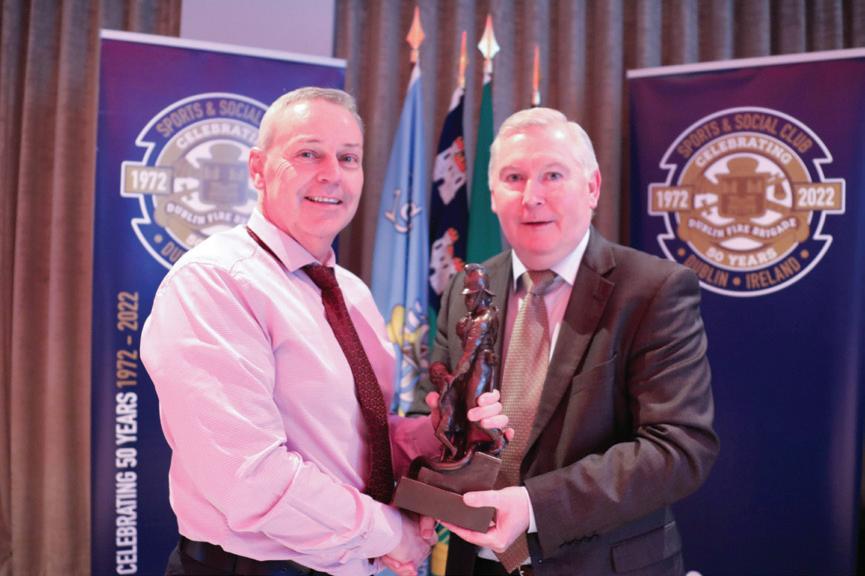



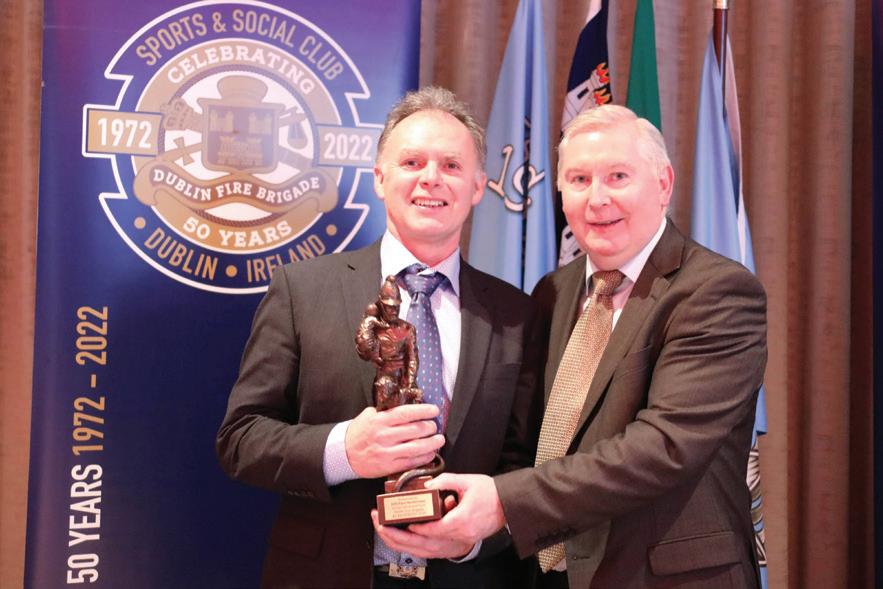


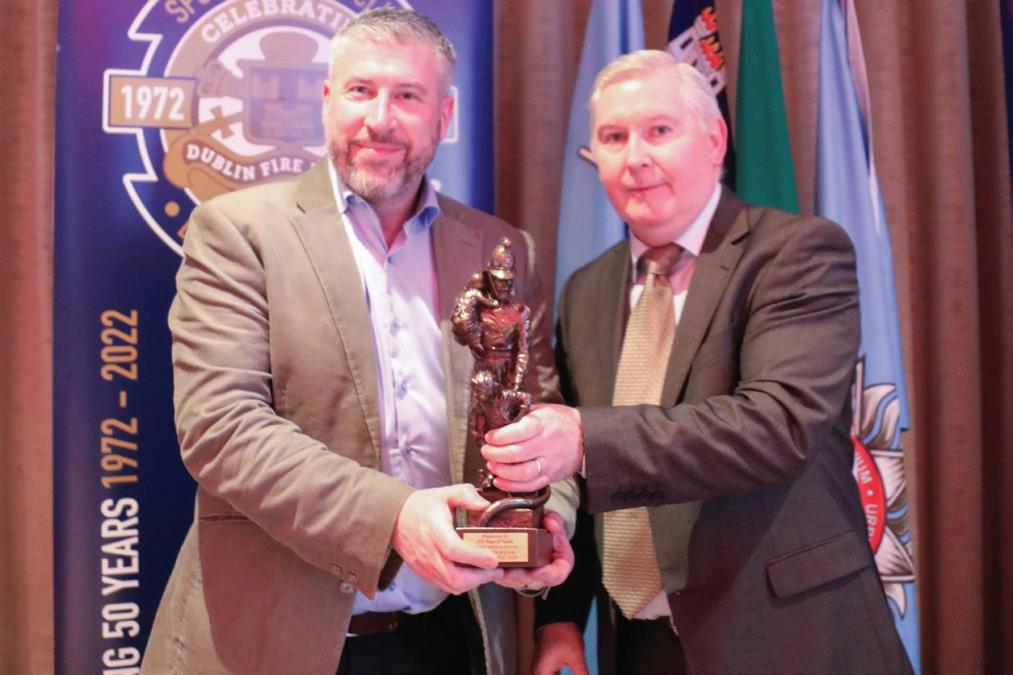








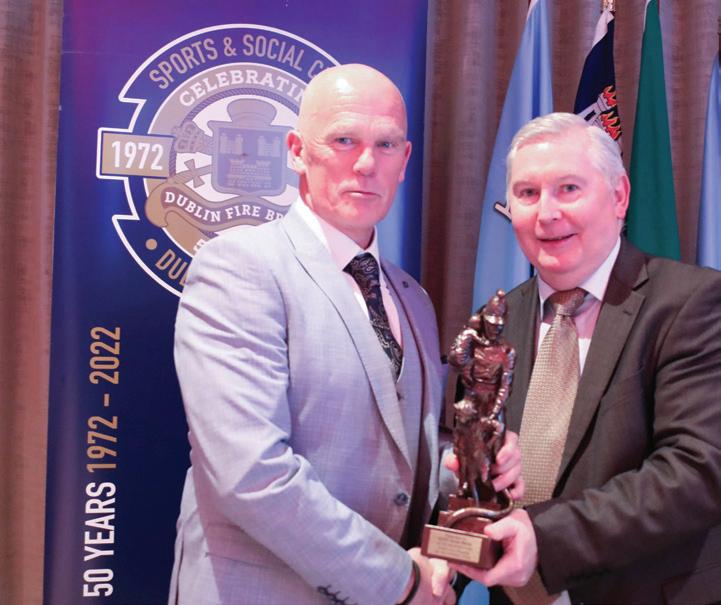


by a seating plan at the entrance, with the DFB Pipe Band leading the retired members into the hall to a warm round of applause that created a brilliant sense of occasion.
A delicious meal was served up, with entertainment in the form of a singer and a magician, before DFBSSC Chair Paul McCann took to the stage to formally introduce the event.
DFB Retired Members Association rep Willie O’Leary said a few words to remind everybody of the importance and bene ts of the RMA, before CFO Dennis Keeley spoke about the tremendous service given by the 27 retired re ghters throughout their careers.


e presentations then began, each of which was met with a round of applause as the retired members of the club took to the stage in turn to be presented with their statuette by CFO Keeley.
Dessert was served and the real mingling started as retired members and their families took it in turn to get a professional photograph by Trevor Hunt taken, but the night was yet young, as a band and DJ continued the revelry late into the night.
An enormous amount of work goes into organising nights such as this, so huge thanks must go to the Organising Team of Paul McCann, Simon Finglas, Ray Campion, John Connolly, Deirdre Berry and Richie McDonald, as well as other members of the DFBSSC Committee who attended and helped make everything run smoothly on the night. anks must also go to the sta at the Castleknock Hotel for their excellent service, to Barry Ormand for the bespoke cra smanship of each statuette, and to Adonis Flowers for the beautiful ower displays presented to the partners of each retired member.
COLM EGAN
RAY CARNEY
JOE MULLIGAN
JOHN PHELAN
MICHAEL O’BRIEN
ROBERT CONNOLLY
NICHOLAS FARRELL
EION DOWLING
PETER WHITE
PETER HIGGINS
DAVID LANIGAN
DEREK WALSH
JIMMY EDGHILL
LARRY BYRNE
LIAM WILSON
MARTIN WATERS
BRIAN ‘JAP’ MCLOUGHLIN
PATRICK TEEHAN
BRENDAN LODOLA
FRANK MURPHY
PATRICK O’RIORDAN
SEAMUS ROWE
PAUL O’TOOLE
PAUL HENDRICKEN
JAMES O’NEILL
DAVE FITZGERALD
JIMMY O’BEIRNE
Children’s lives shouldn’t need saving from entirely preventable causes. Every day tens of thousands of children worldwide die needlessly from illnesses such as measles, tetanus and diarrhoea. UNICEF wants you to help prevent these deaths. We believe that one child dying is one too many. We believe in zero and we desperately need your help. Call 01 878 3000 or visit unicef.ie today to give your support.

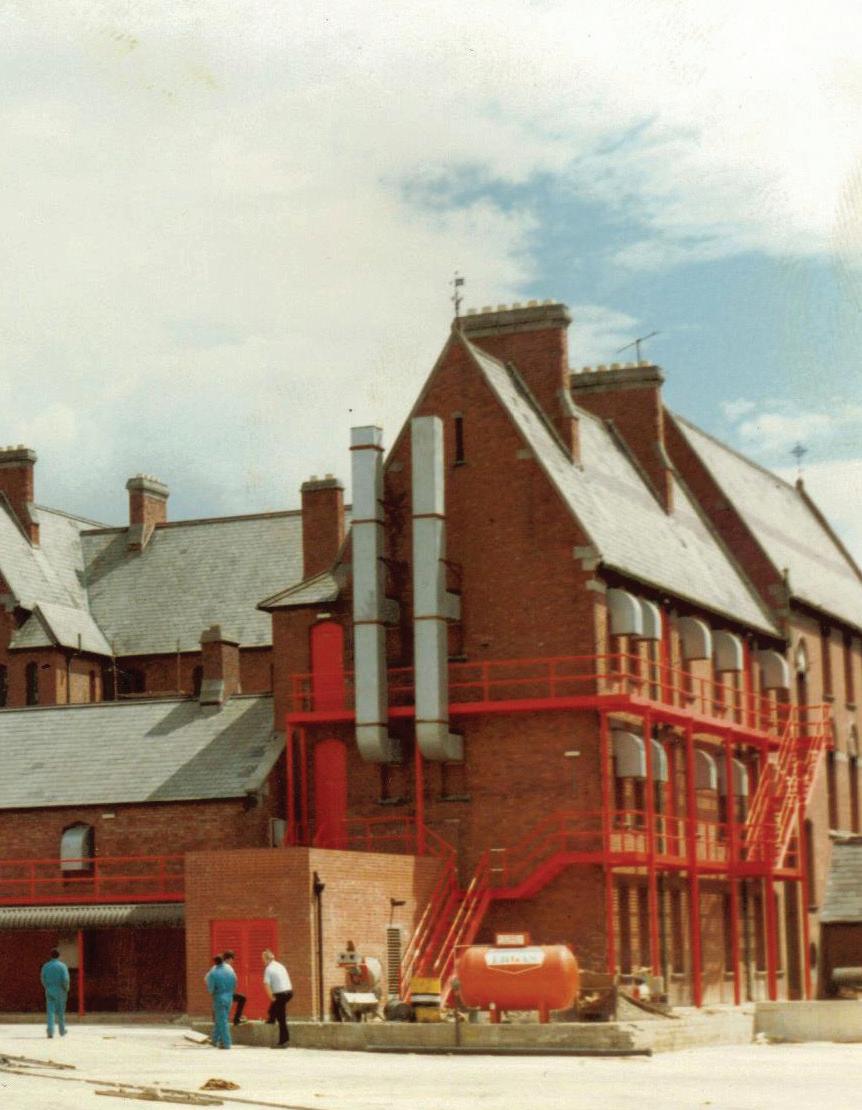



In gratefully taking on the chance to research and delve into the archives of Dublin Fire Brigade’s ambulance service to create an exhibition at the Training Centre in celebration of its 125th year in operation, I was part of a team who managed to bring together a large number of photos documenting its rich history. e dedicated section on the 125 years of the DFB ambulance service within this issue gives more insights and information regarding each era in its evolution, but here is just a sample of the many images that we found or that were shared with us. We are as always indebted to DFB historians Las Fallon and Tom Geraghty, whose work in chronicling and preserving Dublin Fire Brigade history, has been crucial to our archives and to the 125 Years of DFB Ambulance project.

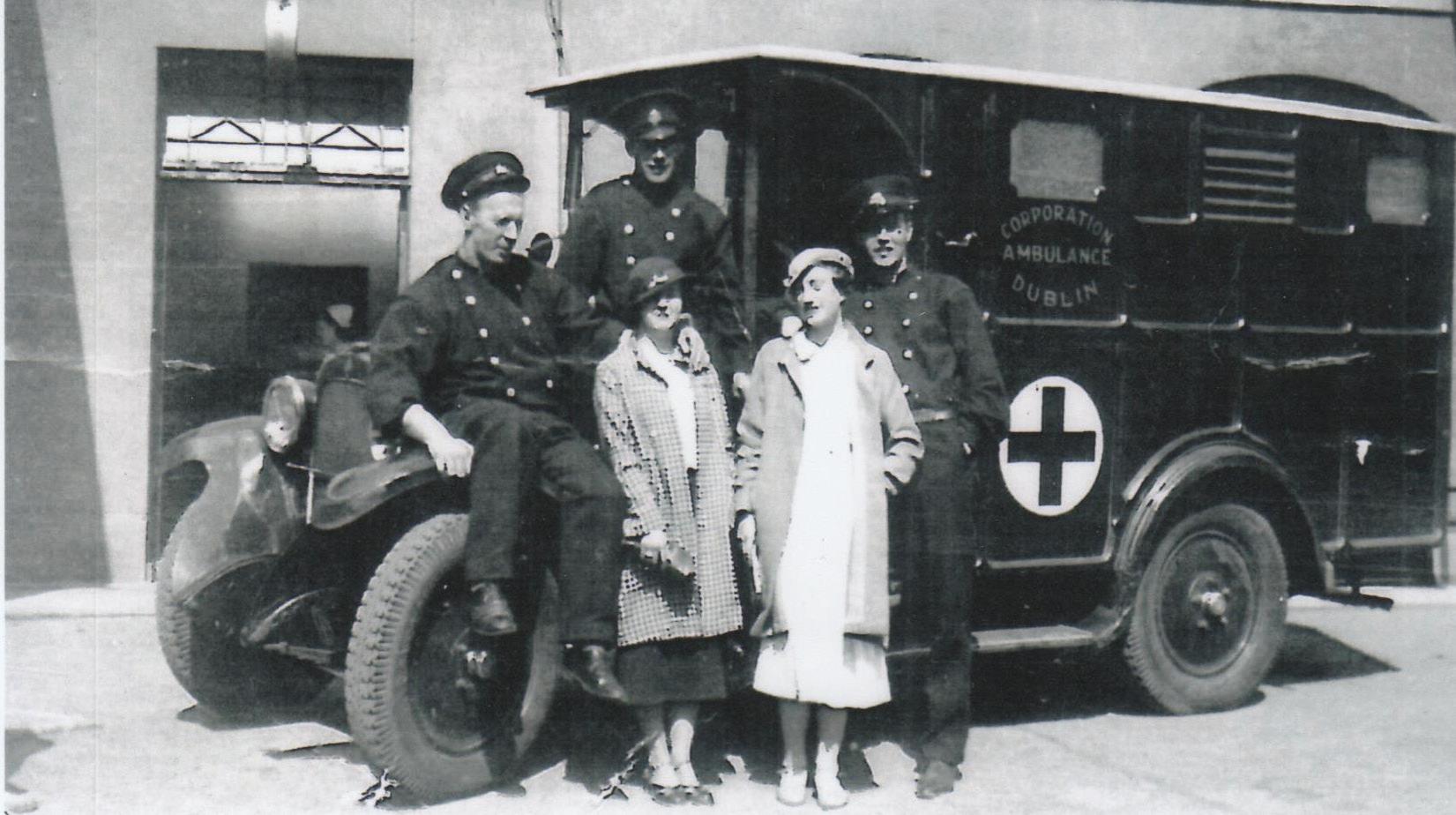
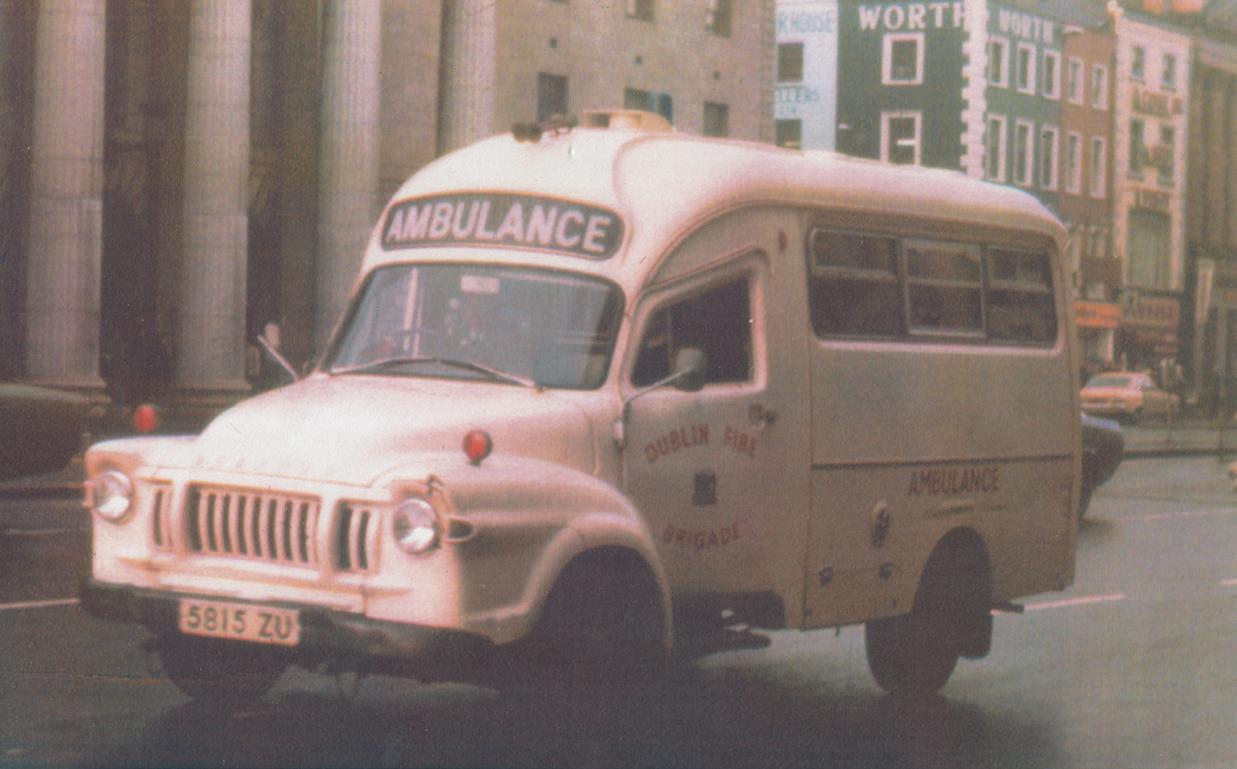

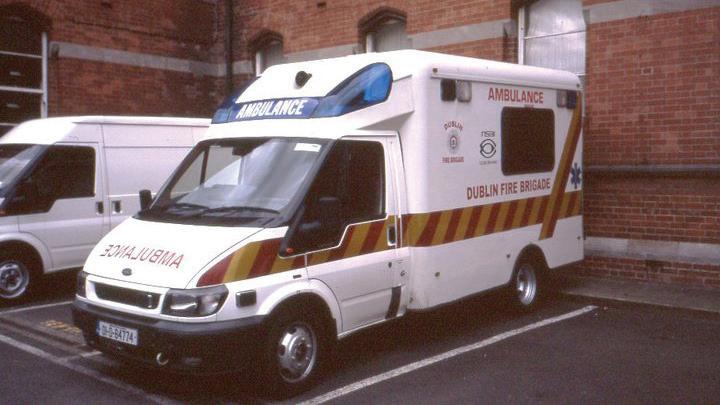









Apple TV+, 1 series
Steven Spielberg and Tom Hanks once more team up to bring us another WW2 drama, an accompaniment to their acclaimed Band of Brothers and The Pacific. This time, the action focuses on the pilots who undertook daring bombing raids on German cities while under heavy fire, specifically the 100th Bomb Group of the Eight Air Force, based in eastern England. The €250million budget can certainly be seen in the larger-than-life aerial sequences and special e ects, while the ensemble cast includes current golden boys Barry Keoghan and Austin Butler of Elvis biopic fame. It’s straightforward and a little old-fashioned, but the feats of the brave pilots who were called on to perform some of the most dangerous missions against Nazi Germany are portrayed brilliantly.



This Emmy and Golden Globe-winning series has deservedly been called one of the best TV shows in years, and is definitely worth watching. Contractor Danny Cho is involved in a minor road rage incident with Amy Lau, a small business owner, in a Los Angeles car park, and their subsequent feud that begins with petty oneupmanship escalates into dangerous but very funny scenarios that lead both into trouble. While they fight each other at every opportunity, we also see how their own personal lives are not ideal, adding sympathy for two people who are acting abominably. Korean TV and film is obsessed with revenge narratives, and though this is more light-hearted than most, director Lee Sung Jin has successfully brought it to a wider audience. Brilliant.
Netflix, 1 series
is Harlan Coben adaptation became the most-streamed series on Net ix in January, and it is an entertaining if sometimes confusing watch that plays out with twists and turns at the end of every episode that leave you wanting to move on to the next one. Michelle Keegan stars as a recentlywidowed woman who is also coming to terms with her sister’s murder while haunted by her own actions as a now-disgraced war veteran. When she inadvertently sees nanny cam footage of her supposedly dead husband, the life she thought she knew begins to unravel, and she faces a race against time to uncover the truth before her domineering in-laws have her put away. It doesn’t exactly tie up all loose ends, but it is good entertainment in the TV version of a page-turner.

Amazon Prime, 1 series, 1 to follow
Fans of the satirical anti-superhero comedy-drama e Boys (detailed in a previous issue) will love this spin-o series about a group of young adults with superpowers who are attending a School of Crime ghting with the aim of becoming one of ‘ e Seven’ elite superhero team. Juggling the usual young adult angst with having to come to terms with their growing powers, they nd that academic grades are the least of their worries as the school’s dark secrets are slowly revealed. On top of that, they become aware that their superpowers are the result of their parents injecting them with ‘Compound V’ in an attempt to monetise them. Despite the dark premise, it’s very surreal, grotesque, and funny, with some scenes you will never forget.

ITVX, 1 series
Sophie Turner brings us back to 1980s London in this drama about real-life notorious jewel thief Joan Hannington, who turned from housewife and mother to petty o ender, then rose to become a diamond thief and criminal mastermind known in the criminal underworld of the city as ‘ e Godmother’. e story, based on Hannington’s own memoirs, shows how she used her intelligence, charm and talent for impersonation and performance to make new alliances and rise to the top in her criminal enterprise, but at the heart of this tale, her determination to create a secure home for her daughter brings a fair amount of heartache as the stakes inevitably get higher. e acting is good, the ‘80s London atmosphere authentic, and the story is well worth watching.
Apple TV+, 3 series, 2 more to follow
A slow-burning spy thriller that will grow on you as it goes along, this very enjoyable drama sees Gary Oldman return to the genre as the brilliant but disgustingly slobby Jackson Lamb, whose role within M15 is to oversee a group of disgraced agents who are deemed good for nothing but the most menial clerical tasks. Each series is well thought out and elevates the tension as the ‘slow horses’ of the title find themselves in over their heads, and Oldman absolutely steals every scene he is in as the worldweary but indomitable head of the group, as e ective in his job as he is flatulent (fans have dubbed it Stinker, Tailor, Soldier, Spy) as a homage to his turn as George Smiley. A really good watch.
RTE Player/BBC iPlayer, 2 series, 2 more on the way
If you missed this enjoyable crime drama when it first aired on RTÉ, you can now watch it on BBC as it and its upcoming seasons have been picked up by the UK’s flagship station. Almost certainly influenced by the deadly and ruthless Hutch-Kinahan feud, it portrays a family of mid-level criminals, the Kinsellas (including Aiden Gillen, Emmet Scanlan, Maria Doyle Kennedy, and Charlie Cox) as they try to grow their empire while keeping out of the firing line of kingpin Eamon Cunningham (Ciaran Hinds). With more than a passing resemblance to Love/Hate, there’s little new or unconventional, but it’s always good to watch a promising drama set in Dublin.
Netflix, 1 series
O the back of the success of Narcos comes this true story of Colombia’s most powerful and notorious female druglord: Griselda Blanco. Depicting the early years of her rise to power as she fled from an abusive upbringing and marriage in Medellin to make it big in Miami, it is at times gritty and uncompromising, and at others glamorous, reflecting the lifestyle that so much power, wealth and danger can bring. Sofia Vergara portrays the woman dubbed ‘The Black Widow’ because of her penchant for killing her many husbands (and rivals) in a role that banishes her Modern Family character to memory. The writers have been very flexible with the truth and a lot of the drama is fictionalised, but it is worth the watch.

e number of pedestrians and cyclists involved in collisions with re engines and response vehicles in London has more than doubled in the last year.Ten cyclists and pedestrians were involved in collisions with London Fire Brigade (LFB) in 2023, compared to just four in 2022 and ve in 2021. Of the ten incidents, six involved pedestrians, three cyclists, and one person riding an electric scooter, with eight involving re engines, one an LFB car, and another a turntable ladder. Investigations found that LFB were considered at fault for two of the collisions, while three cases remain open and ve were deemed not the fault of the re service. On the back of the ndings, LFB has urged people to stay extra vigilant and be alert for blue lights and sirens, especially at junctions. “Any collision is one too many, and we continually look at how we can better keep the public safe,” said a spokesperson. “Our sta are intensively trained to respond safely to emergencies, and our drivers take care to avoid collisions when attending an incident, with all drivers undertaking comprehensive training.”

e Federal Fire Service has been given a stern directive from the Nigerian House of Representatives Public Accounts Committee to refund 1.48billion (almost €1million) to the State. e money was part of a COVID-19 intervention fund allocated to the service in 2020, which the re service appears unable to account for. Representatives of the Fire Service failed to appear before the Committee for the third time in February, raising fears about transparency and accountability within the organisation. While the nature of the alleged nancial discrepancies remains unclear, the Committee’s demand re ects a broader national anxiety surrounding COVID-19 relief funds, with issues of mismanagement, misappropriation and insu cient oversight plaguing various agencies. Deputy Chairman of the Committee Jeremiah Umar, moved a motion for the refund of the amount, noting: “So many other agencies have appeared before this Committee, and the investigation is ongoing. I don’t see any reason why the re service will ignore a Committee like this.”

Medecins Sans Frontieres (Doctors Without Borders) has temporarily shut an emergency clinic in Port-au-Prince a er armed men stopped an ambulance, forcibly removed a severely wounded patient, beat him and then shot him dead.
e organisation had already closed a hospital in 2023 as escalating violence from armed gangs has forced many aid groups to cut operations due to lack of safety for sta and patients, leaving healthcare in the capital in the hands of small, underfunded local organisations who face a worsening humanitarian catastrophe.
MSF said it continues to o er care to trauma and burn victims, sexual violence survivors, pregnant women and other patients at a handful of clinics and mobile clinics around the capital, but their Haiti Mission chief Benoit Vasseur said: “We need a minimum of safety to carry out our medical mission. MSF is one of the very few international organisations delivering medical care in the capital. We can’t accept that our ambulances are attacked, and our patients beaten and killed.”

Saab has signed a new contract with the Swedish Civil Contingencies Agency (MSB) to continue providing aerial re ghting aircra , crew and logistics to the country from this year to the end of 2025. e agreement covers four scooping re ghting aircra and a framework deal that extends the service to 2027, allowing MSB to exercise options for up to six additional aircra . e deal aims to extend and enhance local rescue services’ capacity to combat forest res, with the aircra stationed at Skavsta Airport. Saab has been operating the re ghting aircra since 2020, completing more than 60 missions with MSB and local rescue services.

A relaxation of recruitment rules has resulted in the number of job applicants for Hong Kong’s re service surging by 67%, with the rate of tness test passes rising by 30% a er new physical standards were put in place. With the Hong Kong Fire Service looking to l 727 vacancies for operational posts, the level of tness required to successfully apply was reduced, while eyesight requirements were also relaxed, allowing candidates who wear glasses into Station o cer roles for the rst time. “I must stress that this is an entry requirement only,” said Director of Fire Services Andy Yeung. “During our 26-week training we will strengthen our colleagues’ tness standards to an acceptable level.”


Budapest’s Ferenc Liszt International Airport has established its rst industrial re service, with almost 100 re ghters and one of the best-equipped re bases in Europe.
e service was previously provided by the re ghters of the country’s disaster management team, but a change in legislation at the end of 2023 meant re ghting and re prevention became the airport’s responsibility.
An intensive training programme saw sta fully trained in the theory and practice of Aircra Rescue and Fire ghting, with some 60 exercises expected to be performed every year as part of a continuous training schedule
As well as 95 sta , the re service base has six Rosenbauer Panther type re trucks, 96,000 litres of reextinguishing water and 9,900 litres of foaming agent at hand, as well as 1,350kg of extinguishing powder.
Brussels Fire Brigade plans to use in uencers in a new awareness campaign aimed at curbing assaults on emergency services. e campaign aims to reach young people who do not get their information from traditional media and raise awareness of the role played by re ghters in society. Plans to increase presence in youth centres, allowing young people to meet rst responders and learn about resuscitation, re prevention and operating re ghting equipment are also in place. Fire ghters came under attack on New Year’s Eve when reworks were aimed at them as they extinguished a re in the city centre, and required police protection as they went about their duties, but it is thought attacks on re service personnel are so frequent that most re ghters don’t bother reporting them anymore. “We risk our lives to help the public, and it’s absurd that we have to monitor our environment for our own safety,” said spokesperson Walter Derieuw. “Blue sirens seem to aggravate some individuals, but this isn’t an exclusively Belgian phenomenon. e Interior Ministry has promised sti er penalties for violence against rst responders, while the introduction of body-worn cameras for emergency services personnel is also under consideration.
 AUTHOR: COLIN BARRETT
AUTHOR: COLIN BARRETT
PUBLISHER: JONATHAN CAPE
AVAILABLE: EASONS, HODGES & FIGGIS, DUBRAY
PRICE: €16.99
How do you make an examination of the sti ing claustrophobia and no-way-out hopelessness of life in a regional Irish town into a story people will want to read? You turn it into genre ction, and the crime caper is one of the most common, and most read of these. at is what acclaimed short story writer Colin Barrett has done with his debut novel, a small-town Irish gangster tale with a ticking clock plot that winds inevitably towards a dramatic ending.
While most crime caper novels feature surprisingly articulate and wise-cracking heroes and villains and an intricate plot, the author here presents us with simply lonely people living out their lives in a place they know they will never get to leave, caught up in a situation that roots them even further to the same spot. ey are trapped, immobile, embedded in and over-familiar with their place, knotted together in a situation that will ultimately leave them exposed to the unforgiving land they are rooted to.
Set in a dreary version of Ballina, we see reformed low-level drug dealer Cillian facing a debt to his supplier that he can’t meet, resulting in two goons abducting his younger brother Doll and holding him hostage in the basement of an isolated farmhouse owned by the crushingly lonely Dev. Cillian has the weekend to get the money, or else face drastic consequences.
As plots go, it is straightforward, with the brutal criminality undercut by bungling incompetence, ash forwards and rollbacks weaving us in and out of the action, but the impression throughout reading this is that the plot is secondary to the brilliantly observed sentiments and existential pain of the characters.
e author brilliantly captures this repetitiveness of growing up in a small town where everybody knows your name and history, with the daily grind seeing the same people, having the same conversations, giving a sense of lives lived in a loop, and of needing to do something drastic in order to escape from that dreariness.
It is notable that rather than telling the story through the eyes of the main criminal parties or a keen-witted sleuth, we see it through the lens of the lonely Dev and Nicky, the teenage girlfriend of the abducted Doll, but what really makes this fantastic novel stand out are the excellent writing and witty, inventive dialogue that make you want to read back over each sentence.
Examples include a prematurely-aged face described “like a vandalised church”, and eyes that are seen “glinting deep in their sockets like smashed out windows”, but the entire novel is full of such mastery of the sentence you would expect from an author so adept at the short story that you will enjoy reading it, and probably more than once.
A HUNDRED TO ONE: A NO HOLDS BARRED JOURNEY THROUGH GAMBLING ADDICTION
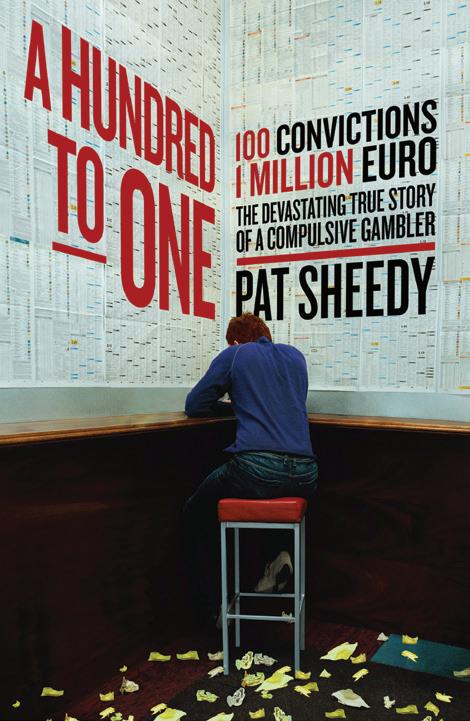
There are countless true-life redemption stories on the shelves, but this one makes for very interesting reading as it details the life of Pat Sheedy, a gambling addict and con artist who was convicted and went to prison, but then while incarcerated, completed a degree in creative writing and won the prestigious Listowel Writers’ Week top prize two years in a row. Aged 12, Sheedy placed his first bet for 10p and devised his first scam, marking the beginning of his life as a compulsive gambler. Nearly 40 years on, after accumulating almost 100 criminal convictions, gambling away more than €1million, and serving time, he has taken control of his addiction. Sheedy’s is a tale of compulsive gambling and one man’s decades-long battle with addiction and the terrible lengths he went to feed it. Shocking, gripping and honest, he details his pursuit of the ‘big win’ at the cost of everyone and everything around him, but it is also a hopeful reminder that recovery is possible.
AUTHOR: STUART BAILIE
PUBLISHER: AKCENT MEDIA
AVAILABLE: AKCENT MEDIA, ROUGHTRADE, AMAZON
PRICE: €20
AUTHOR: PAT SHEEDY
PUBLISHER: GILL BOOKS
AVAILABLE: EASONS, HODGES & FIGGIS, DUBRAY
PRICE: €18.99
If you’ve seen Good Vibrations, the 2012 film biopic of legendary Belfast record shop owner Terri Hooley, this is the perfect companion piece to his life and times. Even if you haven’t seen it, this is still a great book for all music lovers, and it lovingly details the wildly unpredictable life less ordinary of a man who once brought the rival Nationalist and Unionist leaders of his area together over the promise of taking home their favourite album of choice from his own collection. Author Stuart Bailie has already brought us 75 Van Songs: Into the Van Morrison Songbook, and Trouble Songs: Music and Conflict in Northern Ireland, and in this volume, alongside the story of Hooley’s life comes the addition of copious photographs and flyers to bring the era alive. The book title is not only a salute to Hooley on the landmark occasion of his 75th birthday, but also a tip of the hat to his revolutionary convictions and outright refusal to get bogged down in the dreary and dangerous politics of Northern Ireland.
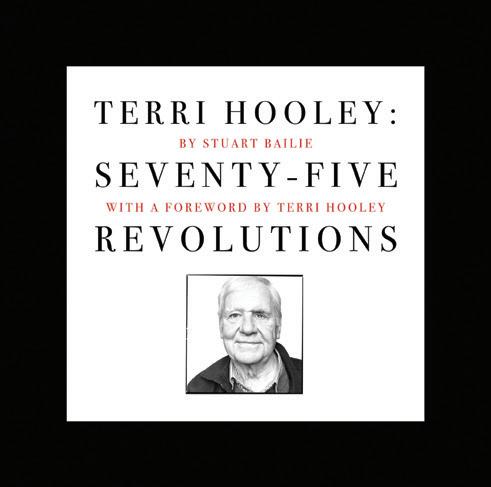
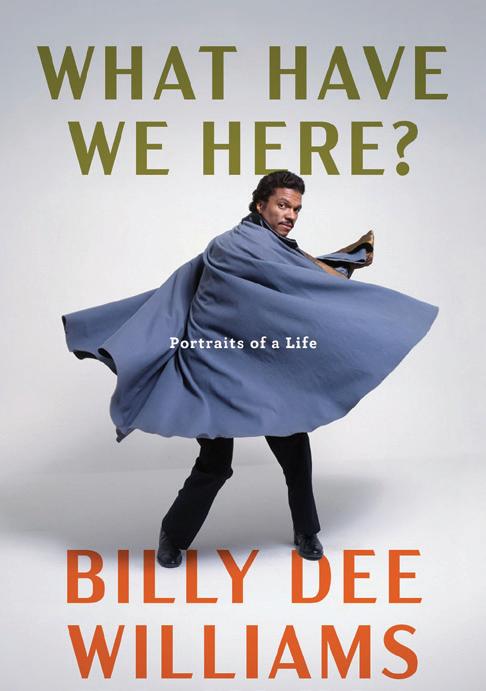
Everybody knows him as the dashing and charming Lando Calrissian in The Empire Strikes Back, Return of the Jedi and The Rise of Skywalker, but Billy Dee Williams has had an outstanding career including more than 40 films and TV movies, and seven Broadway plays, and in this very entertaining autobiography, he shares his experiences. Born in Harlem in 1937, he grew up around many leading lights in entertainment, and over the course of his career acted alongside the likes of Laurence Olivier, Sidney Poitier, Marlon Brando, Henry Fonda, Richard Pryor, Sylvester Stallone, James Caan, and of course his Star Wars colleagues. He also rubbed shoulders with the likes of music industry leading lights including Duke Ellington, Diana Ross, and Berry Gordy, and a world of less famous but noless-colourful characters, so he has countless stories to tell about becoming a famous actor in a white-dominated industry, and what those stars were really like. A must read for any fan of film, and especially Star Wars.
AUTHOR: BILLY DEE WILLIAMS
PUBLISHER: RANDOM HOUSE
AVAILABLE:
EASONS, HODGES & FIGGIS, DUBRAY
PRICE: €30

Fire and Rescue NSW in Australia is rolling out a driving simulator to help emergency crews build their confidence behind the steering wheel in high-risk environments. The mobile technology has been put into use at the FRNSW Emergency Services Academy in Sydney before being introduced to the rest of the fire service. The software, which has been designed to mirror Australian incident types, road designs and street signage, features city and regional roads impacted by hazards such as smoke, water, debris, traffic congestion and people unexpectedly entering the vehicle’s path, and can be set to day or night. The simulator matches the designs of FRNSW’s truck models, along with authentic engine and siren sounds, making the virtual experience as realistic as possible, but can also be expanded to include other vehicle types such as four-wheel drives and semi-trailers. Acting FRNSW Commissioner Jeremy Fewtrell said the technology is another “out of the box” measure to ensure firefighters can do their job safely and effectively. “This simulator complements existing driver training opportunities and offers a realistic, cost-effective and safe way for us to prepare our firefighters for their important work,” he said. “Many of the situations featured in the simulations are rarely encountered on the job or difficult to re-create in a training environment, but it’s nonetheless important our people are prepared for them when they occur.”
e 1990 Suvasarya ambulance service in Sri Lanka has become the rst in Asia to adopt mixed reality and AI technology for real-time doctor-paramedic communication in a pilot project taking place in the cities of Colombo and Ja na. e innovative partnership with Wavenet and Microso marks a major advancement in emergency medical care for the region. e new system directly connects doctors and paramedics through AI, enabling real-time consultation and faster decision-making, ultimately leading to quicker and more accurate medical interventions. Following the pilot project, it is hoped the technology will be expanded to other cities and across the whole of Sri Lanka later this year. Announcing the project, Minister Ramesh Pathirana said the initiative “re ects Suvasarya’s unwavering commitment to providing high-quality emergency care to all Sri Lankans”.
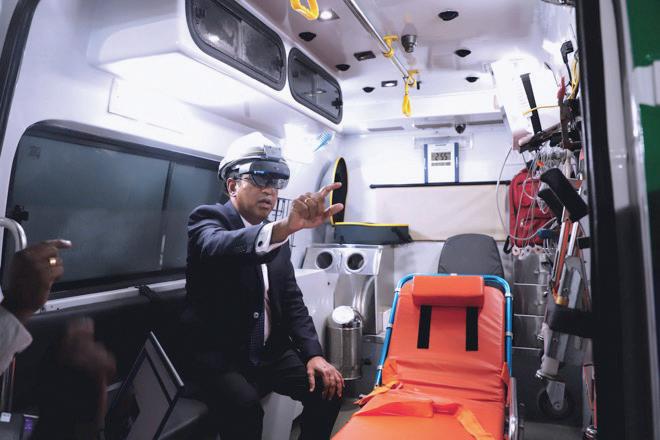

Japanese scientists have unveiled a prototype aerial firefighting robot dubbed the “Dragon Firefighter”. In development for several years, a paper was finally published in Frontiers in Robotics and AI recently, detailing a successful demonstration of the prototype, with a copy of the blueprints included for other researchers to build their own version. Similar in concept to the Chinese “water dragon” codenamed Kunlong that was detailed in this magazine last year, the Dragon Firefighter is a four-metre-long, remotely controllable flying firehose robot, engineered to safely and e iciently extinguish fires in areas it would be unsafe for human firefighters to go. The machine keeps itself in the air through the power of the water emitted at a rate of 6.6 litres per second, and has eight di erent nozzles, but researchers say they are continuing to iron out snags and that it may take another ten years before fire services can expect to use them on a daily basis.
Rescue tool manufacturer Holmatro has launched an updated and upgraded version of its Pentheon Series of rescue tools. e new model introduces a dual-mode operation featuring a reduced speed training or demo mode alongside its high-speed mode, making it ideal for both training scenarios and real-life rescue scenarios. Electronic motor control and pressure monitoring has also been enhanced to ensure the tools maintain consistent performance over time, while LED indicators provide immediate feedback on battery health and tool and battery temperature. e redesigned drive system operates at a lower sound level, enabling clearer communication during rescue operations while also reducing the stress levels of patients at the scene of an extrication. e next-gen model also comes with easy maintenance and monitoring features that assess the tool’s drive system, speed, and pressure, while the accompanying Bluetooth-connected app facilitates an automated and comprehensive self-check.
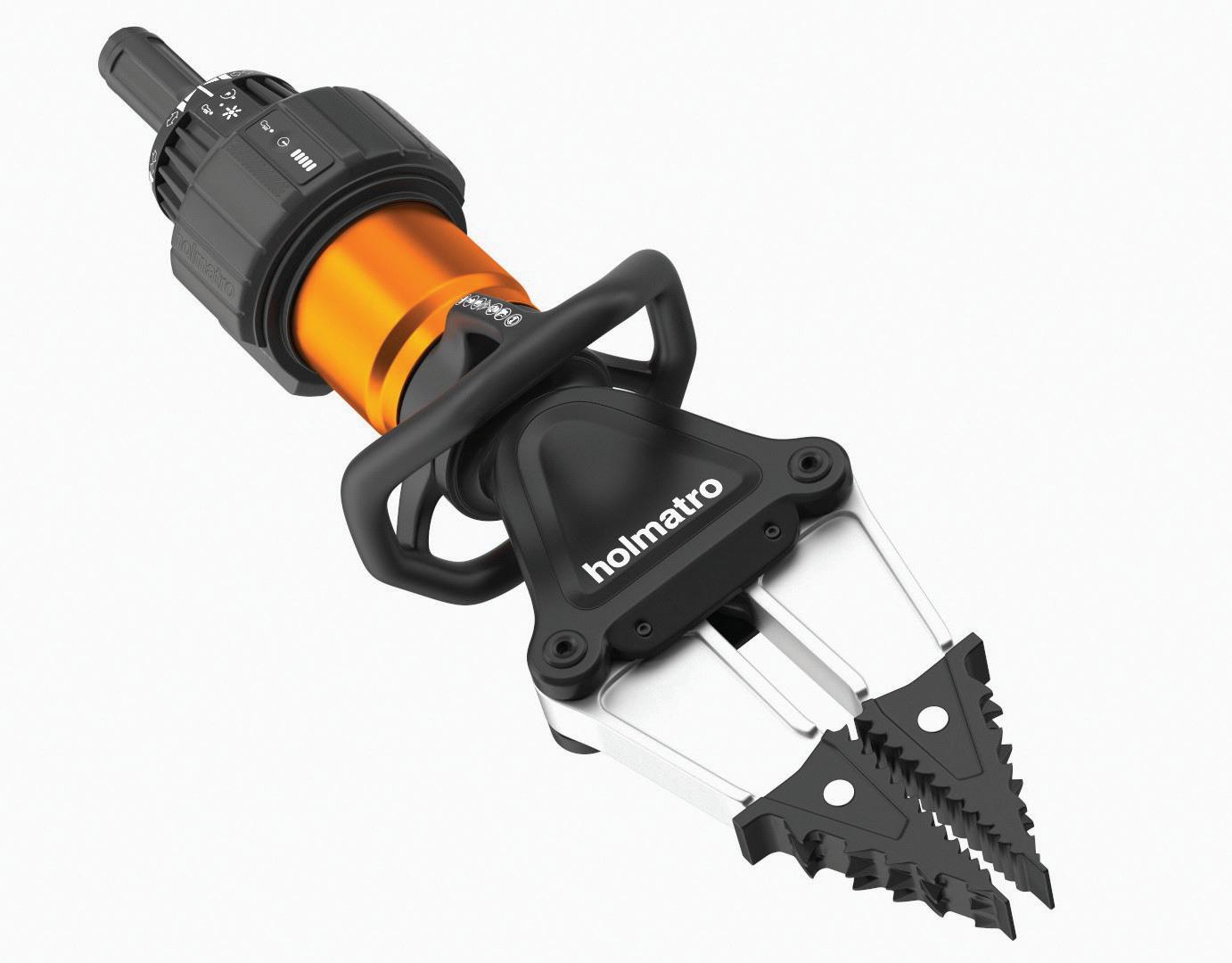

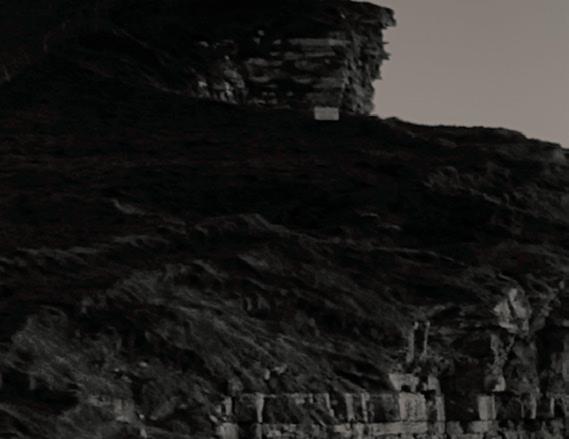



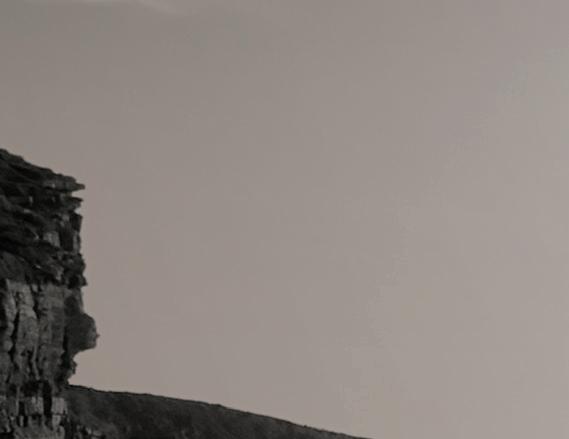












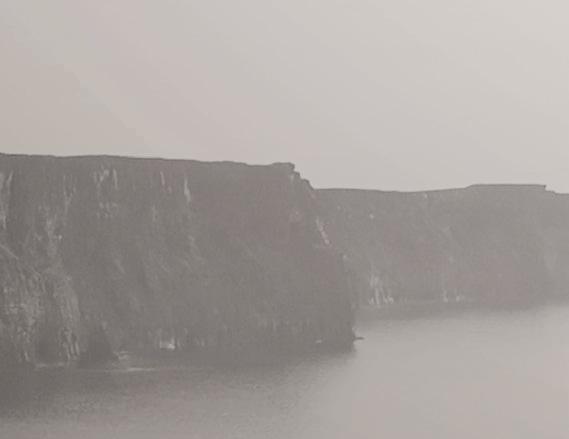


At IPB Insurance, we are proud to be Ireland’s only indigenous mutual insurer, protecting our Local Authority and ETB Members.
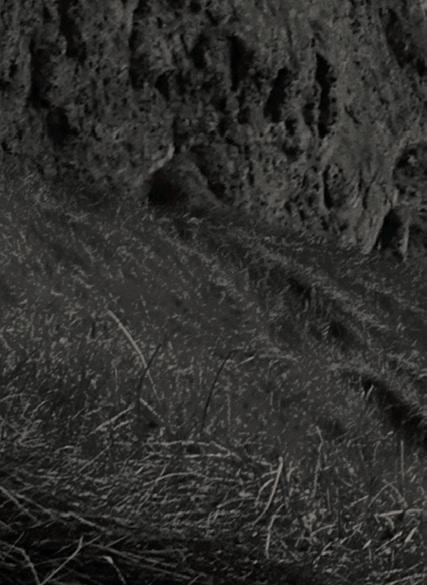







From the Cliffs of Moher to the Spire in Dublin, we have been protecting our Members and their communities nationwide for over 95 years.






working to make a difference | www.ipb.ie


